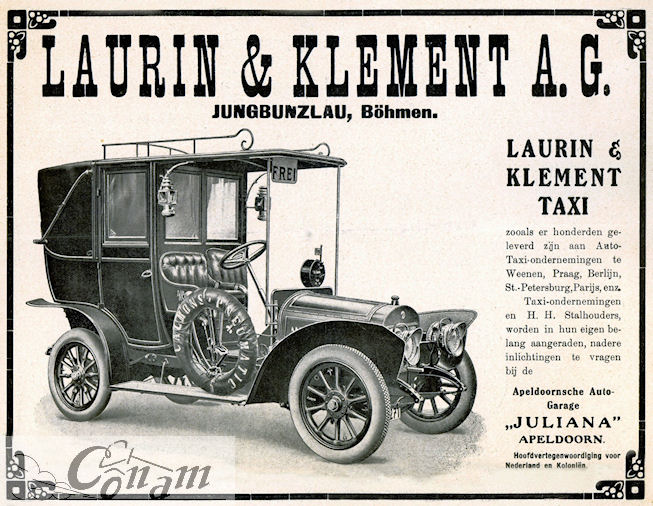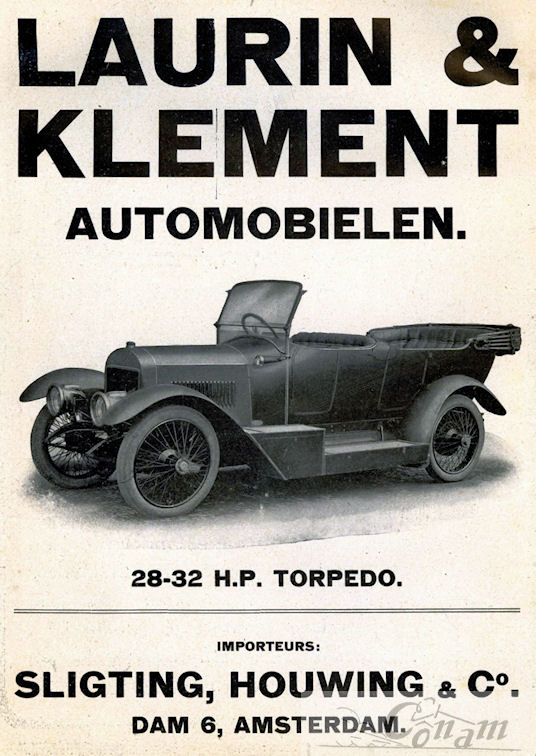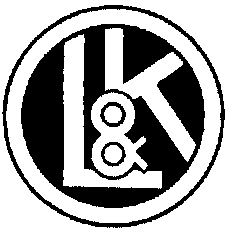(Laurin & Klement and) Škoda Auto

Simply Clever
|
|
| Private company | |
| Industry | Automotive |
| Predecessor | Laurin & Klement |
| Founded | 18 December 1895 (as Laurin & Klement) |
| Founder | Václav Laurin and Václav Klement |
| Headquarters | Mladá Boleslav, Czech Republic |
|
Number of locations
|
Manufacturing facilities in Czech Republic, India, China, Russia and Slovakia. Contract partners in Kazakhstan and Ukraine. (2013) |
|
Area served
|
Worldwide (except North America) |
|
Key people
|
Bernhard Maier (Chairman of the Board of Directors) Christian Klingler (Chairman of the Supervisory Board) |
| Products | Automobiles |
|
Production output
|
|
| Revenue | (USD 12.37 billion) |
(USD 892 million) |
|
| Profit | (USD 761 million) |
|
Number of employees
|
over 25,889 (2015) |
| Parent | Volkswagen Group |
| Divisions | Škoda Motorsport |
| Subsidiaries | Škoda Auto Deutschland GmbH Skoda Auto India Private Ltd. Škoda Auto Slovensko s.r.o. |
| Website | skoda-auto.com |
Škoda Auto (Czech pronunciation: [ˈʃkoda] (![]() listen)), more commonly known as Škoda, is a Czech automobile manufacturer founded in 1895 as Laurin & Klement. It is headquartered in Mladá Boleslav, Czech Republic.
listen)), more commonly known as Škoda, is a Czech automobile manufacturer founded in 1895 as Laurin & Klement. It is headquartered in Mladá Boleslav, Czech Republic.
In 1925 Laurin & Klement was acquired by Škoda Works which itself became state owned during the communist regime. After 1991 it was gradually privatized and in 2000 Škoda became a wholly owned subsidiary of the Volkswagen Group.
Initially, the company was meant to serve the role of the VW Group’s entry brand. Over time, however, the Škoda brand has shifted progressively more upmarket, with most models overlapping with their Volkswagen counterparts on price and features, while eclipsing them on space. Its total global sales reached 1.06 million cars in 2015 and had risen annually by 1.8 percent, profit had risen by 6,5%. In 2015, a corporate strategy was launched to produce an all-electric car by 2020 or 2021 with a range of over 300 miles (480 km), 15-minute charging time, and a cost below comparative combustion-engine vehicles.
History
The Škoda Works were established as an arms manufacturing plant in 1859. Škoda Auto (and its predecessors) is one of the five oldest companies producing cars and has an unbroken history alongside Daimler, Opel, Peugeot and Tatra.
Laurin & Klement
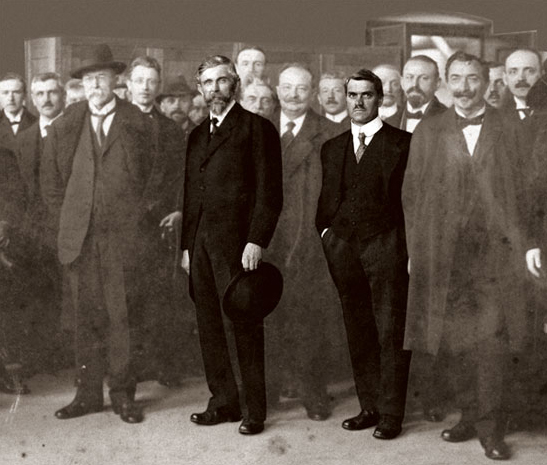 Founders Václav Klement (left) and Václav Laurin (1895)
Founders Václav Klement (left) and Václav Laurin (1895)
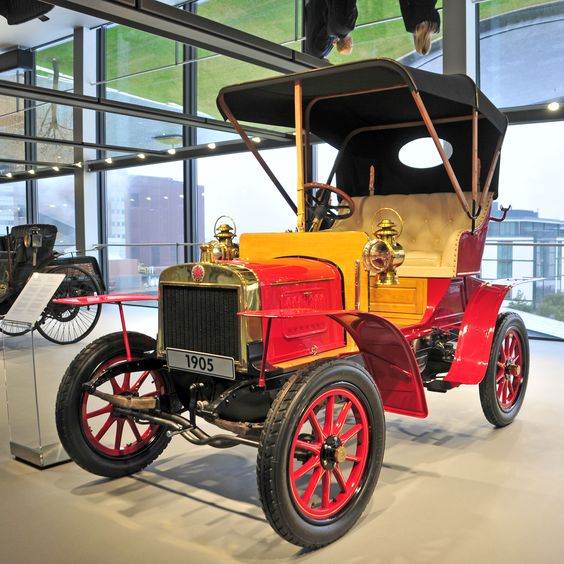 Laurin & Klement Type A (1905)
Laurin & Klement Type A (1905)
The origins of what became Škoda Auto go back to the early 1890s when, like many long-established car manufacturers, a company started manufacturing bicycles. Škoda (then Laurin & Klement) factories were founded in 1896 as a velocipede manufacturer.
In 1894, 26-year-old Václav Klement, who was a bookseller in Mladá Boleslav, Kingdom of Bohemia (today’s Czech Republic, then part of Austria-Hungary), was unable to obtain spare parts to repair his German bicycle. Klement returned his bicycle to the manufacturers, Seidel and Naumann, with a letter, in Czech, asking them to carry out repairs, only to receive a reply, in German, stating: “If you would like an answer to your inquiry, you should try writing in a language we can understand”. Not satisfied with the reply and realising the business potential, Klement, despite having no technical experience, decided to start a bicycle repair shop, which he and Václav Laurin opened in 1896 in Mladá Boleslav. Before going into partnership with Klement, Laurin was an established bicycle manufacturer in the nearby town of Turnov.
In 1898, after moving to their newly built factory, the pair bought a Werner “Motocyclette”. Laurin & Klement‘s first motorcyclette, powered by an engine mounted on the handlebars driving the front wheels, proved dangerous and unreliable—an early accident on it cost Laurin a front tooth. To design a safer machine with its structure around the engine, the pair wrote to German ignition specialist Robert Bosch for advice on a different electromagnetic system.
Their new Slavia motorcycle made its debut in 1899 and the company became the first motorcycle factory in the Central Europe. In 1900, with a company workforce of 32, Slavia exports began and 150 machines were shipped to London for the Hewtson firm. Shortly afterwards, the press credited them as makers of the first motorcycle.
By 1905 the firm was manufacturing automobiles, making it the second-oldest car manufacturer in the Czech lands after Tatra. The company, with an area of 7800 m2, had a workforce of 320 and used 170 special machine-tools, power-driven by 100 hp of steam power. The first model, Voiturette A, was a success and the company was established both within Austria-Hungary and internationally.
Škoda
After World War I the Laurin & Klement company began producing trucks, but in 1924, after running into problems and being affected by a fire on their premises, the company sought a new partner.
Meanwhile, “Akciová společnost, dříve Škodovy závody” (Limited Company, formerly the Škoda Works), an arms manufacturer and multi-sector concern which had become one of the largest industrial enterprises in Europe and the largest in Czechoslovakia, sought to enlarge its non-arms manufacturing base and acquired Laurin & Klement in 1925. It also started manufacturing cars in cooperation with Hispano-Suiza. Most of the later production took place under Škoda’s name.
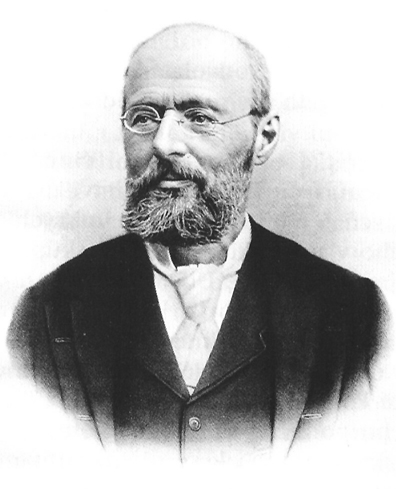 Engineer and industrialist Emil Škoda
Engineer and industrialist Emil ŠkodaAn assembly line was used for production from 1930 onwards. In the same year a formal spin-off of the car manufacture into a new company, Akciová společnost pro automobilový průmysl or abbreviated ASAP, took place. ASAP remained a wholly owned subsidiary of the Škoda Works and continued to sell cars under the Škoda marque. Apart from the factory in Mladá Boleslav it included also the firm’s representation, sales offices and services, as well as a central workshop in Prague. At the time, the car factory in Mladá Boleslav covered an area of 215,000 m2 and employed 3,750 blue-collar and 500 white-collar workers.
After a decline caused by the economic depression, Škoda introduced a new line of cars in the 1930s which significantly differed from its previous products. A new design of chassis with backbone tube and all-around independent suspension was developed under the leadership of chief engineer Vladimír Matouš and modelled on the one first introduced by Hans Ledwinka in Tatra. First used on model Škoda 420 Standard in 1933, it aimed at solving insufficient torsional stiffness of the ladder frame.
The new design of chassis became the basis for models
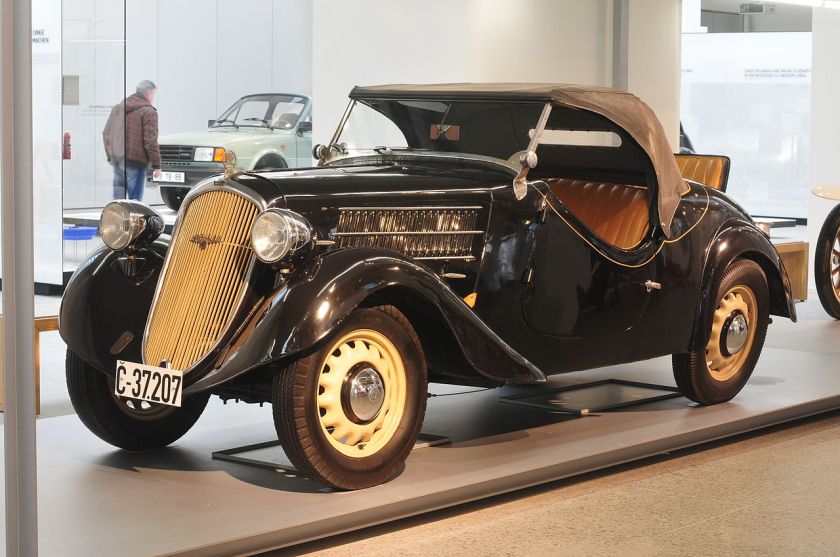 1934-44 Škoda 420 Popular Popular (845-1,089 cc),
1934-44 Škoda 420 Popular Popular (845-1,089 cc),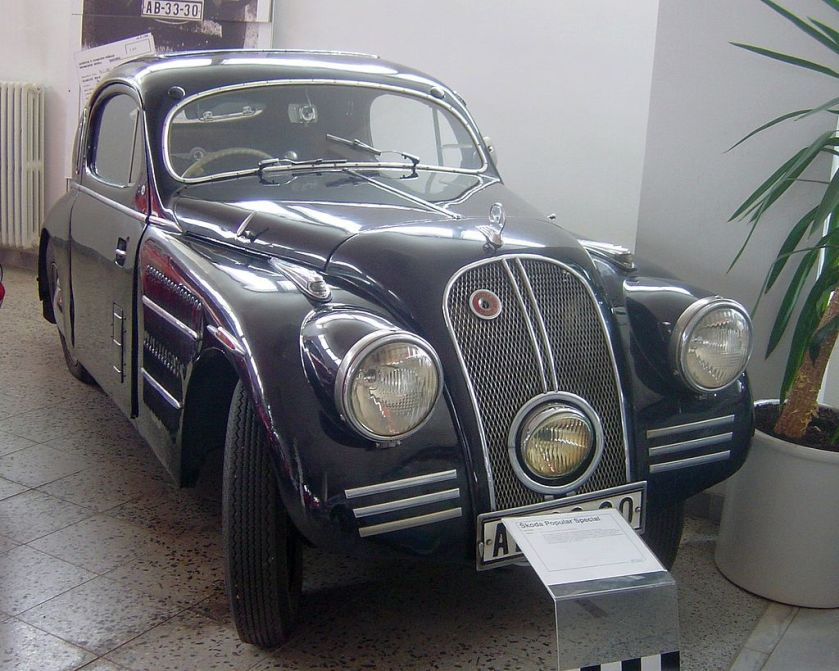 1934 Škoda Popular Kupé Rapid (1165–1766 cc),
1934 Škoda Popular Kupé Rapid (1165–1766 cc),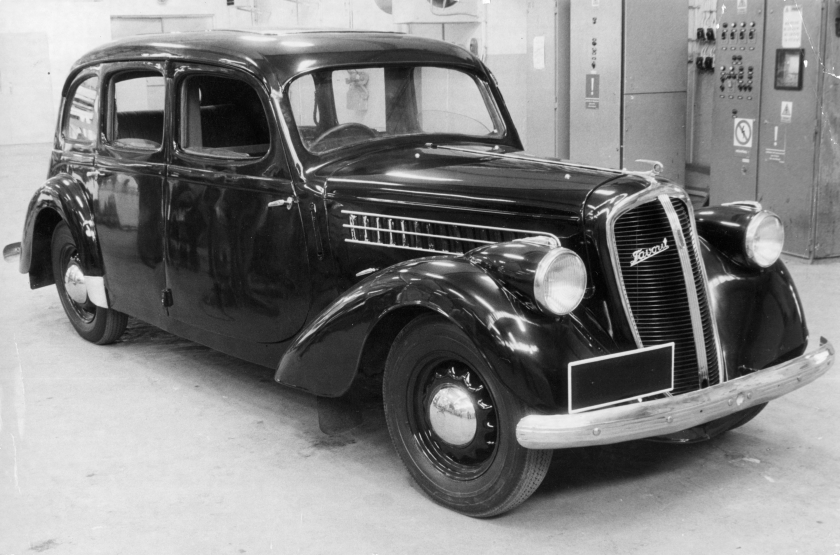 1936-41 Škoda Favorit (typ 904) limousine Favorit (1802–2091 cc) and the
1936-41 Škoda Favorit (typ 904) limousine Favorit (1802–2091 cc) and the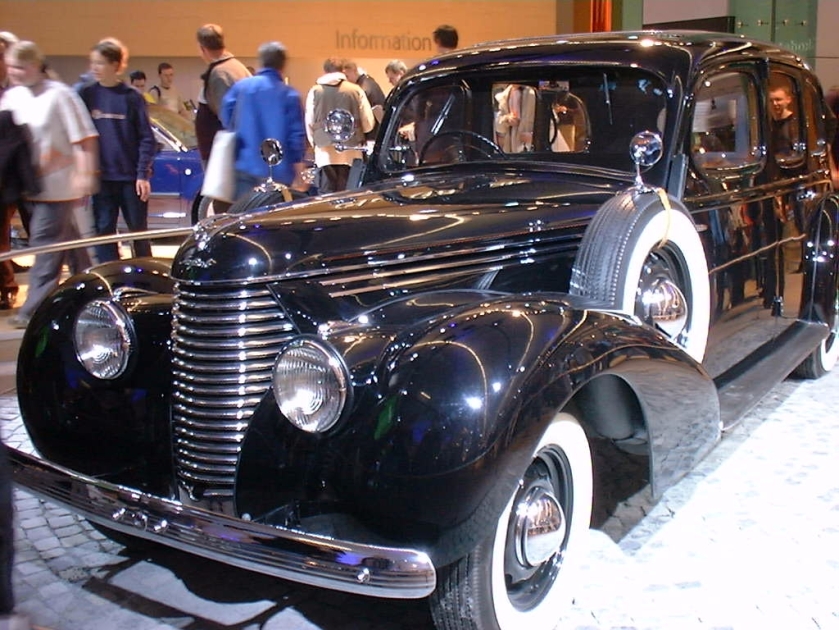 1939 Škoda Superb OHV Superb(2.5–4 l). While in 1933 Škoda had a 14% share of the Czechoslovak car market and occupied third place behind Praga and Tatra, the new line made it a market leader by 1936, with a 39% share in 1938.
1939 Škoda Superb OHV Superb(2.5–4 l). While in 1933 Škoda had a 14% share of the Czechoslovak car market and occupied third place behind Praga and Tatra, the new line made it a market leader by 1936, with a 39% share in 1938.
World War II
During the occupation of Czechoslovakia in World War II the Škoda Works were turned into part of the Reichswerke Hermann Göring serving the German war effort by producing components for military terrain vehicles, military planes, other weapon components and cartridge cases. Vehicle output decreased from 7,052 in 1939 to 683 in 1944, of which only 35 were passenger cars. A total of 316 trucks were produced between January and May 1945. The UK and US air forces bombed the Škoda works repeatedly between 1940 and 1945. The final massive air raid took place on 25 April 1945 and resulted in almost the complete destruction of the Škoda armament works and approximately 1,000 dead and injured.
Post World War II
When, by July 1945, the Mladá Boleslav factory had been reconstructed, production of Škoda’s first post-World War II car, the 1101 series began. It was essentially an updated version of the pre-World War II Škoda Popular. In the autumn of 1948, Škoda (along with all other large manufacturers) became part of the communist planned economy, which meant it was separated from the parent company, Škoda Works. In spite of unfavourable political conditions and losing contact with technical development in non-communist countries, Škoda retained a good reputation until the 1960s, producing models such as the Škoda 440 Spartak, 445 Octavia, Felicia and Škoda 1000 MB.
In late 1959, the Škoda Felicia, a compact four-cylinder convertible coupe, was imported into the United States for model year 1960. Its retail price was around US$2,700, for which one could purchase a nicely-equipped V8 domestic car that was larger, more comfortable, and had more luxury and convenience features (gasoline retailed for less than 30 cents per gallon, so fuel economy was not of primary importance in America at that time). Those Felicias that made it to American ownership soon experienced a number of reliability problems, further damaging the car’s reputation. The Felicia was therefore a poor seller in the States and leftover cars ended up being hied off at a fraction of the original retail list. Since that time, Škoda automobiles have not been imported into the U.S. for retail sale.
In the late 1980s, Škoda (then named Automobilové závody, národní podnik or abbreviated AZNP) was still manufacturing cars that conceptually dated back to the 1960s. Rear-engined models such as the Škoda 105/120, Estelle and Rapid sold steadily and performed well against more modern makes in races such as the RAC Rally in the 1970s and 1980s. They won their class in the RAC rally for 17 years running. They were powered by a 130 brake horsepower (97 kW), 1,289 cubic centimetres (78.7 cu in) engine. In spite of its dated image and becoming the subject of negative jokes, Škodas remained a common sight on the roads of UK and Western Europe throughout the 1970s and 1980s.
Sport versions of the Estelle and earlier models were produced, using the name “Rapid”. Soft-top versions were also available. The Rapid was once described as the “poor man’s Porsche”, and had significant sales success in the UK during the 1980s.
- “Of course, that the Škoda became such a figure of fun was in part due to its ubiquity on Britain’s roads. The company must have been doing something right.”(from a BBC report on Škoda sales in 1980s)
In 1987 the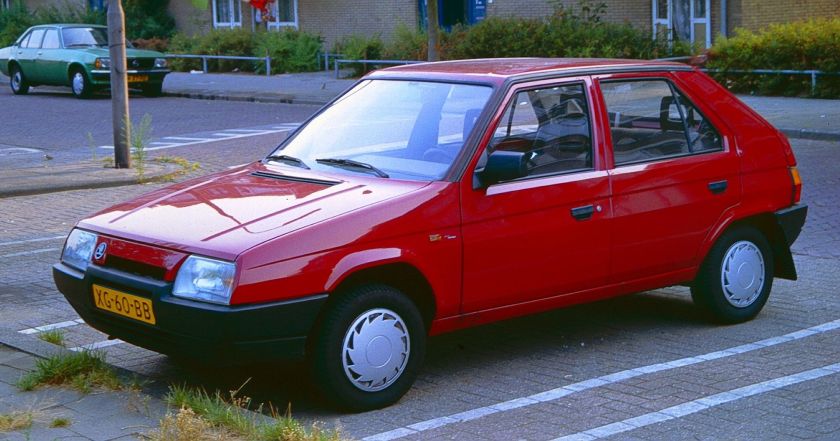 1989 Skoda Favorit Bertone Favorit was introduced, and was one of a triumvirate of compact Western-influenced front-wheel drive hatchbacks from the three main Eastern Bloc manufacturers around that time, the others being VAZ‘s
1989 Skoda Favorit Bertone Favorit was introduced, and was one of a triumvirate of compact Western-influenced front-wheel drive hatchbacks from the three main Eastern Bloc manufacturers around that time, the others being VAZ‘s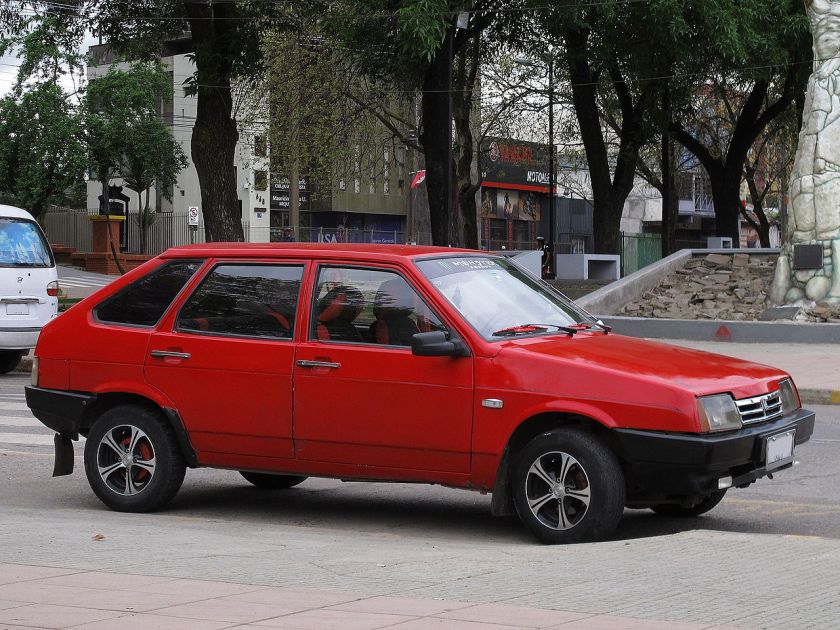 1993 Lada Samara 1500 Lada Samara and Zastava‘s
1993 Lada Samara 1500 Lada Samara and Zastava‘s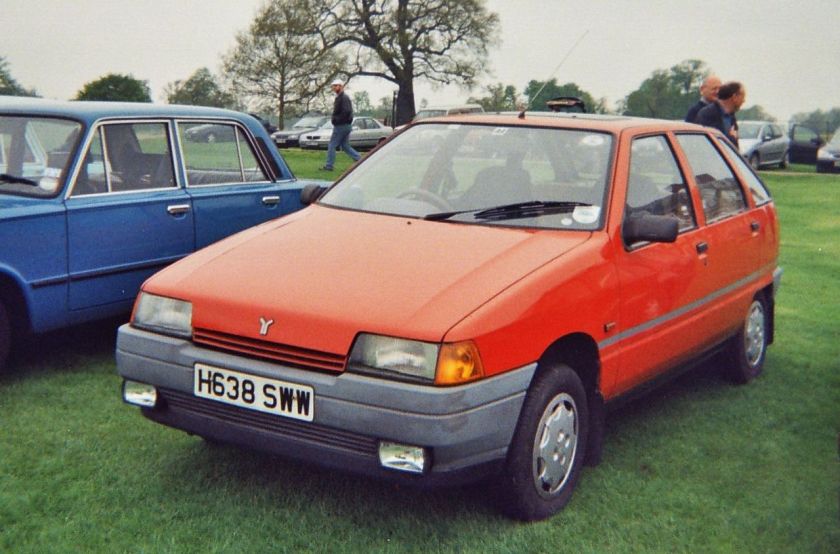 Yugo Sana. The Favorit’s appearance was the work of the Italian design company Bertone. With some motor technology licensed from western Europe, but still using the Škoda-designed 1289 cc engine, Škoda engineers designed a car comparable to western production. The technological gap was still there, but began closing rapidly. The Favorit was very popular in Czechoslovakia and other Eastern Bloc countries. It also sold well in Western Europe, especially in the UK and Denmark due to its low price and was regarded as solid and reliable. However, it was perceived as having poor value compared with contemporary Western European designs. The Favorit’s trim levels were improved and it continued to be sold until the introduction of the Felicia in 1994.
Yugo Sana. The Favorit’s appearance was the work of the Italian design company Bertone. With some motor technology licensed from western Europe, but still using the Škoda-designed 1289 cc engine, Škoda engineers designed a car comparable to western production. The technological gap was still there, but began closing rapidly. The Favorit was very popular in Czechoslovakia and other Eastern Bloc countries. It also sold well in Western Europe, especially in the UK and Denmark due to its low price and was regarded as solid and reliable. However, it was perceived as having poor value compared with contemporary Western European designs. The Favorit’s trim levels were improved and it continued to be sold until the introduction of the Felicia in 1994.
Volkswagen Group subsidiary
The fall of communism with the Velvet Revolution brought great changes to Czechoslovakia and most industries were subject to privatization. In the case of Škoda Automobile, the state authorities brought in a strong foreign partner. Volkswagen was chosen by the Czech government on 9 December 1990, and, as a result, on 28 March 1991 a joint-venture partnership agreement with Volkswagen took place, marked by the transfer of a 30% share to the Volkswagen Group on 16 April 1991. By this stage, Škoda was still making its outdated range of rear engine saloons, although it had started production of the Favorit front-wheel drive hatchback in 1988 as an eventual replacement.
In the following years, Škoda became the fourth brand of the German group, as the Volkswagen Group raised its equity share first on 19 December 1994, to 60.3%, followed on 11 December 1995, to 70%.
In the competition for Škoda, Volkswagen was pitted against French car-maker Renault, which lost out because its strategic plan did not include producing high-value models in the Czech factories; Renault proposed to manufacture the Renault Twingo city car in the Škoda factories.
At the time the decision was made, privatization to a major German company was somewhat controversial, since there was still anti-German sentiment lingering in the Czech Republic from WW2 and its aftermath. However, it could be argued that the subsequent fortunes of other Eastern-Bloc automobile manufacturers such as Lada, AutoVAZ, and of Škoda Works itself – once Škoda Auto’s parent company – suggested that Volkswagen’s involvement was not necessarily a result of poor judgement.
Backed by Volkswagen Group expertise and investments, the design — both style and engineering — has improved greatly. The 1994 model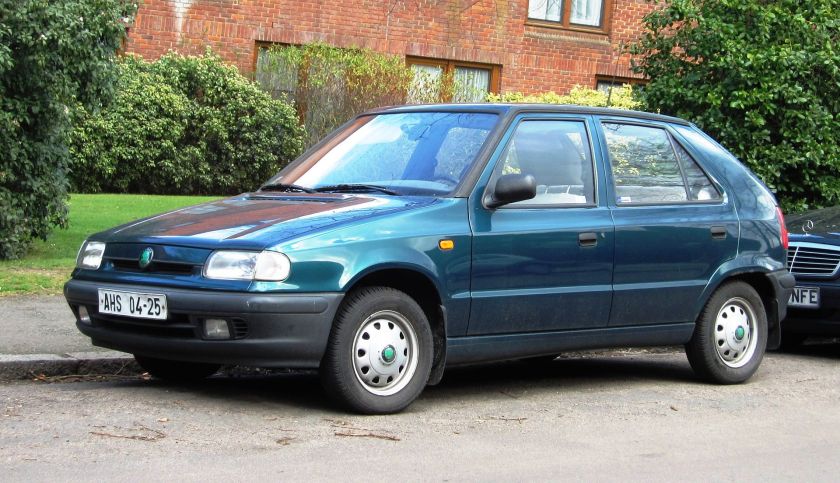 Felicia was effectively a reskin of the Favorit, but quality and equipment improvements helped, and in the Czech Republic the car was perceived as good value for money and became popular. Sales improved across Europe, including the United Kingdom, where the Felicia was one of the best-ranking cars in customer satisfaction surveys.
Felicia was effectively a reskin of the Favorit, but quality and equipment improvements helped, and in the Czech Republic the car was perceived as good value for money and became popular. Sales improved across Europe, including the United Kingdom, where the Felicia was one of the best-ranking cars in customer satisfaction surveys.
Volkswagen AG chairman Ferdinand Piëch personally chose Dirk van Braeckel as head of design, and the subsequent Octavia and Fabia models made their way to the demanding European Union markets. They are built on common Volkswagen Group floorpans. The Fabia, launched at the end of 1999, formed the basis for later versions of the Volkswagen Polo and SEAT Ibiza, while the Octavia, launched in 1996, has shared its floorpan with a host of cars, the most popular of which is the Volkswagen Golf.
The perception of Škoda in Western Europe has completely changed since the takeover by VW, in stark comparison with the reputation of the cars throughout the 1980s—often described as “the laughing stock” of the automotive world. As technical development progressed and attractive new models were marketed, Škoda’s image was initially slow to improve. In the UK, a major turnabout was achieved with the ironic “It is a Škoda, honest” campaign, which began in 2000 when the Fabia launched. In a 2003 advertisement on British television, a new employee on the production line is fitting Škoda badges on the car bonnets. When some attractive looking cars come along he stands back, not fitting the badge, since they look so good they cannot be Škodas. This market campaign worked by confronting Škoda’s image problem head-on — a tactic which marketing professionals regarded as high risk. By 2005 Škoda was selling over 30,000 cars a year in the UK, a market share of over 1%. For the first time in its UK history, a waiting list developed for deliveries from Škoda. UK owners have consistently ranked the brand at or near the top of customer satisfaction surveys since the late 1990s.
Growth strategy
2010 was a year of important changes for Škoda Auto, in terms of both products and management. On 1 September 2010, Prof. Dr. h.c. Winfried Vahland assumed responsibility for the management of the company, becoming the CEO of Škoda Auto. Under Vahland’s leadership, Škoda set forth plans to double the company’s annual sales to at least 1.5 million by 2018 (later known as the ‘Growth Strategy’, Czech: ‘Růstová strategie’).
At the 2010 Paris Motor Show in September 2010, the company unveiled the Octavia Green E Line. This e-car concept was the forerunner to the e-car test fleet that Škoda released in 2012. The final 1st-generation Octavia (Tour) was produced at the Mladá Boleslav plant in November 2010. The worldwide production of this model exceeded 1.4 million units since its release in 1996. In 2010 for the first time in history, China overtook German sales to become Škoda’s largest individual market.
In 2011, Škoda Auto celebrated its 20-year partnership with the Volkswagen Group. More than 75,000 visitors attended an open-house event held in Mladá Boleslav in the April. Earlier that year, the company provided details on its 2018 Growth Strategy: for at least one new or completely revised model to be released every six months. With this in mind, the company redesigned its logo and CI, which was presented at the 2011 Geneva Motor Show. Škoda’s main attraction at the event was the VisionD design concept; a forerunner to the future 3rd generation Octavia. Škoda presented the MissionL design study at the IAA in Frankfurt am Main in September, which was to become the basis of the company’s forthcoming compact model the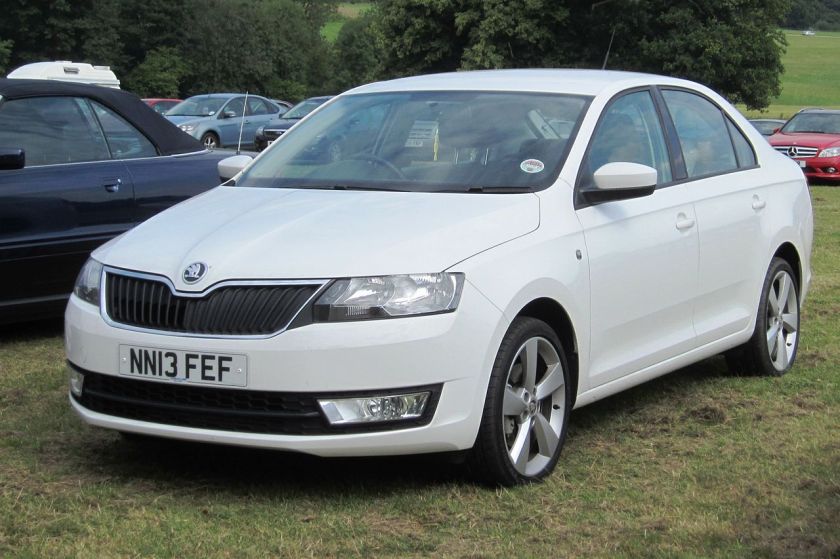 European Rapid.
European Rapid.
In the same year, the company started production of the new Rapid model in Pune, India (October 2011), and launched the Citigo at Volkswagen’s Bratislava plant (November 2011).
In 2012 Škoda introduced two new mass production models. The European version of the Rapid premiered at the Paris Motor Show. This car was a successor to the 1st-generation Octavia in terms of its price bracket. The second model was the 3rd-generation Octavia, which premiered In December 2012. In the same month, local production of the Yeti was launched at the Nizhny Novgorod GAZ factory.
In 2012 Škoda introduced an emission-free fleet of Octavia Green E Line e-cars on Czech roads to be used by external partners. Since internal tests on the fleet in late 2011, the e-fleet had driven more than 250,000 km. During the same year, Škoda celebrated several milestones, including fourteen million Škoda cars being produced since 1905 (January), three million Fabias (May), 500,000 Superbs at the Kvasiny plant (June ) and 5 years of Škoda operations in China.
Massive rejuvenation of the model range was a major tune for 2013 at Škoda: The Czech car maker launched the third-generation Octavia Combi and Octavia RS (both liftback and estate) as well as facelifted Superb and Superb Combi. They were accompanied by brand new members of the Rapid family as the Rapid Spaceback, the first Škoda hatchback car in the compact segment, and the Chinese version of the Rapid. The Yeti also faced significant changes. With the facelift, two design variants of Škoda’s compact SUV are now available: city-like Yeti and rugged Yeti Outdoor. Chinese customers were also given a Yeti with an extended wheelbase.
In 2015, Volkswagen admitted that it had installed pollution-cheating software in many of its cars to fool regulators that its cars met emissions standards when in fact they polluted at much higher-levels than government standards. 1.2 million Skoda cars worldwide were fitted with this emissions-cheating device. Skoda stated that Volkswagen would recall and cover refitting costs for all of the cars affected by the Volkswagen emissions testing scandal.
In 2015 Škoda was voted the most dependable car brand in the UK. Škoda Auto is planning to manufacture a large, seven-seat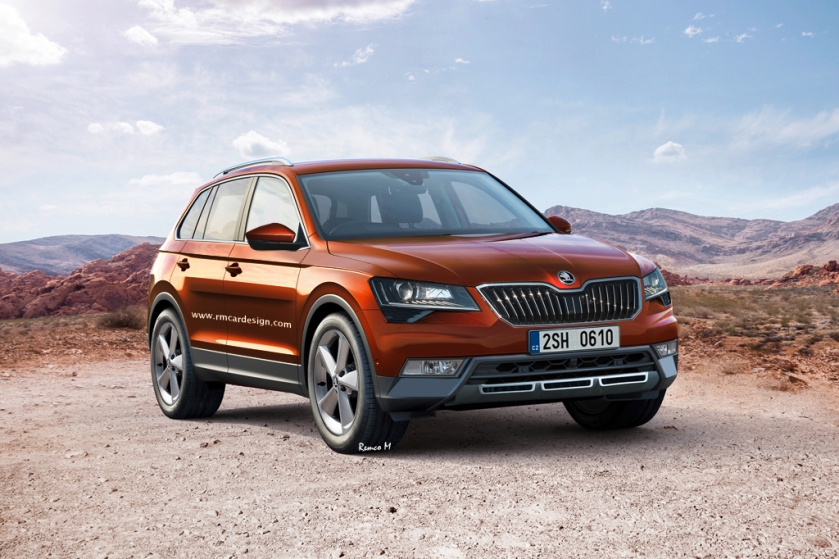 SUV Škoda Kodiaq, which should be a true off-roader and will be introduced at the Paris Motor Show in October 2016.
SUV Škoda Kodiaq, which should be a true off-roader and will be introduced at the Paris Motor Show in October 2016.
As of August 2016, Skoda was being sold in 102 countries with planned expansions to South Korea, Singapore and Iran within a year. The decision whether to expand into the North American market is planned to be made in 2017.
Electrification strategy
In 2015, new Škoda chairman Bernhard Maier stated that the Volkswagen Group “is working on a modular, new electric platform and we are in the team”, and that “there is no alternative to electrification.”The target of Škoda is to produce an electric car with a range of over 300 miles (480 km), 15-minute charging time and a cost below a comparative combustion-engine vehicle. New Škoda corporate “Strategy 2025”, which replaces the previous “Strategy 2018”, aims to start production of a fully electric vehicle in 2020 or 2021, after a plug-in hybrid Superb in 2019.
Financial results
ŠKODA has maintained sound financial stability over recent years. In 2013 the brand achieved sales revenues totalling €10.3 billion (2012: €10.4 billion). Due to the weak economic situation in many European countries and the expansion of the ŠKODA model range, operating profit reached a modest 522 million euros (2012: €712 million). ŠKODA achieved a successful start to 2014: As well as recording the highest number of deliveries to customers in a first quarter ever (247,200; up 12.1%), ŠKODA recorded a significant increase in sales revenue (23.7%) to almost 3 billion euros. Operating profit increased 65.2% to 185 million Euros over the previous year.
Production
Škoda cars are now produced in production facilities in the Czech Republic, China, Russia, India and Slovakia. A smaller number of Škoda models are additionally manufactured in Öskemen, Kazakhstan and Solomonovo, Ukraine through local partners. The following table lists the factories and their production models in 2015.
| Manufacturing plant | Production models | Location |
|---|---|---|
| Mladá Boleslav (Czech Republic) | Fabia, Octavia, Rapid | 50.421111°N 14.930556°E |
| Kvasiny (Czech Republic) | Superb, Yeti | 50.204722°N 16.257778°E |
| Vrchlabí (Czech Republic) | transmissions | 50.610972°N 15.624444°E |
| Bratislava (Slovakia) | Citigo | 48.234135°N 16.98791°E |
| Pune (India) | Rapid (India) | 18.74228667°N 73.81853167°E |
| Aurangabad (India) | Octavia, Superb, Yeti | 19.873056°N 75.488333°E |
| Kaluga (Russia) | Fabia, Rapid | 54.574444°N 36.344444°E |
| Nizhny Novgorod (Russia) | Yeti, Octavia | 56.242235°N 43.887655°E |
| Anting (China) | Fabia, Octavia, Yeti | 31.295833°N 121.177778°E |
| Yizheng (China) | Rapid (China) | 32.28959667°N 119.2043183°E |
| Ningbo (China) | Octavia, Superb | 29.870681°N 121.5464325°E |
Motorsport
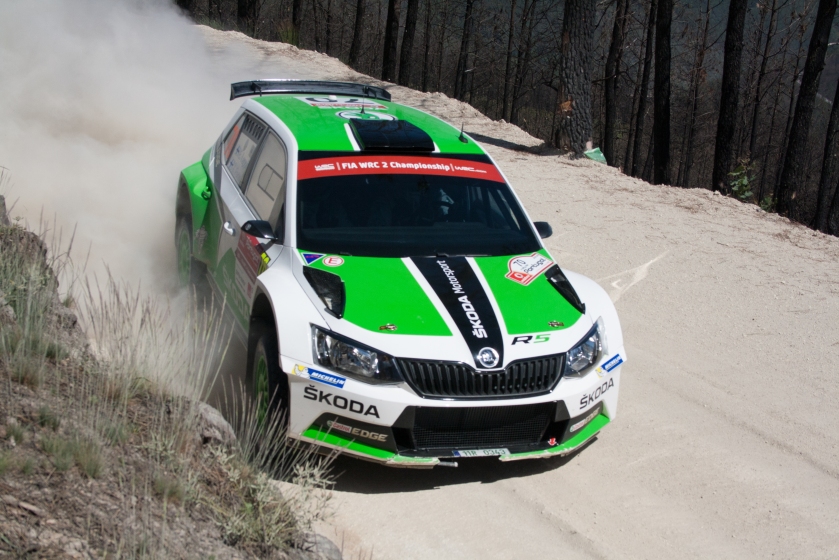 With Škoda Fabia R5, Škoda Motorsport team won the 2015 World Rally Championship-2, which focuses on production-based cars
With Škoda Fabia R5, Škoda Motorsport team won the 2015 World Rally Championship-2, which focuses on production-based cars
World Rally Championship
Following a long history of class victories in lower levels of motorsport, Škoda became a participant in the FIA World Rally Championship in the 1999 season, with World Rally Car models of the Škoda Octavia. Škoda’s best result with the Octavia WRC was Armin Schwarz‘s third place at the 2001 Safari Rally. From mid 2003, the Octavia was replaced by the smaller Škoda Fabia. Škoda used the 2004 season to develop the car further, but did not achieve much success the following season. However, at the season-ending Rally Australia, 1995 world champion Colin McRae was running second before retiring. Škoda then withdrew from the series, and the 2006 season saw Škoda represented by the semi-privateer Red Bull Škoda Team. Jan Kopecký drove the Fabia WRC to fifth place at the Rally Catalunya, and as late as the 2007 Rallye Deutschland the Fabia still achieved a fifth-place result, again in the hands of Kopecký. Former works Ford and Citroen driver François Duval also drove a Fabia WRC in 2006 for the privateer First Motorsport team, achieving a sixth-place finish in Catalunya.
World Rally Championship-2
In 2009, Škoda entered the Intercontinental Rally Challenge (IRC) for the first time, using the Fabia S2000, winning three rallies and finishing second in both the drivers and manufacturers championship. In 2010, Škoda won a total of seven IRC events winning both the manufacturers and driver championship for Juho Hänninen. These achievements were repeated in the following two seasons, with Andreas Mikkelsen as the drivers’ champion. In 2013, the Intercontinental Rally Challenge was merged with the European Rally Championship (ERC) and the team gained the drivers’ championship title once again for Jan Kopecký. The car was also raced by privateers in several championships, including Red Bull, Barwa, Rene Georges and Rufa in the 2010 Super 2000 World Rally Championship.
Bonneville Speedway
In August 2011, a special Škoda Octavia vRS set the world record at the Bonneville Speedway and became the fastest car in the world with an engine up to two litres, when it hit 227 mph (365 km/h). The current fastest production Škoda car is the Škoda Superb III, with a top speed of 250 km/h (160 mph) and an acceleration from 0 to 100 km/h (0 to 62 mph) in 5.8 seconds.
Models
Current models
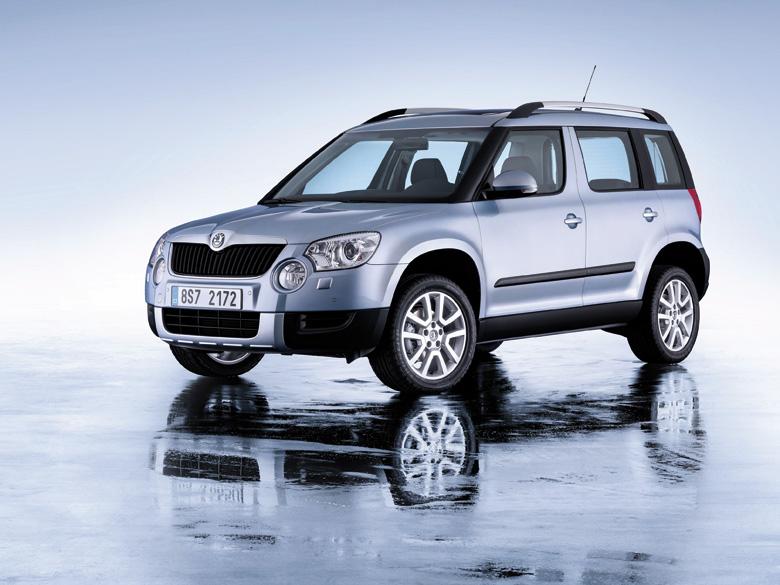 Škoda Yeti – Mini SUV (2009–present)
Škoda Yeti – Mini SUV (2009–present)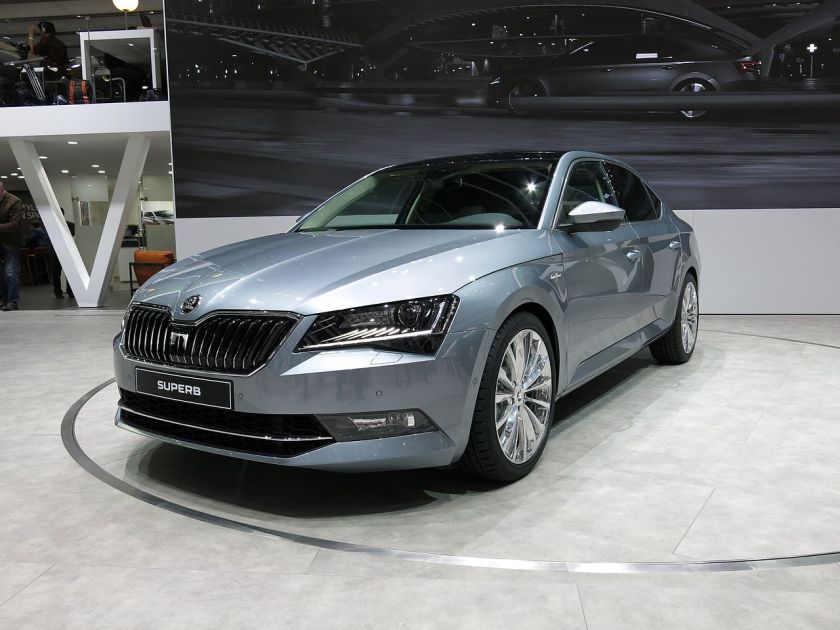 Škoda Superb III – Executive car (2015–present)
Škoda Superb III – Executive car (2015–present)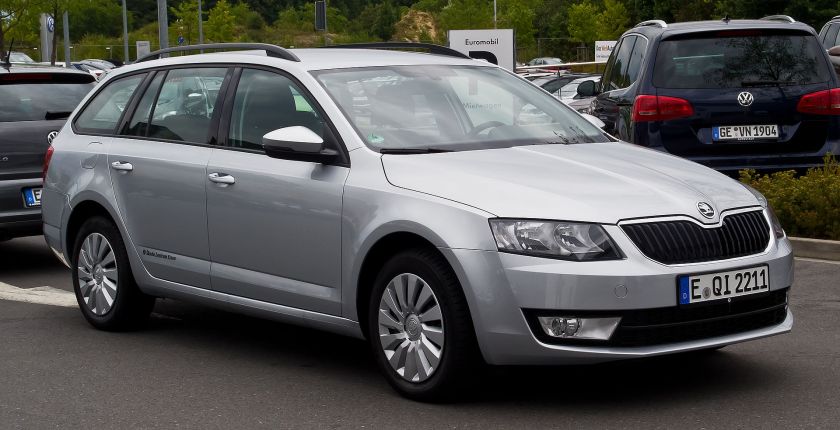 Škoda Octavia III – Large family car (2013–present)
Škoda Octavia III – Large family car (2013–present)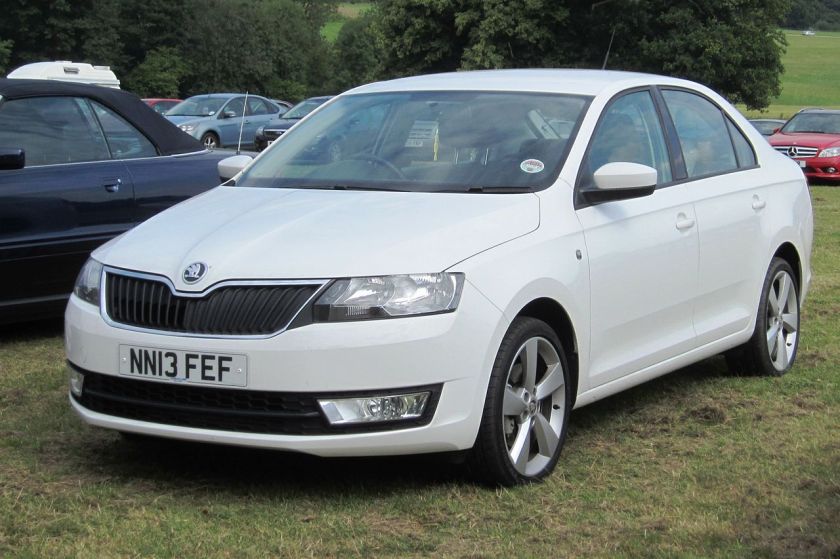 Škoda Rapid – Small family car (2012–present)
Škoda Rapid – Small family car (2012–present)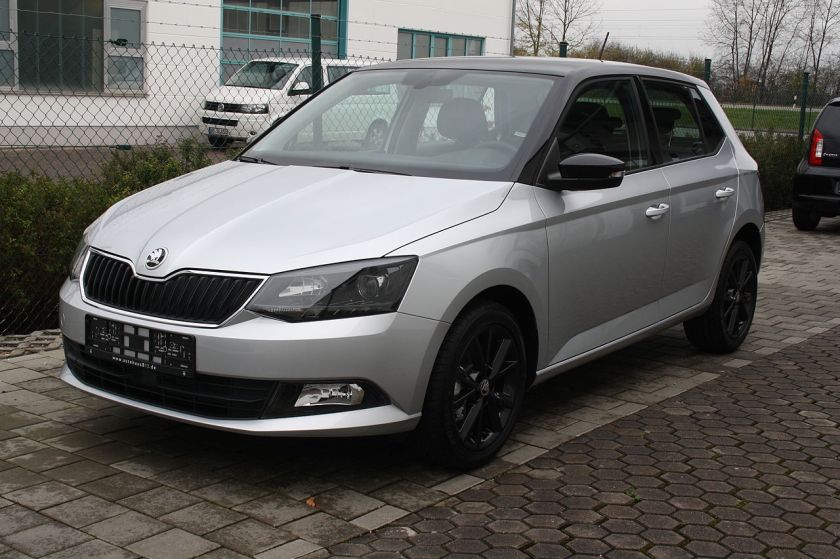 Škoda Fabia III – Supermini (2014–present)
Škoda Fabia III – Supermini (2014–present)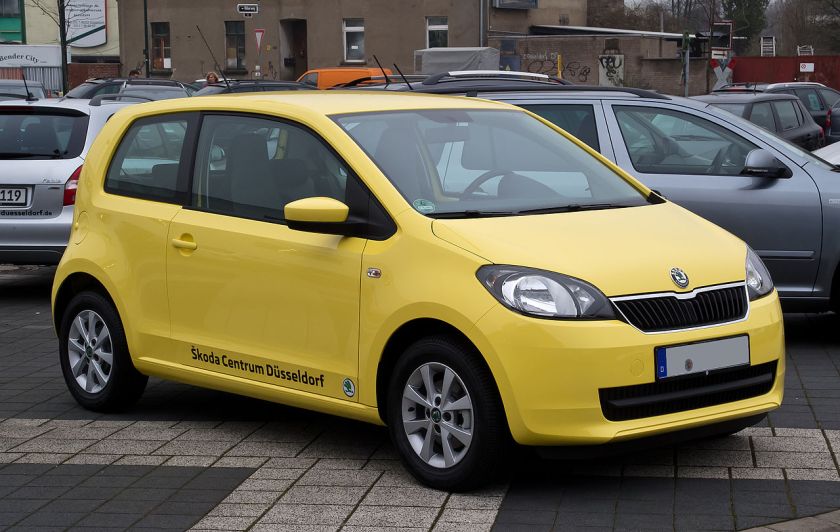 Škoda Citigo – City car (2011–present)
Škoda Citigo – City car (2011–present)
-
Škoda Yeti (2009–present)
Škoda Superb III (2015–present)
-
Škoda Octavia III (2013–present)
-
Škoda Rapid (2012–present; International)
-
Škoda Rapid (2011–present; India)
-
Škoda Fabia III (2014–present)
-
Škoda Citigo (2011–present)
Historic models
1900s
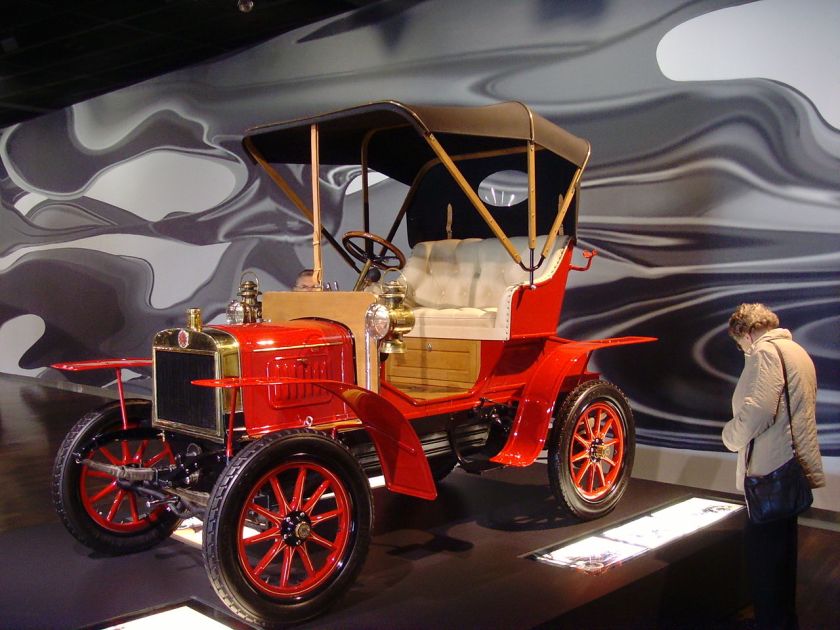 1905-laurin-klement-typ-a-in-wolfsburg Laurin & Klement A (1905–1907)
1905-laurin-klement-typ-a-in-wolfsburg Laurin & Klement A (1905–1907)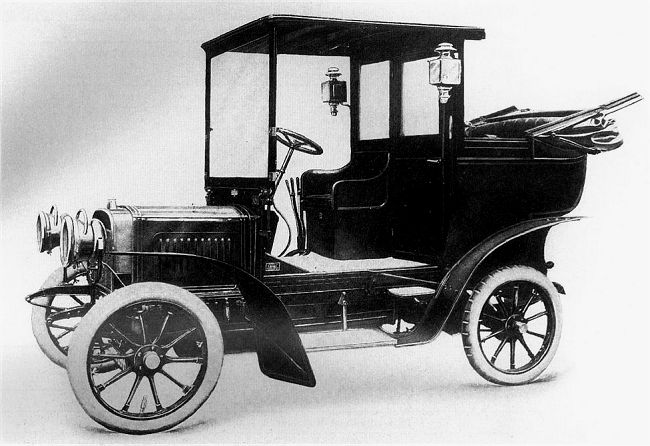 1907 Laurin & Klement B2 10-12 HP, Rakousko-Uhersko (Čechy) Laurin & Klement B (1906–1908)
1907 Laurin & Klement B2 10-12 HP, Rakousko-Uhersko (Čechy) Laurin & Klement B (1906–1908)
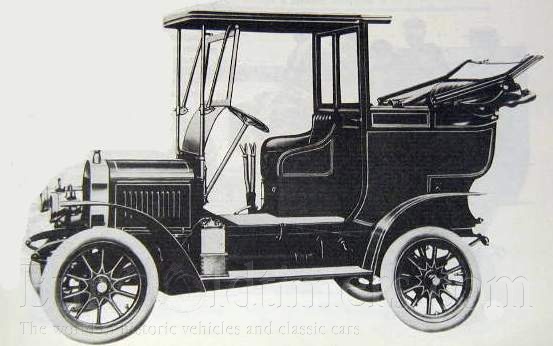 Laurin & Klement C (1906–1908)
Laurin & Klement C (1906–1908)
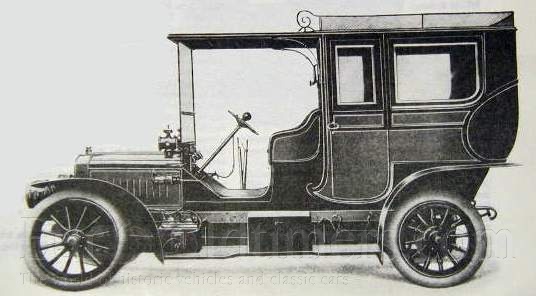 1907 Laurin & Klement typ D 3391ccm Laurin & Klement D (1906–1907)
1907 Laurin & Klement typ D 3391ccm Laurin & Klement D (1906–1907)
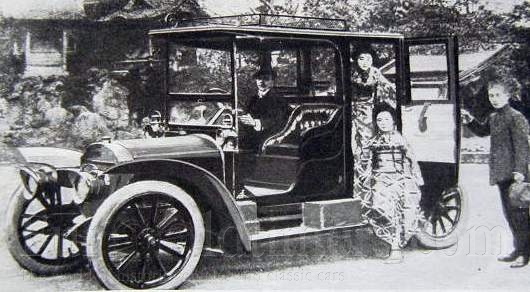 Laurin & Klement B2 (1907–1908)
Laurin & Klement B2 (1907–1908)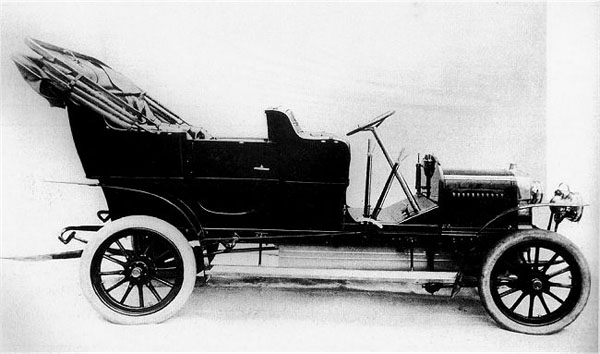 Laurin & Klement C2 (1907–1908)
Laurin & Klement C2 (1907–1908)
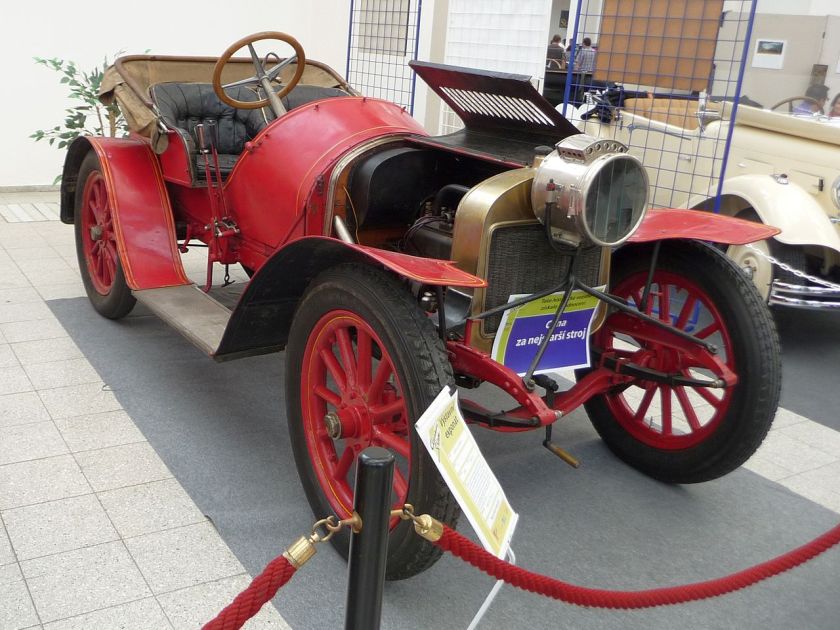 Laurin & Klement F (1907–1909)
Laurin & Klement F (1907–1909)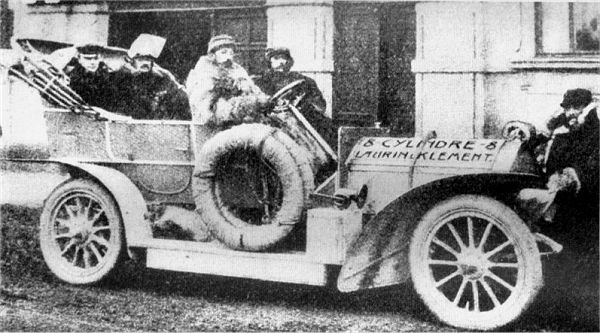 Laurin & Klement FF (1907)
Laurin & Klement FF (1907)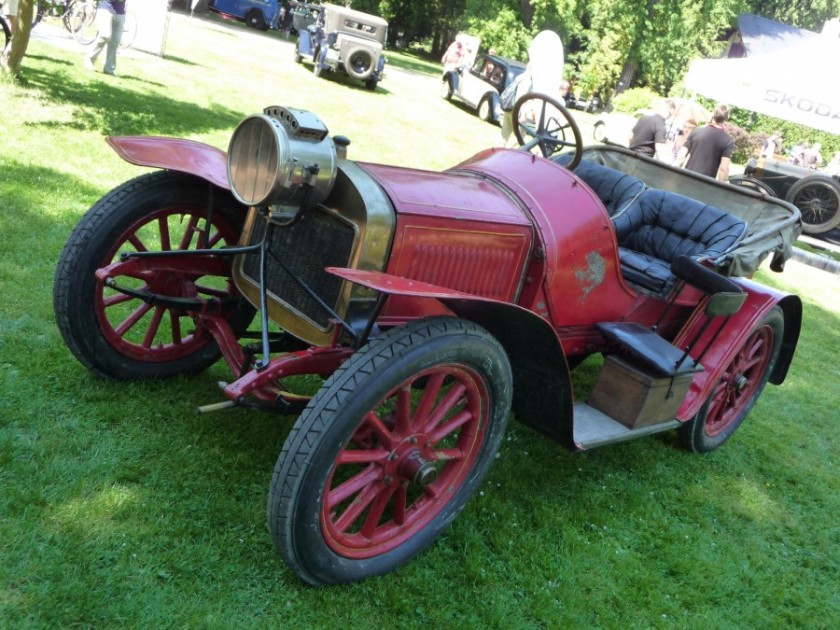 Laurin & Klement FC (1907–1909)
Laurin & Klement FC (1907–1909)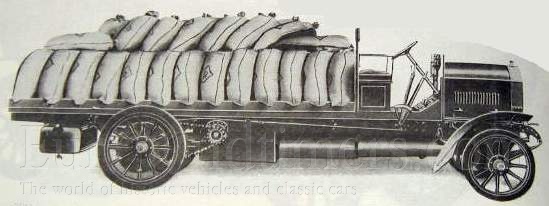 1910 Laurin & Klement typ HL 7359ccm
1910 Laurin & Klement typ HL 7359ccm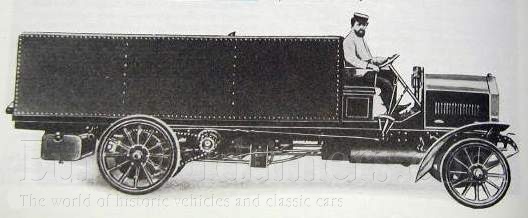 1912 Laurin & Klement typ HLB 7964ccm Laurin & Klement HO/ HL/HLb (1907–1913)
1912 Laurin & Klement typ HLB 7964ccm Laurin & Klement HO/ HL/HLb (1907–1913)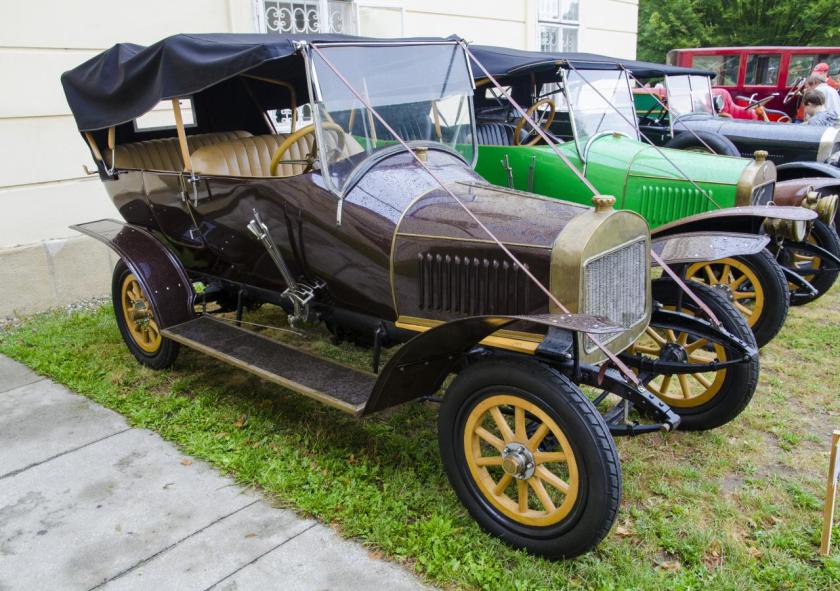 1910 Škoda Laurin & Klement BS Laurin & Klement BS (1908–1909)
1910 Škoda Laurin & Klement BS Laurin & Klement BS (1908–1909)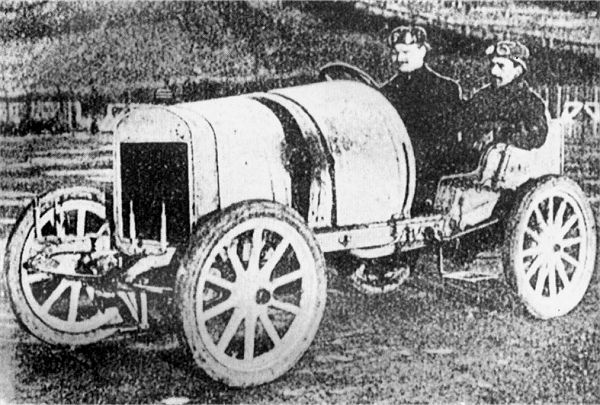 Laurin & Klement FCS (1908–1909)
Laurin & Klement FCS (1908–1909)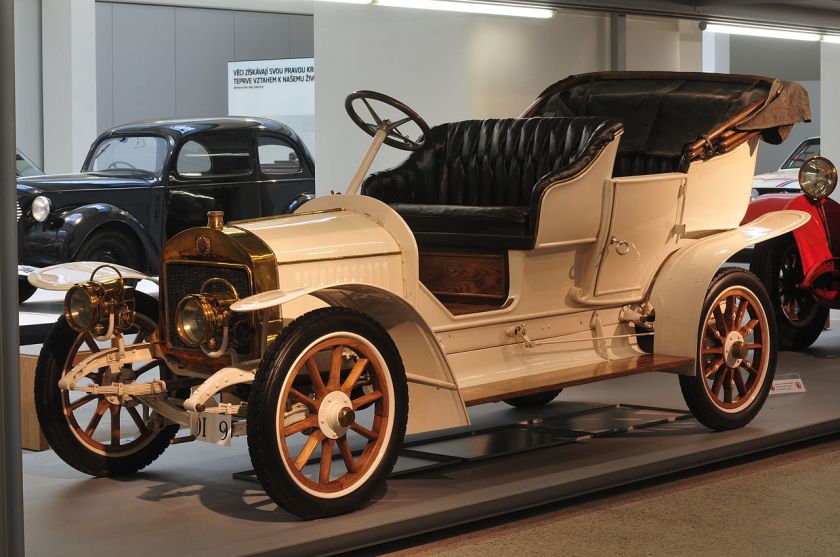 Laurin & Klement G (1908–1911)
Laurin & Klement G (1908–1911)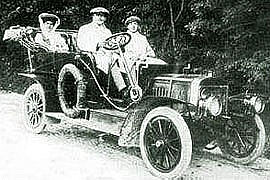 Laurin & Klement DO/DL (1909–1912)
Laurin & Klement DO/DL (1909–1912)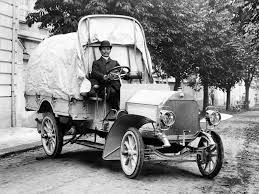 Laurin & Klement FDO/FDL (1909–1915)
Laurin & Klement FDO/FDL (1909–1915)
? Laurin & Klement EN (1909–1910)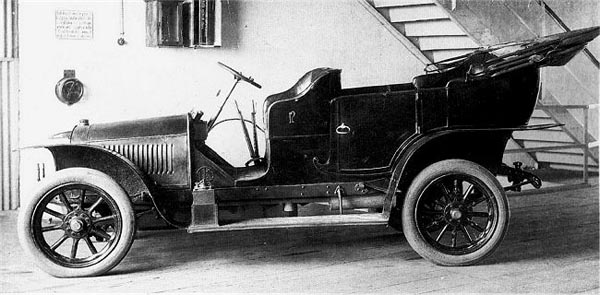 Laurin & Klement FN/GDV/RC (1909–1913)
Laurin & Klement FN/GDV/RC (1909–1913)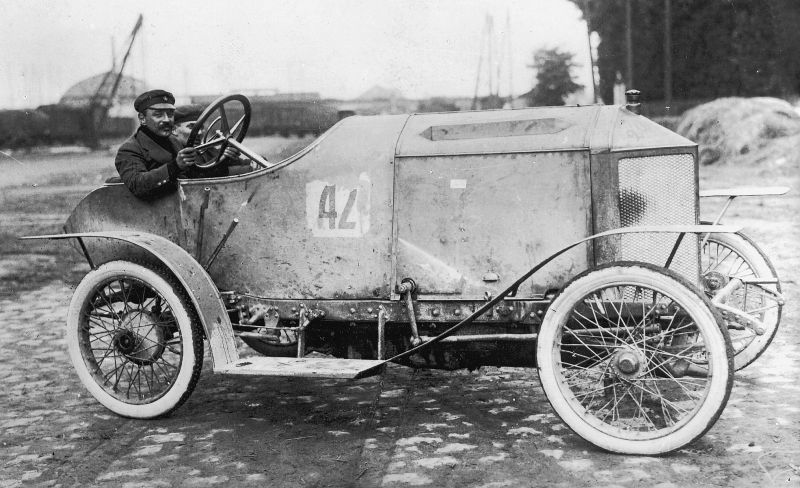 Laurin & Klement FCR (1909)
Laurin & Klement FCR (1909)
- Laurin & Klement L/LO (1909–1911)
1910
? Laurin & Klement LK (1911–1912)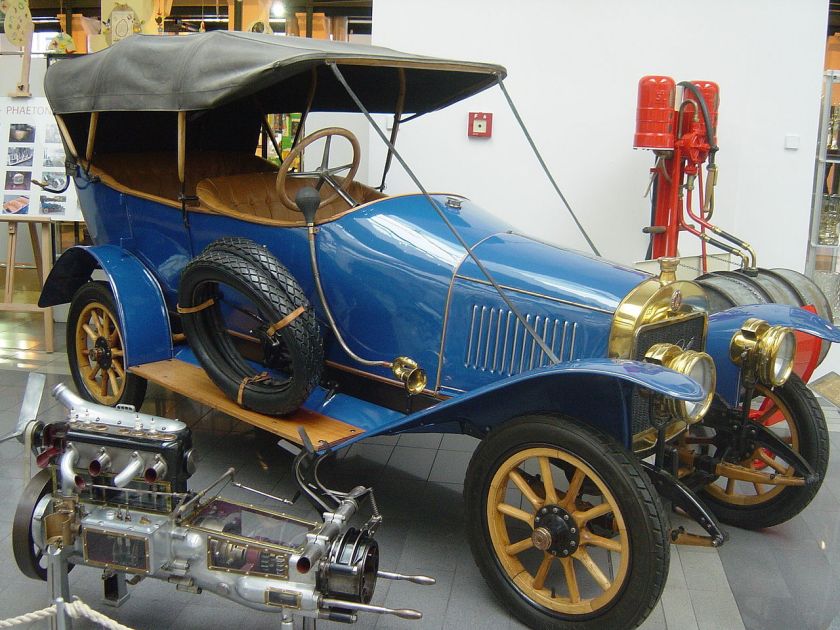 Laurin & Klement S/Sa (1911–1916)
Laurin & Klement S/Sa (1911–1916)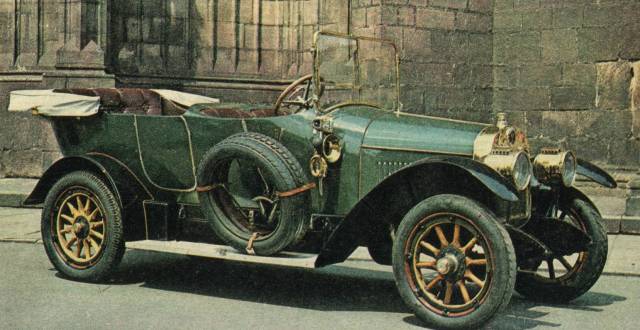 Laurin & Klement DN (1912–1915)
Laurin & Klement DN (1912–1915)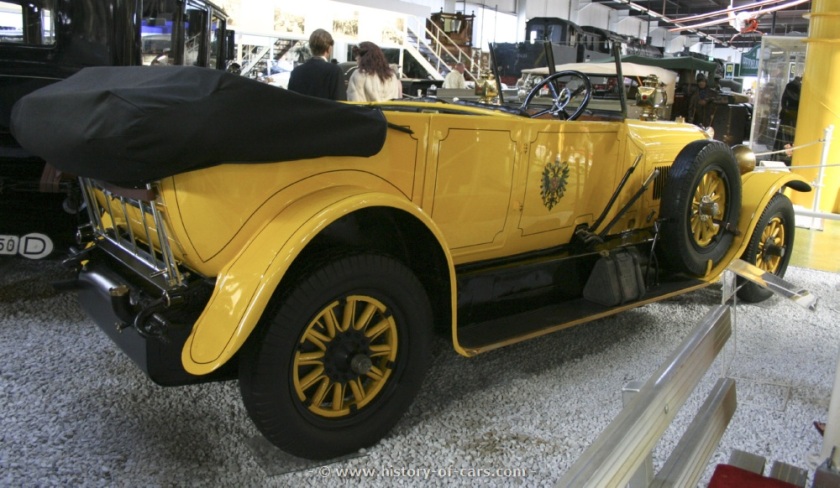 Laurin & Klement RK (1912–1916)
Laurin & Klement RK (1912–1916)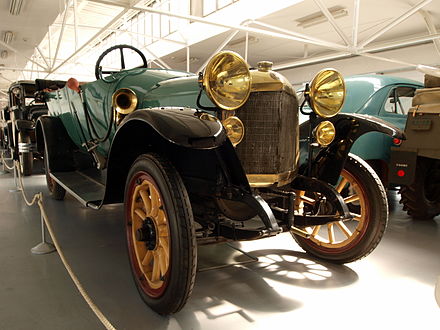 Laurin & Klement Sb/Sc (1912–1915)
Laurin & Klement Sb/Sc (1912–1915)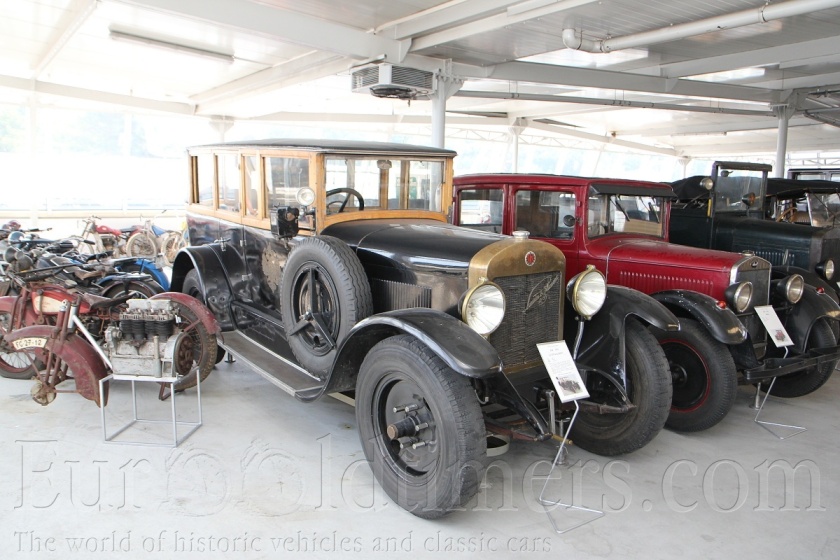 1920 Laurin & Klement typ Mh 4712ccm
1920 Laurin & Klement typ Mh 4712ccm
? Laurin & Klement M/Mb/MO (1913–1915)
? Laurin & Klement MK/400 (1913–1924)
? Laurin & Klement O/OK (1913–1916)
? Laurin & Klement Sd/Se/Sg/Sk (1913–1917)
? Laurin & Klement Ms (1914–1920)
? Laurin & Klement Sh/Sk (1914–1917)
? Laurin & Klement T/Ta (1914–1921)
? Laurin & Klement Si/Sl/Sm/So/200/205 (1916–1924)
? Laurin & Klement Md/Me/Mf/Mg/Mh/Mi/Ml/300/305 (1917–1923)
1920s
1930s
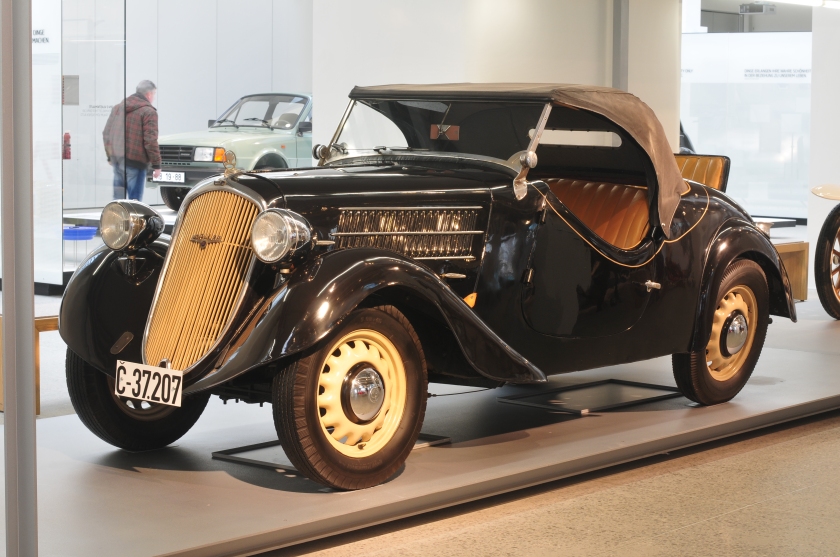 Škoda Popular (1934–1944)
Škoda Popular (1934–1944)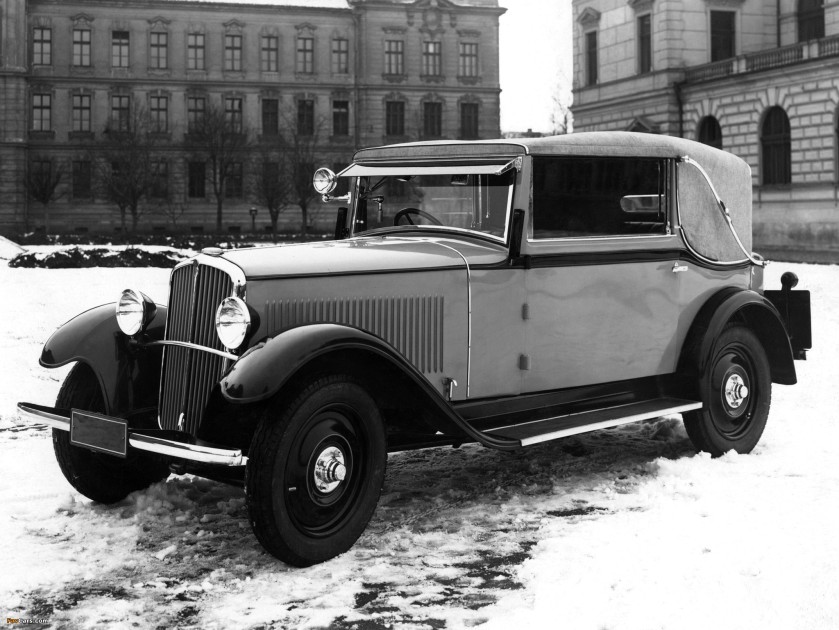 Škoda 633 (1931–1934)
Škoda 633 (1931–1934) Škoda 637 (1932–1935)
Škoda 637 (1932–1935)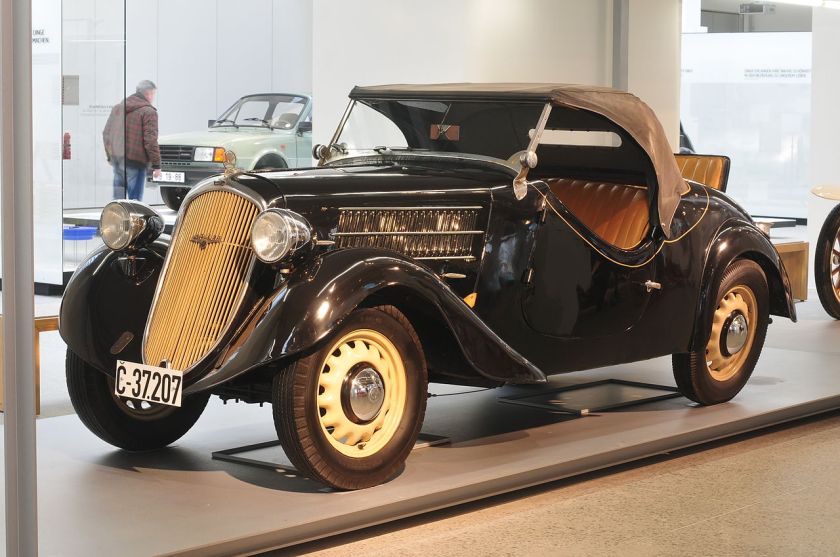 Škoda 420 Standard/Rapid/Popular (1933–1938)
Škoda 420 Standard/Rapid/Popular (1933–1938)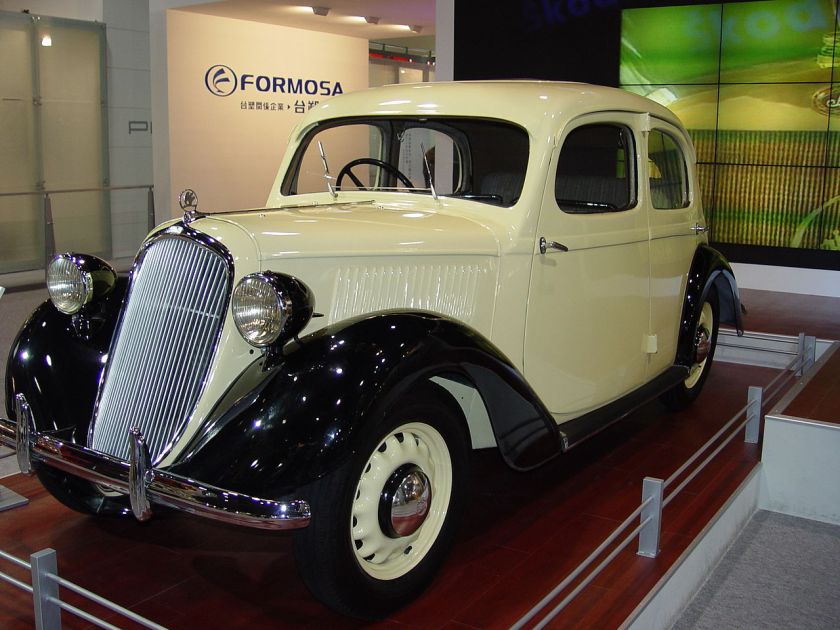 1935 Škoda Rapid Saloon type 901 Škoda Rapid (1935–1947)
1935 Škoda Rapid Saloon type 901 Škoda Rapid (1935–1947)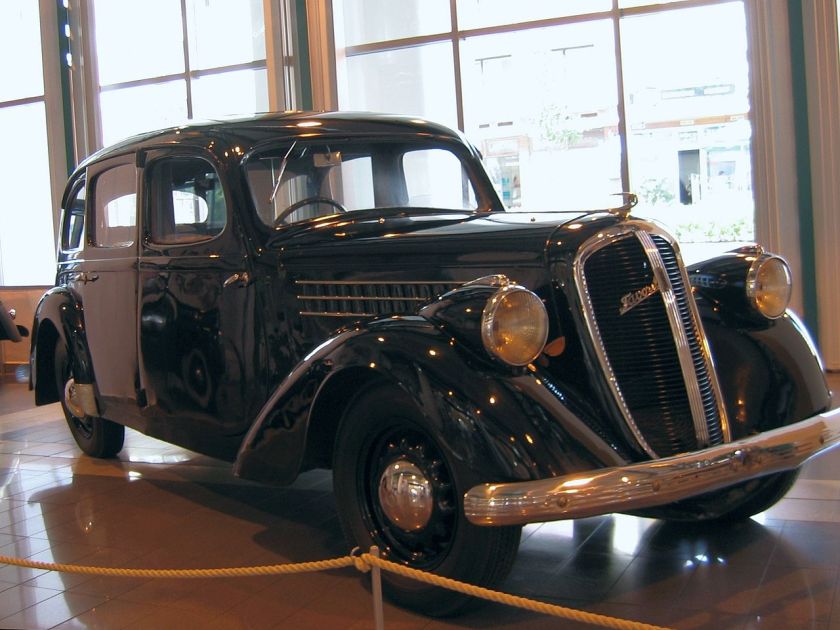 Škoda Favorit (1936–1941)
Škoda Favorit (1936–1941)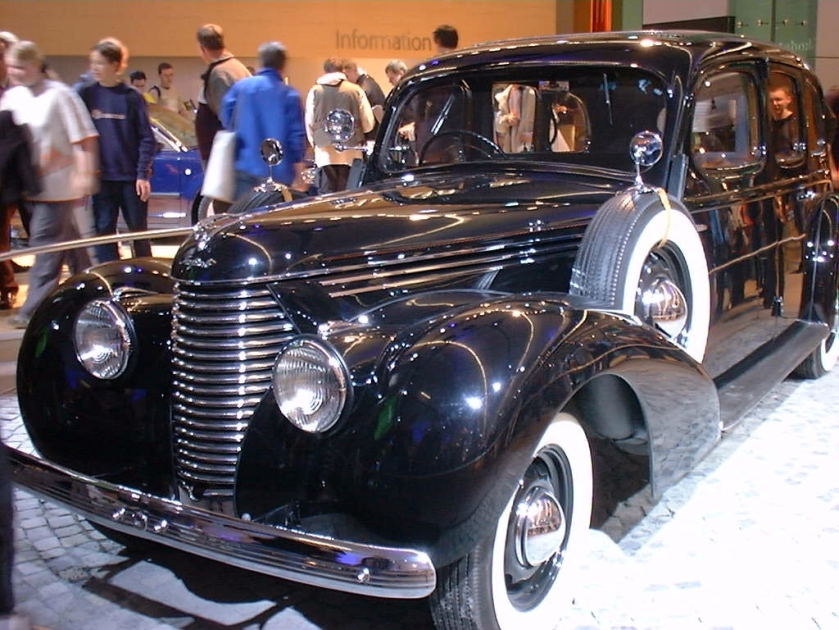 Škoda Superb (1934–1943)
Škoda Superb (1934–1943)
1940s
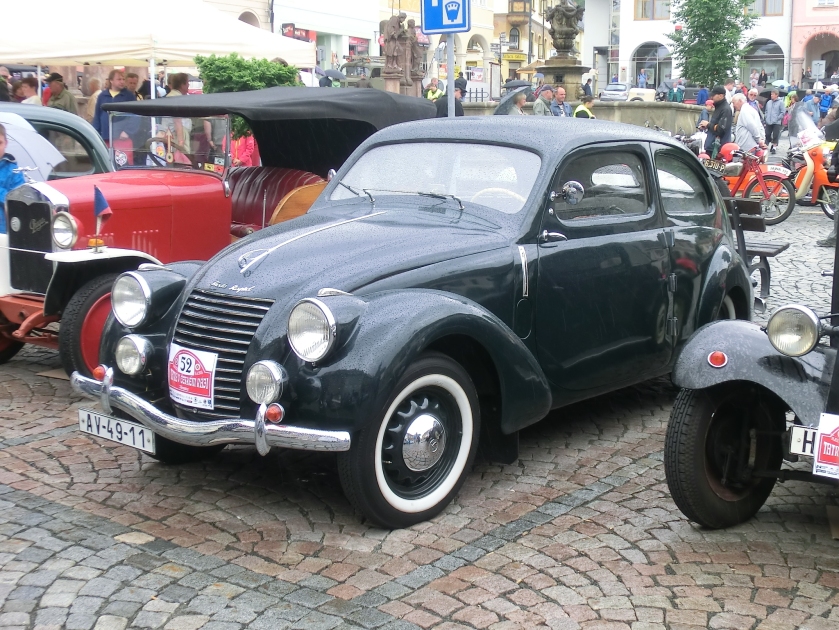 Škoda Rapid (1940)
Škoda Rapid (1940)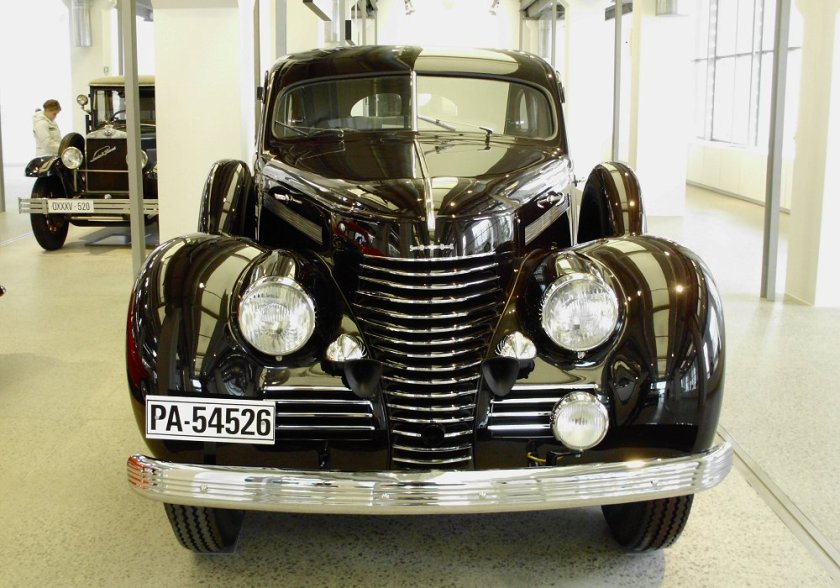
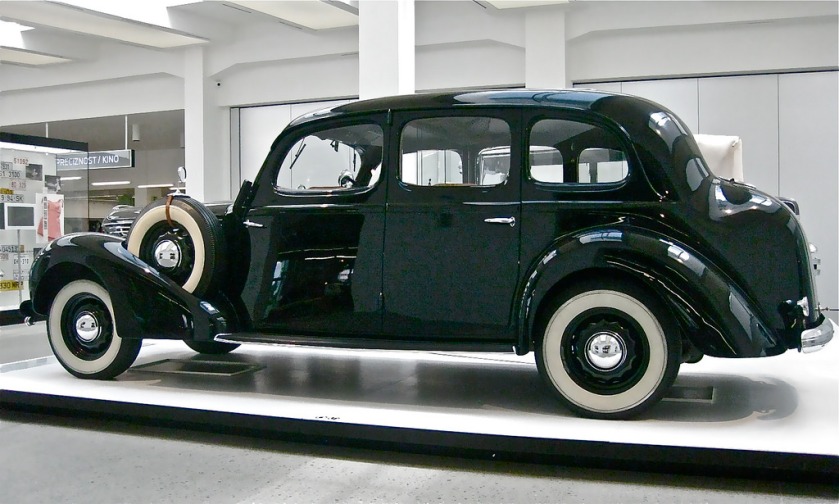 Škoda Superb OHV (1946–1949)
Škoda Superb OHV (1946–1949)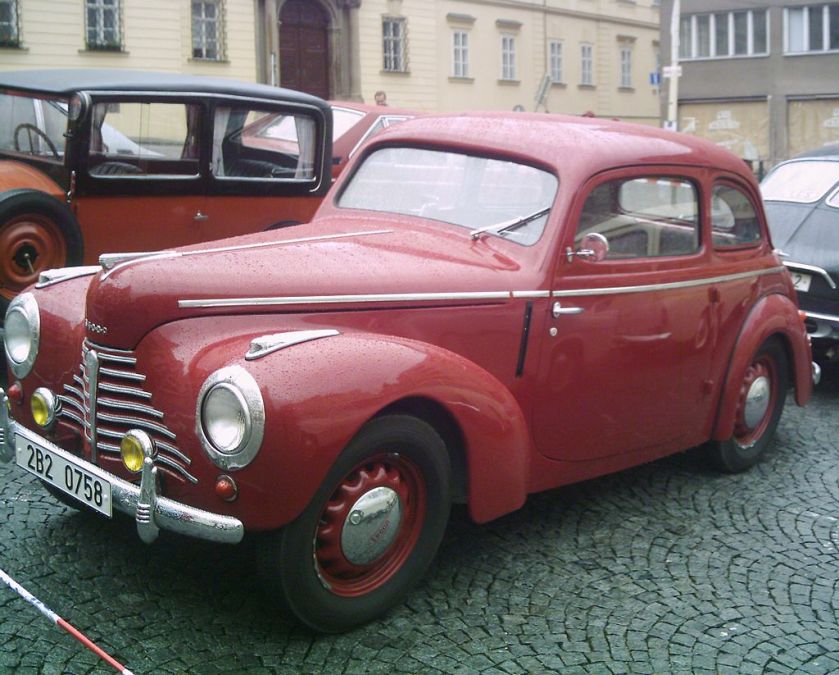 Škoda 1101 Tudor (1946–1949)
Škoda 1101 Tudor (1946–1949)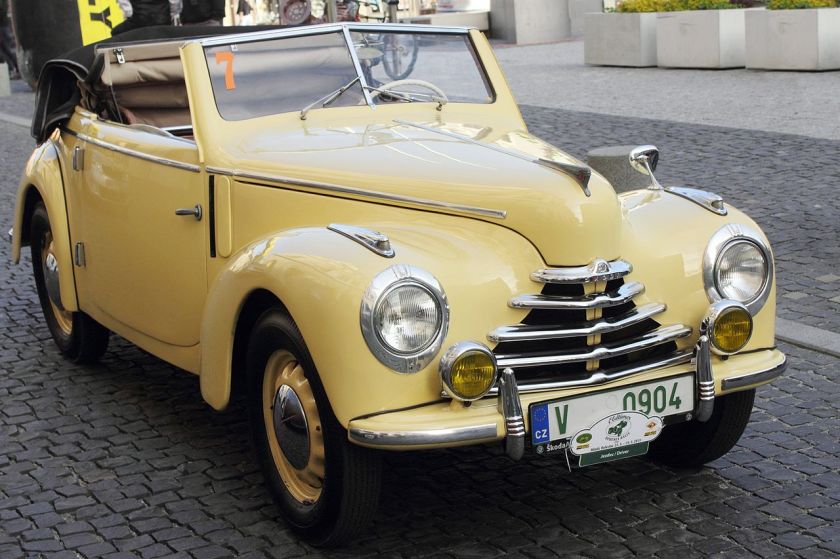 Škoda 1102 (1948–1952)
Škoda 1102 (1948–1952)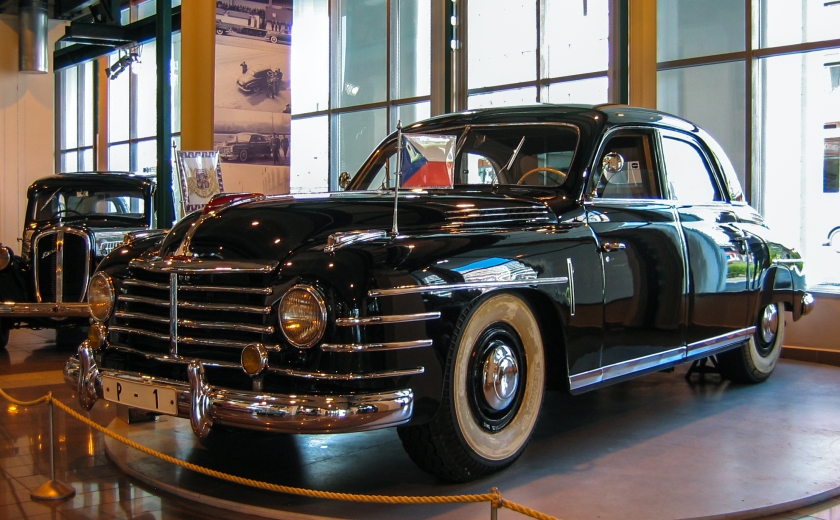 Škoda VOS (1949–1952)
Škoda VOS (1949–1952)
1950s
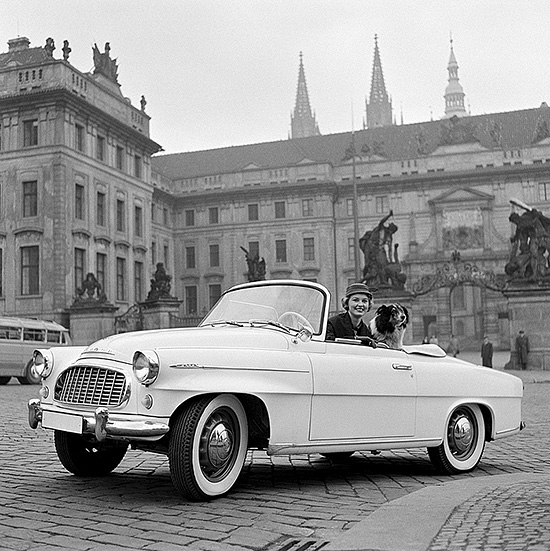
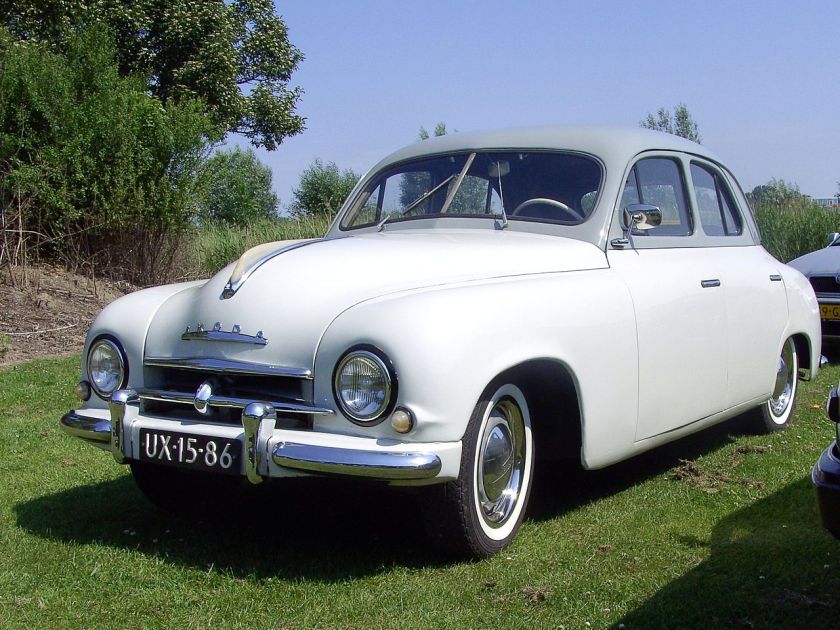 Škoda 1200 (1952–1955)
Škoda 1200 (1952–1955)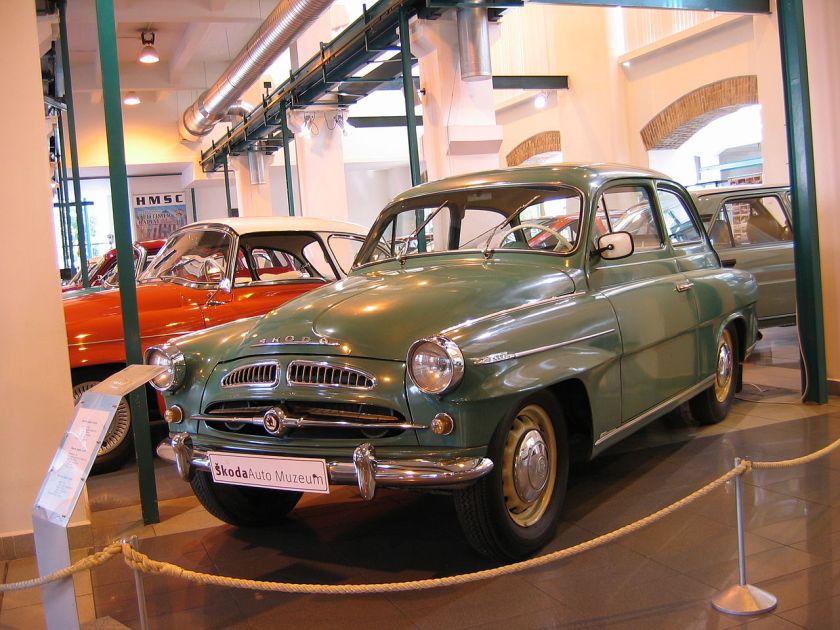 Škoda 440/445/450 (1955–1959)
Škoda 440/445/450 (1955–1959)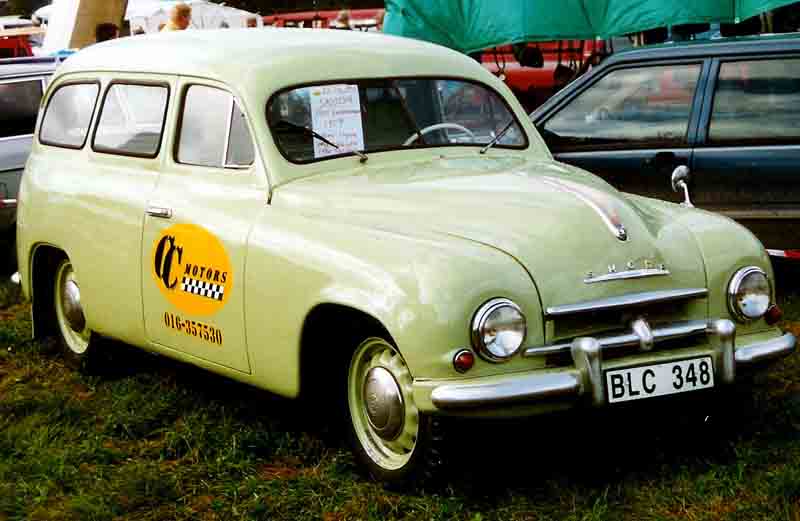 Škoda 1201 (1955–1962)
Škoda 1201 (1955–1962)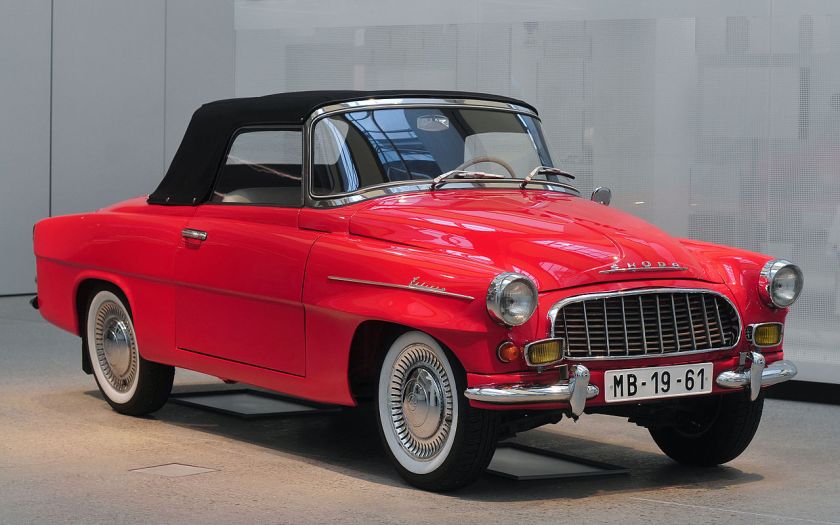 Škoda Felicia (1959–1964)
Škoda Felicia (1959–1964)
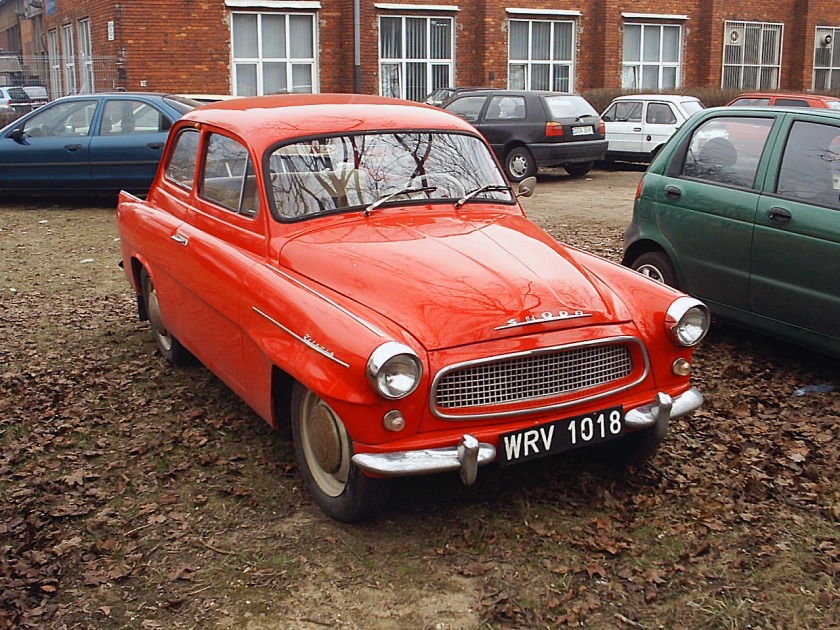
1960s
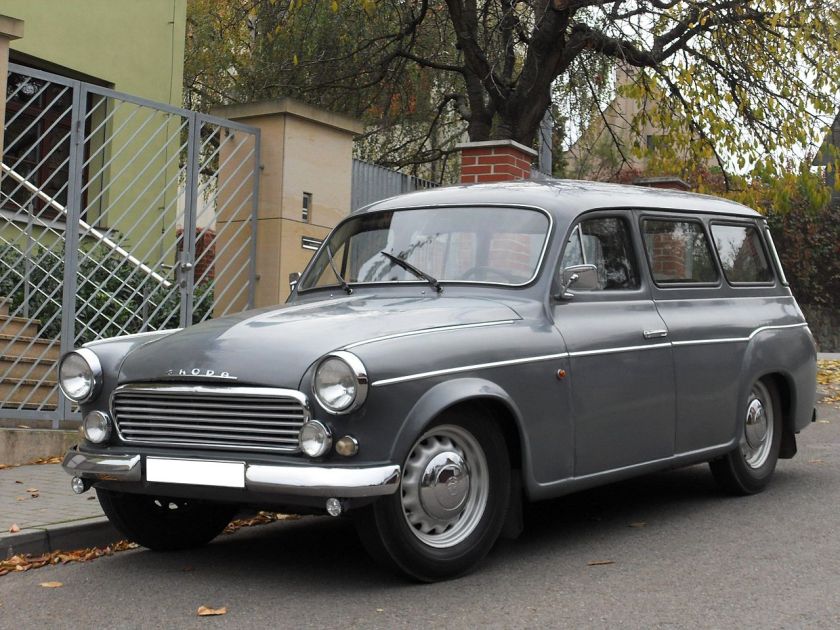 Škoda 1202 (1961–1973)
Škoda 1202 (1961–1973)
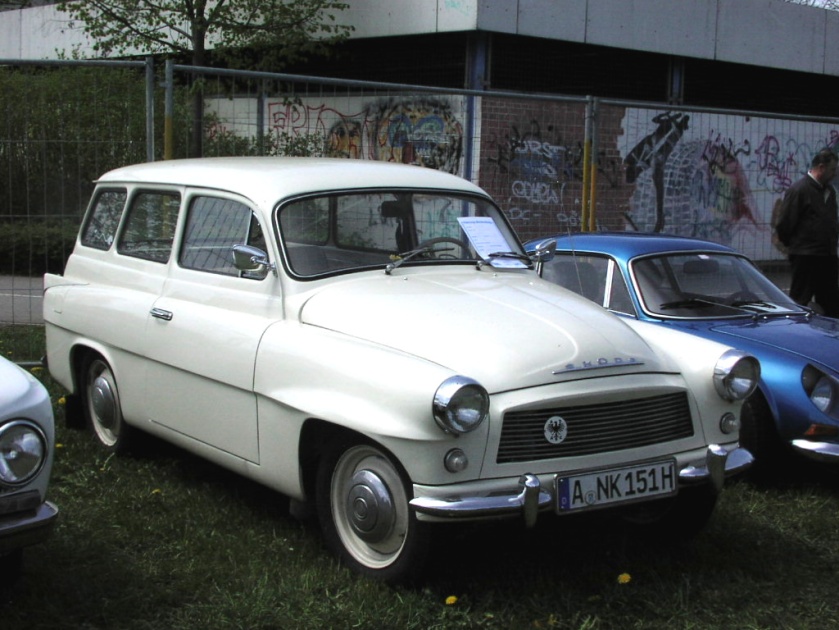
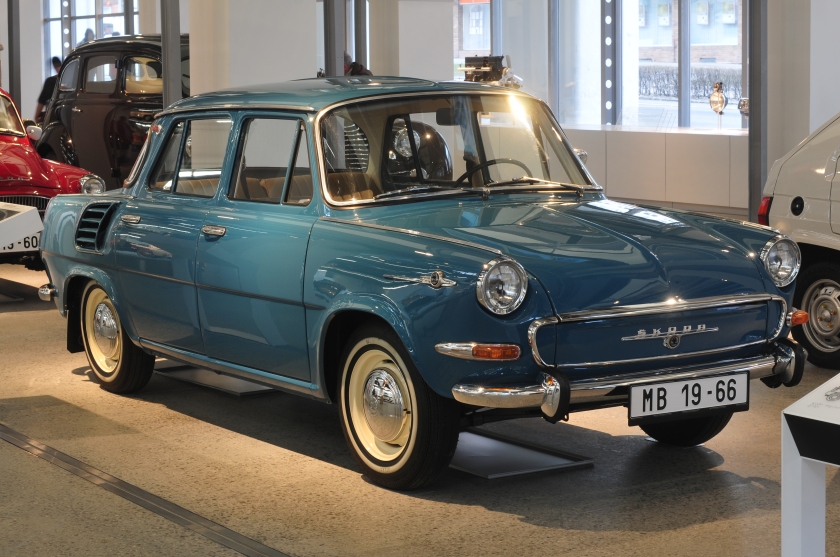 Škoda 1000 MB (1964–1969)
Škoda 1000 MB (1964–1969)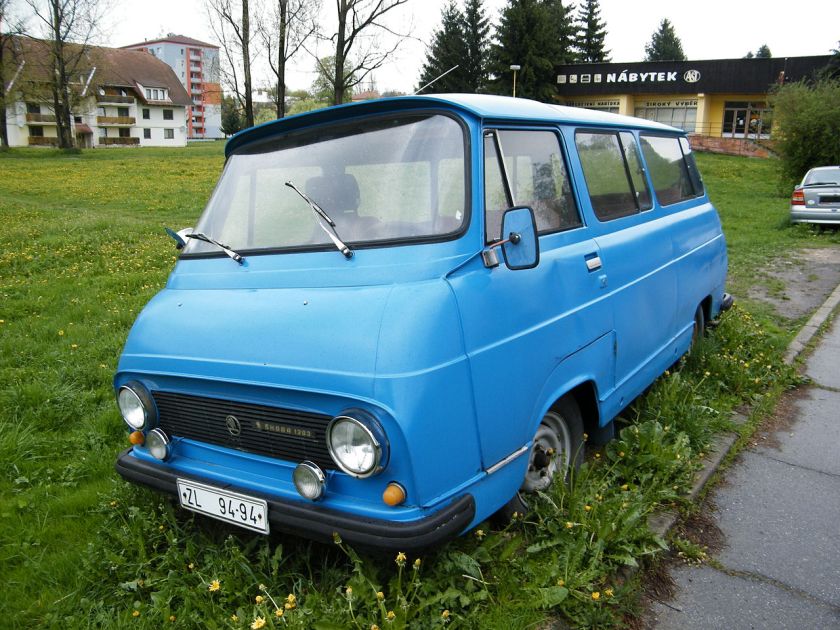 Škoda 1203 (1968–1999)
Škoda 1203 (1968–1999)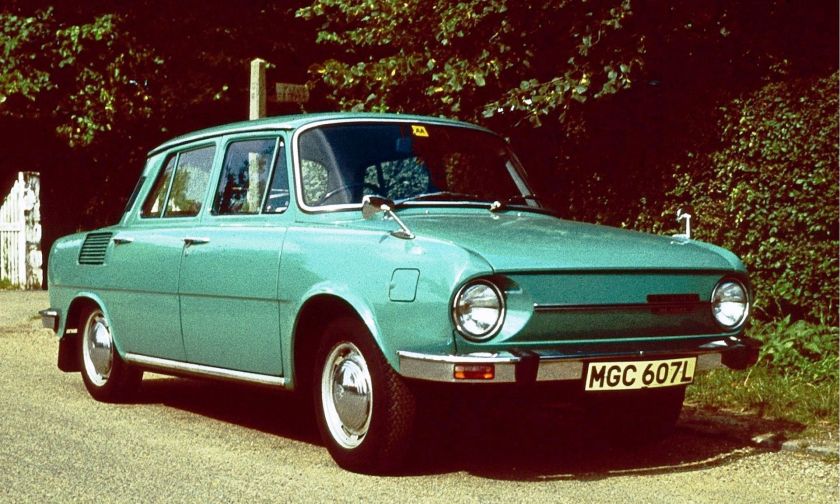 1972 Škoda 100 L
1972 Škoda 100 L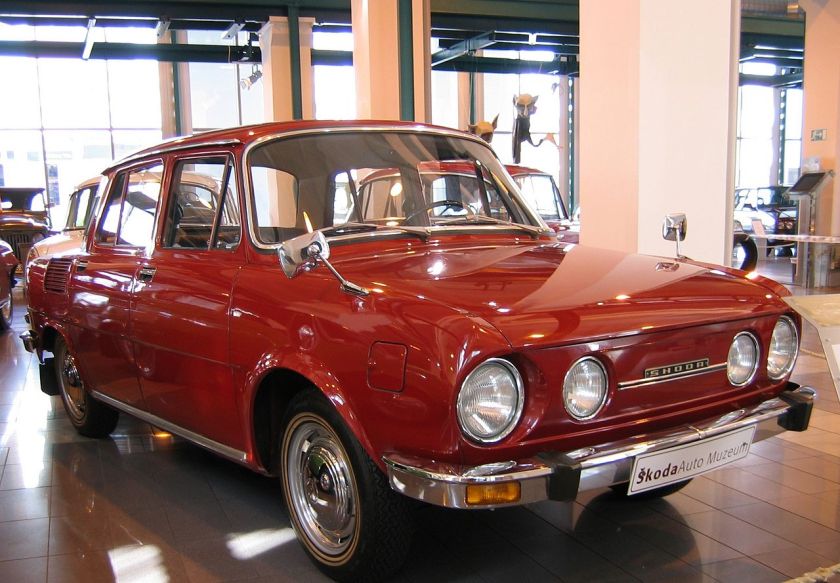 Škoda 110LS Škoda 100/110 (1969–1977)
Škoda 110LS Škoda 100/110 (1969–1977)
1970s
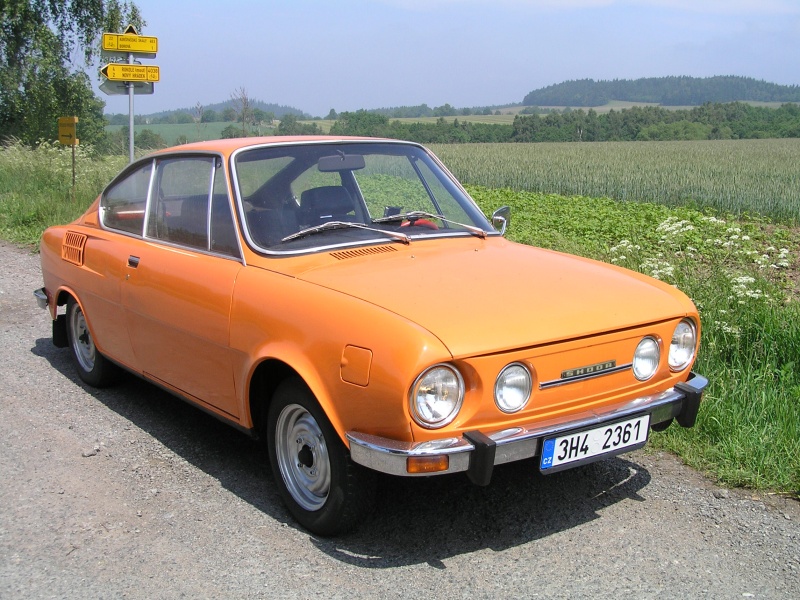
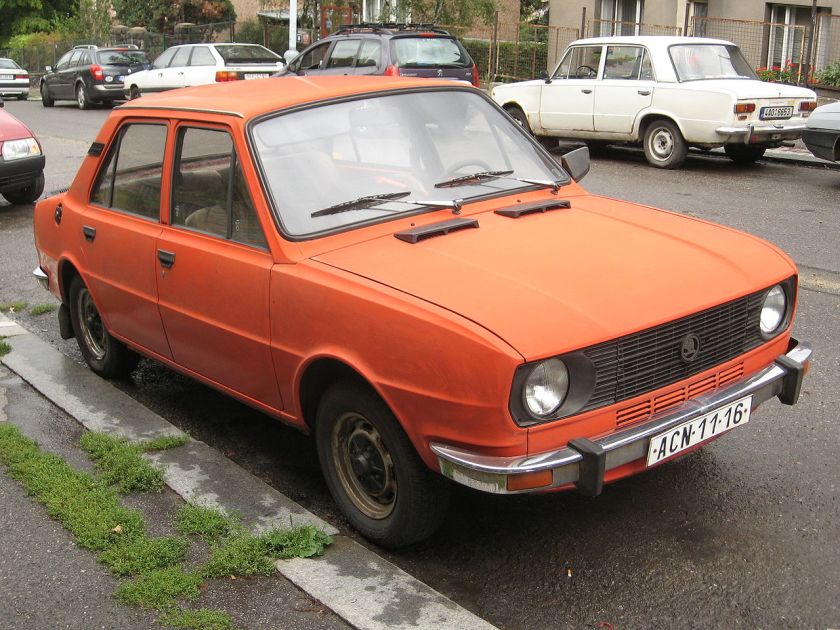 1982 Škoda 105 S model
1982 Škoda 105 S model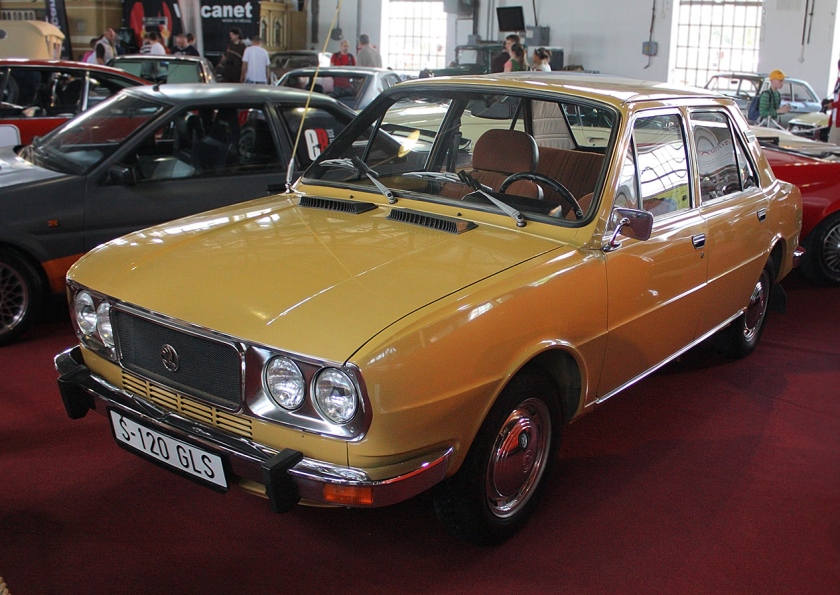 1978 Škoda 120 GLS model
1978 Škoda 120 GLS model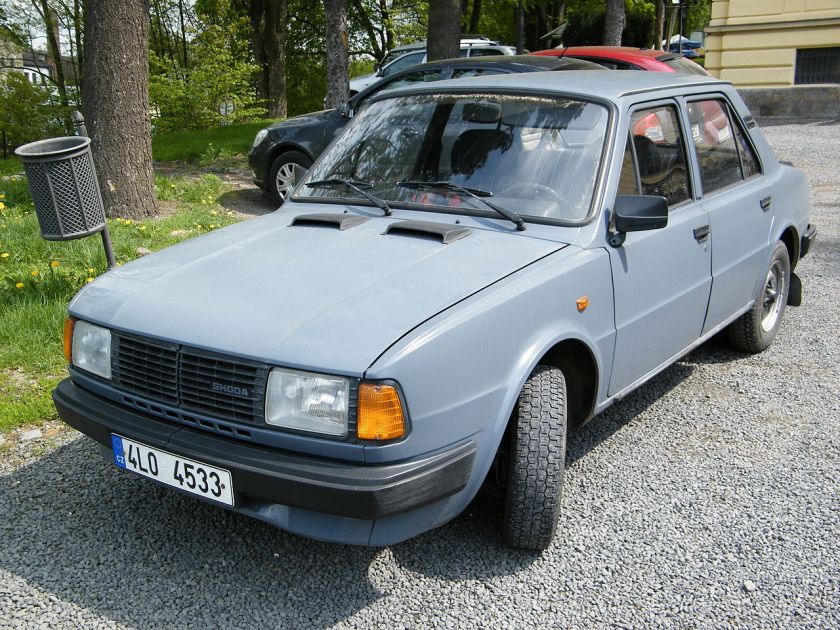 Škoda 120 Turnov Alofok
Škoda 120 Turnov Alofok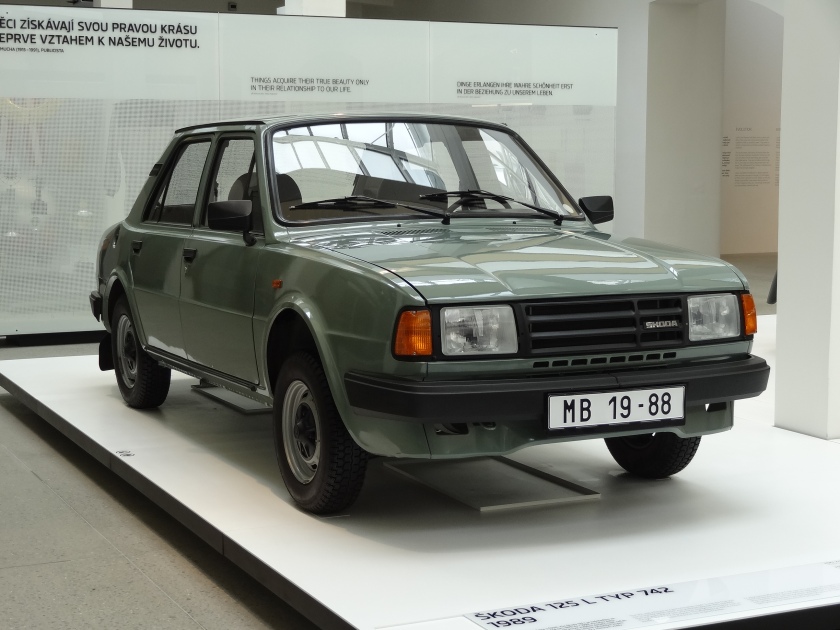
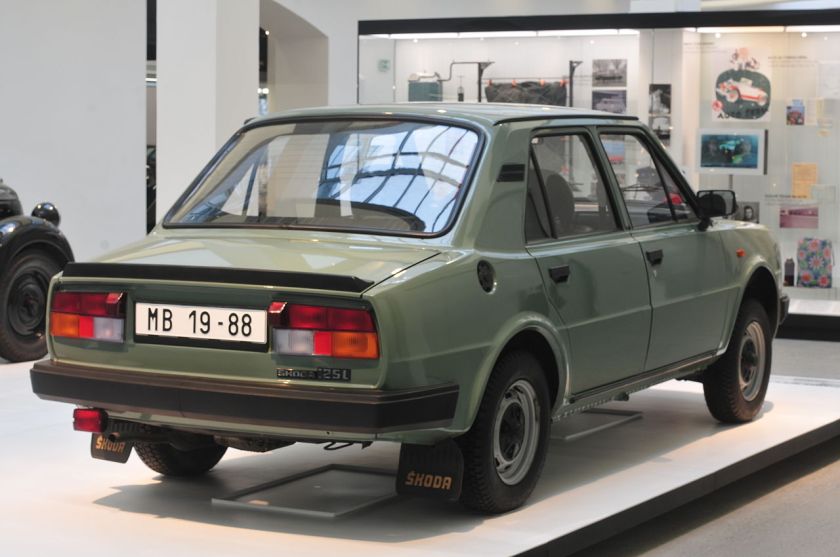 Škoda 105/120/125 (1976–1990)
Škoda 105/120/125 (1976–1990)
1980s
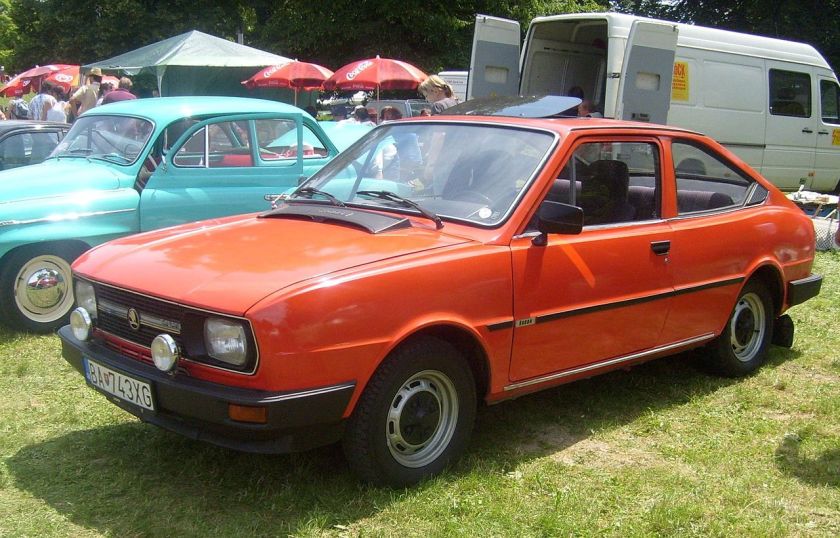 1982 Skoda Garde Coupé 2+2, 1174ccm, 42kW by 5200rpm, top speed 153 km-h Škoda Garde (1981–1984)
1982 Skoda Garde Coupé 2+2, 1174ccm, 42kW by 5200rpm, top speed 153 km-h Škoda Garde (1981–1984)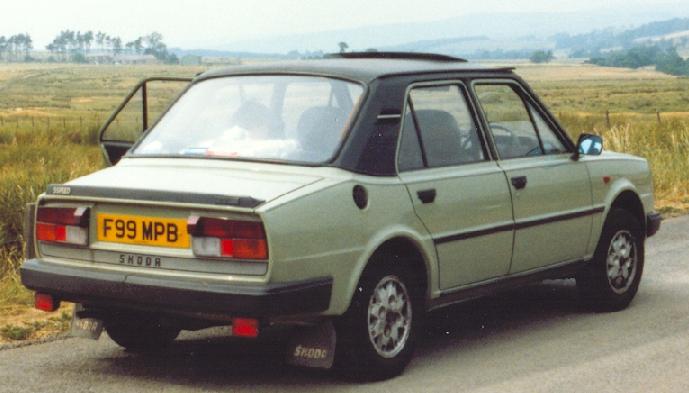 Škoda 130 estelle
Škoda 130 estelle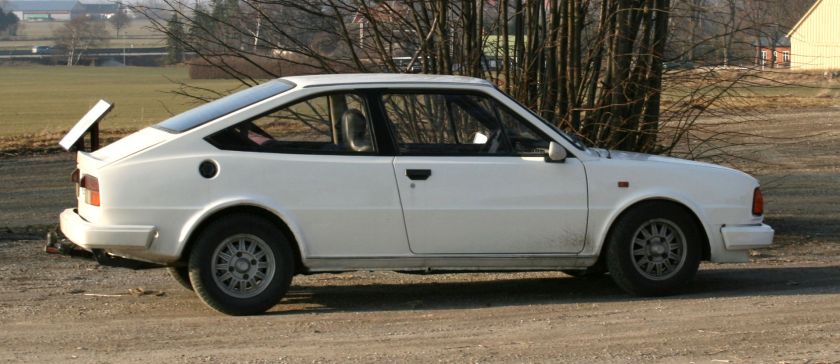 1985 Škoda Rapid 130
1985 Škoda Rapid 130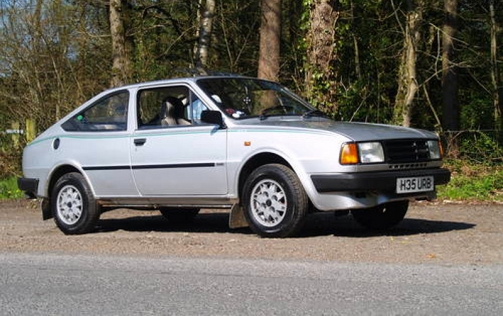 1985 Škoda Rapid 135 RiC
1985 Škoda Rapid 135 RiC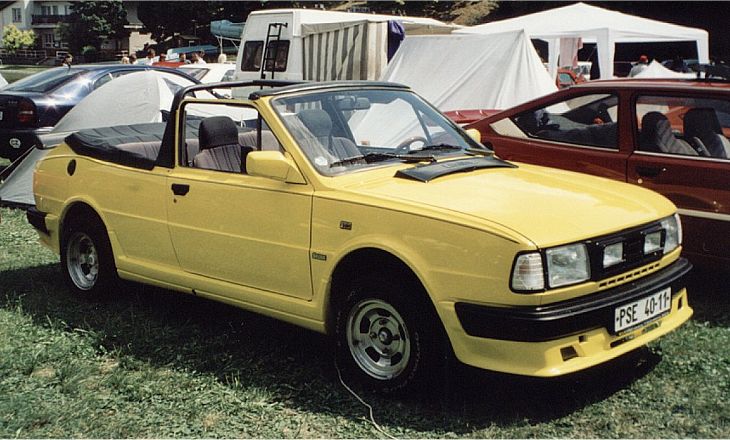 Škoda Rapid 136 LDD Estelle Cabrio Škoda 130/135/136 (1984–1990)
Škoda Rapid 136 LDD Estelle Cabrio Škoda 130/135/136 (1984–1990)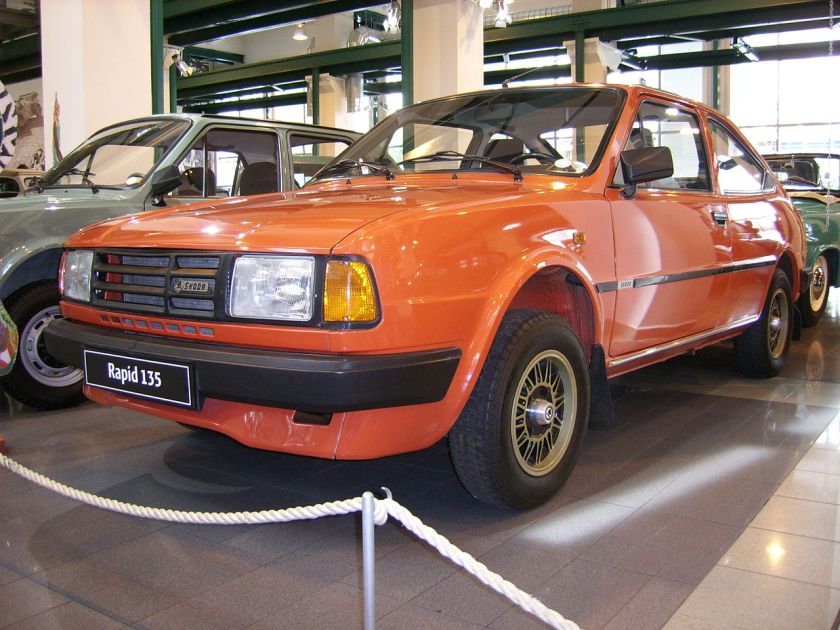 Škoda Rapid (1984) (1984–1990)
Škoda Rapid (1984) (1984–1990)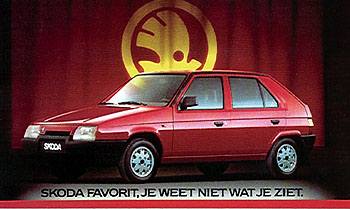 1989 Škoda Favorit
1989 Škoda Favorit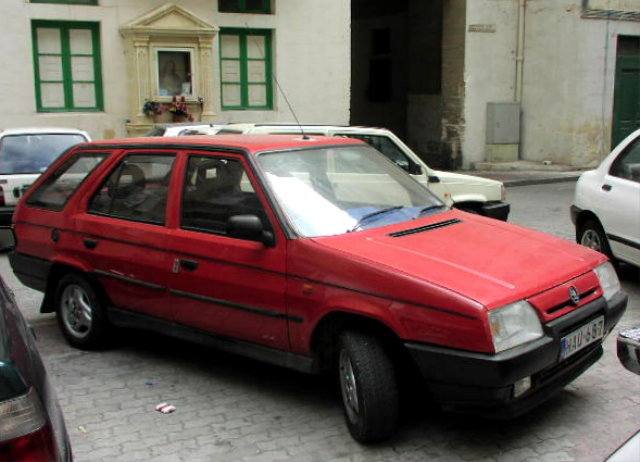 Škoda Forman
Škoda Forman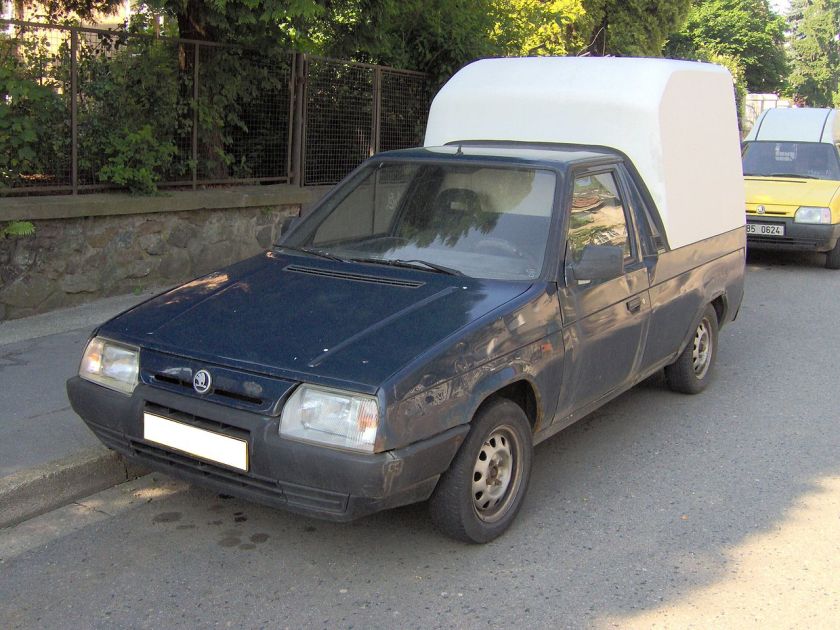 Škoda Pick-up, Brno, Czech Republic Škoda Favorit/Forman/Pick-up (1987–1995)
Škoda Pick-up, Brno, Czech Republic Škoda Favorit/Forman/Pick-up (1987–1995)
1990s
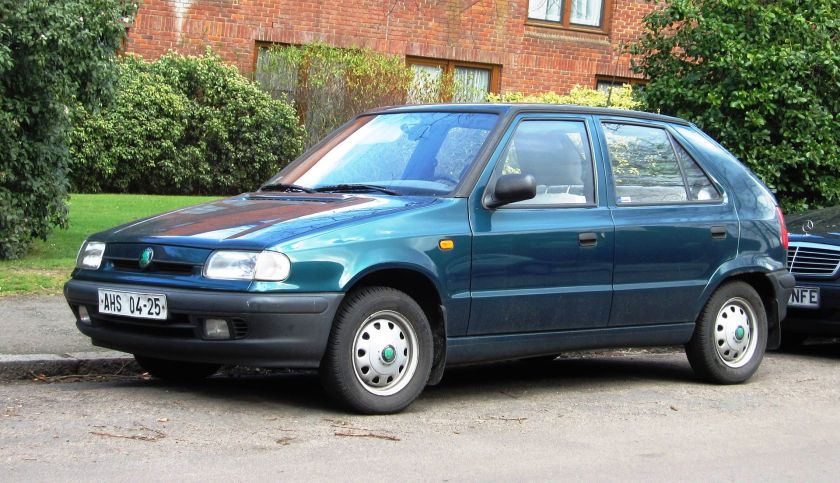 Škoda Felicia (1994–2001)
Škoda Felicia (1994–2001)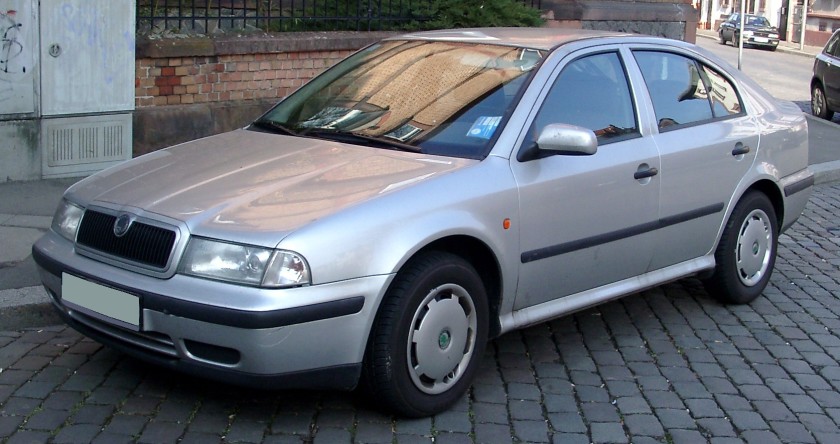 Škoda Octavia first generation (1996–2004,
Škoda Octavia first generation (1996–2004,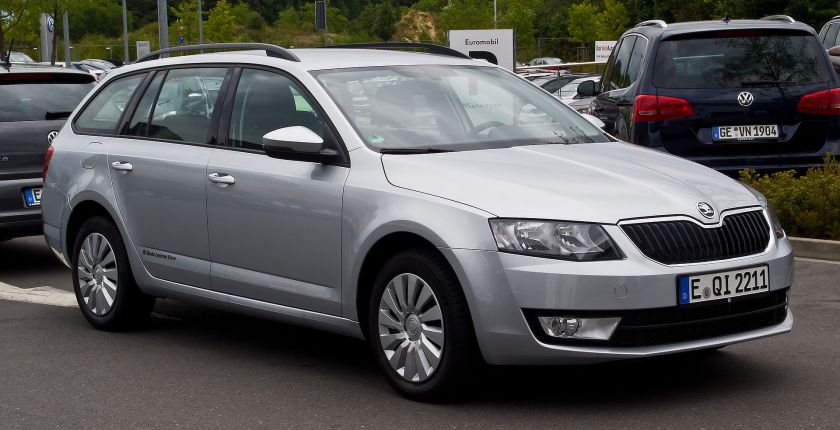 Tour 2004–2010)
Tour 2004–2010)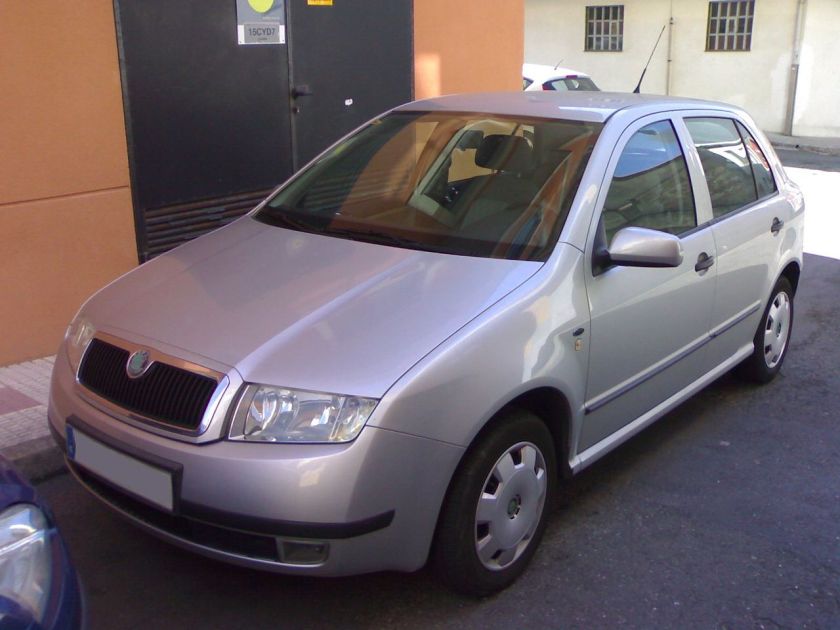 Škoda Fabia first generation (1999–2007)
Škoda Fabia first generation (1999–2007)
2000s
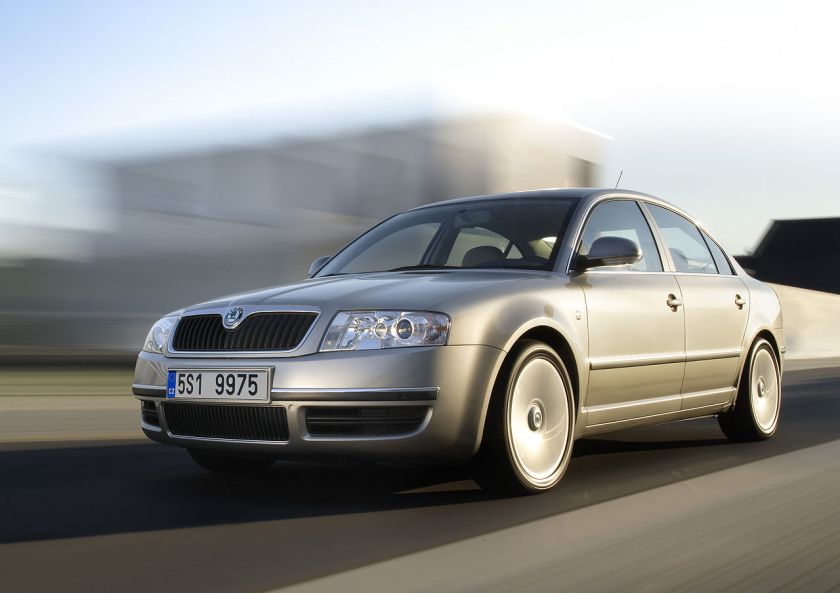 Škoda Superb first generation (2001–2008)
Škoda Superb first generation (2001–2008)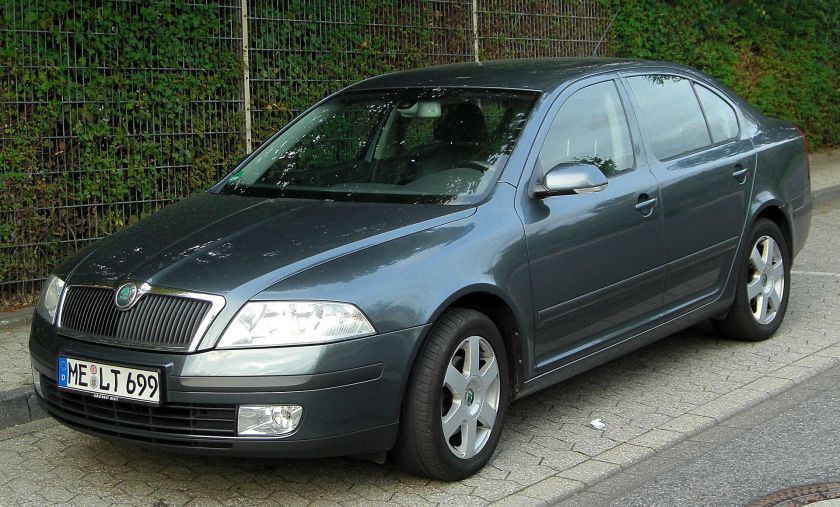 Škoda Octavia second generation {2004-2013}
Škoda Octavia second generation {2004-2013}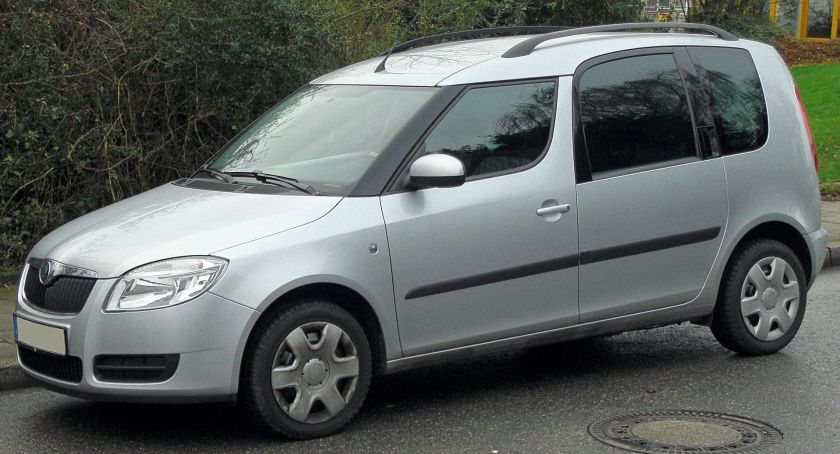 Škoda Roomster/Praktik – LAV (2006–2015)
Škoda Roomster/Praktik – LAV (2006–2015)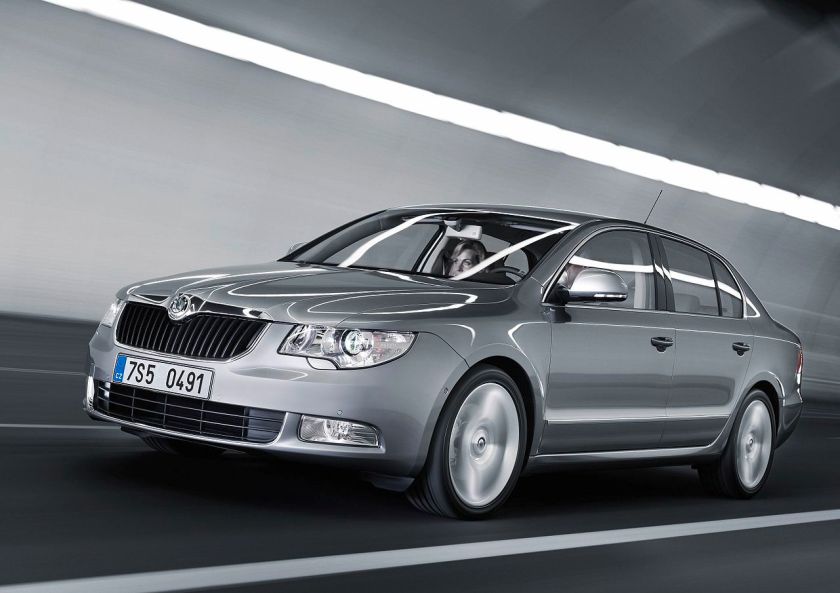 Škoda Superb second generation (2008–2015)
Škoda Superb second generation (2008–2015)
Concept cars
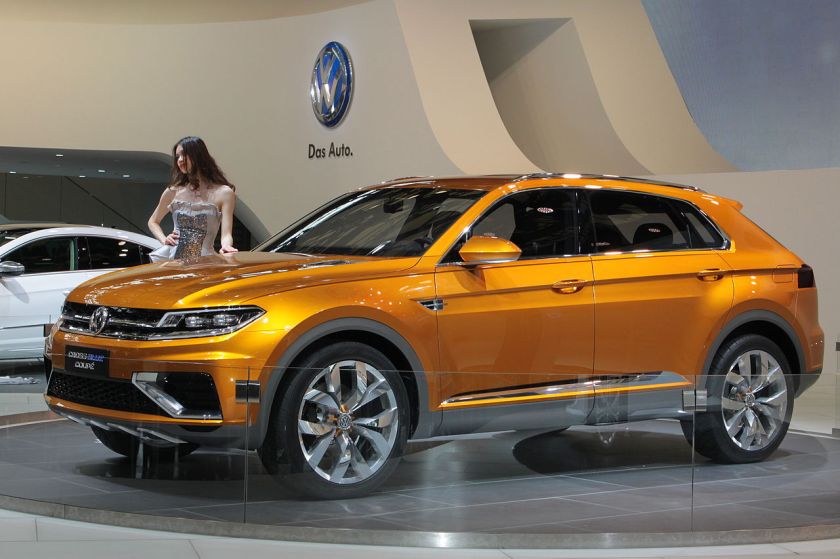 Škoda SUV model (2016)
Škoda SUV model (2016)
- Vision C (2013)
- MissionL (2011)
- Vision D (2011)
- Fabia Super (2007)
- Joyster (2006)
- Yeti II (2006)
- Roomster (2003)
- Tudor (2002)
- Fabia Paris Edition (2002)
- Ahoj (2002)
- Felicia Golden Prague (1998)
- 783 Favorit Coupé (1987)
- Škoda 110 Super Sport Ferat (1971)

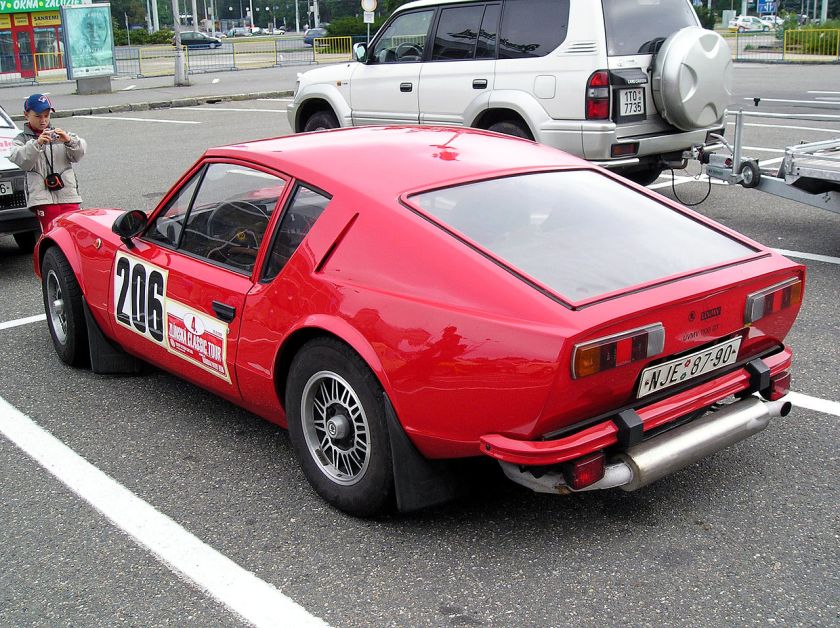 Škoda 1100 GT (1968)
Škoda 1100 GT (1968)
- Škoda 720 (1967–1972)
- Škoda F3 (1964)
- Škoda 1100 Type 968 (1958)
- Škoda 973 Babeta (1949)
-
ŠKODA Joyster
Video’s and ads by You Tube:
Logo
In 1923, two different trademarks were registered at the Office for Innovation and Model Registration in Plzeň. The first depicted a winged arrow pointing to the right with five feathers in a circle and the second was a winged arrow with three feathers. The famous winged arrow with three feathers still forms the Škoda logo today. The ŠKODA text was added to the logo in 1936. The arrow represents speed, the wings progress and freedom, the eye precision and the circle unity, completeness, world and harmony.
See also
Bibliography
- Margolius, Ivan & Meisl, Charles (1992). Škoda Laurin & Klement. London: Osprey. ISBN 1-85532-237-4.
Notes
- Jump up^ More information about the Werner motor bicycles: Twycross, Tony (April 2005). “Auto Cycling, 1890s Style”. The Moped Archive.
- Jump up^ Includes sales of the Škoda Favorit, produced until 1995.
References
- ^ Jump up to:a b c “Record-breaking 2015: ŠKODA Delivers 1.06 Million Cars to Customers”. Retrieved 15 January 2016.
- ^ Jump up to:a b c ŠKODA Annual Report 2014 (PDF) (Report). Mladá Boleslav, Czech Republic: ŠKODA AUTO a.s. 10 March 2015. Retrieved 7 August 2015.
- Jump up^ Škoda history Official website
- Jump up^ “Alle VW-Konzernmodelle Teil 3: Seat und Skoda” (in German). Autozeitung.de. Retrieved 28 August 2011.
- Jump up^ “Volkswagen mulls emerging markets brand to take on Dacia”. GoAutoMedia. 2 November 2010.
- Jump up^ Skoda Auto with profit up 6.5 pct to record EUR708m in 2015
- ^ Jump up to:a b c Julian Rendell. Skoda electric vehicle under development. Autocar. Published on March 16, 2016.
- Jump up^ “Digitální továrna společnosti Škoda Auto” (in Czech). Automa. December 2012.
- Jump up^ Piotr S. Wandycz, ‘The Price of Freedom: A History of East Central Europe from the Middle Ages to The Present’, (London, 1992), p. 171
- ^ Jump up to:a b c “Český průmyslový svět – 1905”. Digital library of the National Library ČR.
- Jump up^ “Skoda Works”. classiccar4you.
- Jump up^ “Skoda Company History”. CarAutoPortal.com. Retrieved 10 August 2009.
- ^ Jump up to:a b c Králík, Jan (2008), V soukolí okřídleného šípu, Grada Publishing a.s., pp. 19–22
- Jump up^ Pavlínek, Petr (2008). A Successful Transformation? Restructuring of the Czech Automobile Industry. Physica-Verlag. doi:10.1007/978-3-7908-2040-9. ISBN 978-3-7908-2039-3.
- Jump up^ HELL FROM HEAVEN – Chapter 35 – Mission 31 – Pilsen, Czechoslovakia – Our Last Combat Mission – April 25, 1945 – By Leonard Streitfeld, Bombardier, 600th Squadron. 398th.org (1945-04-25). Retrieved on 2013-07-16.
- Jump up^ Paul Burrows (13 March 2008). “Czech-in time for Skoda”. AVHub.
- Jump up^ “Skoda has last laugh”. BBC News. 24 February 2000.
- Jump up^ Mladá Boleslav (6 October 2004). “ŠKODA AUTO a.s.” (PDF). Volkswagen Group.
- Jump up^ “Skoda’s Marketing Success Goes From Strength To Strength”. Carpages. 17 December 2002.
- Jump up^ Kevin Massy (28 January 2008). “Skoda flagship to get VW’s premium nav system”. CNET Reviews. Retrieved 6 February2010.
- Jump up^ Jez Spinks (15 October 2007). “Skoda Octavia: first drive of the ‘budget’ VW”. Drive.com.au.
- Jump up^ Steve Kealy (16 February 2010). “Skoda Octavia Scout 4×4”. Carsales.com.au.
- Jump up^ “4. BRAND STRATEGY” (PDF). The Chartered Institute of Marketing. 7 April 2003. pp. 22–23. Archived from the original(PDF) on 29 October 2008.
- Jump up^ Paul McVeigh (2 November 2010). “Automotive News Europe”. Automotive News Europe.
- Jump up^ “Automotive News Europe”. Automotive News Europe. 12 February 2012.
- Jump up^ “The Prague Post”. The Prague Post. 2 March 2011.
- Jump up^ Matt Prior. “Autocar”. Autocar.
- Jump up^ “RT”. RT. 14 June 2011.
- ^ Jump up to:a b Alexander Rogan (6 December 2012). “Russia Suppy Chain”. Russia Suppy Chain.
- Jump up^ “Volkswagen”. Volkswagen. 21 November 2013.
- Jump up^ Tim Harrup (11 May 2012). “FleetEurope”. FleetEurope.
- Jump up^ Karthik H (30 December 2013). “Indian Autos Blog”.
- Jump up^ “VW scandal: German prosecutors probe Winterkorn as Volkswagen emissions-rigging crisis spreads to 2.1 million Audi cars and Skoda models”. Retrieved 2015-09-28.
- Jump up^ Skoda wins top JD Power honours for dependability
- Jump up^ Auto Express, Skoda’s large SUV spied testing again
- Jump up^ “Kodiaq moment: snapshots of Skoda’s 7-seat SUV”. CAR magazine. 29 July 2016.
- Jump up^ Václav Lavička. Nenápadná Škoda je ziskovější než hrdá Audi. Ostatním v koncernu může sloužit za vzor, tvrdí německý tisk. Hospodářské noviny. Published on August 1, 2016.
- Jump up^ “Case study: Skoda”. Tcworld.info. December 2008. Archived from the original on 10 February 2011.
- Jump up^ “GENERAL PRESENTATION ŠKODA 2008” (PDF). Institute for Industrial and Financial Management. p. 15. Retrieved 28 August2011.
- Jump up^ “ŠKODA AUTO a.s.” (PDF). Prague: Volkswagen Group. 21 June 2004.
- Jump up^ vwagfy2012 (PDF). 15 March 2013. Retrieved 15 March 2013.
- Jump up^ “ŠKODA 2013: Success with new models”. Retrieved 27 January 2014.
- Jump up^ “Škoda Annual Report 2015” (PDF). Škoda.
- Jump up^ “Škoda Octavia vRS je nejrychlejším dvoulitrem světa” [Skoda Octavia VRS is the fastest two-liter in the world] (in Czech). IHNED.cz. 28 August 2011.
- Jump up^ Plzeňská Škodovka změnila logo
- Jump up^ Na šumperském Parsu se skví legendární logo s okřídleným šípem a nápis Škoda

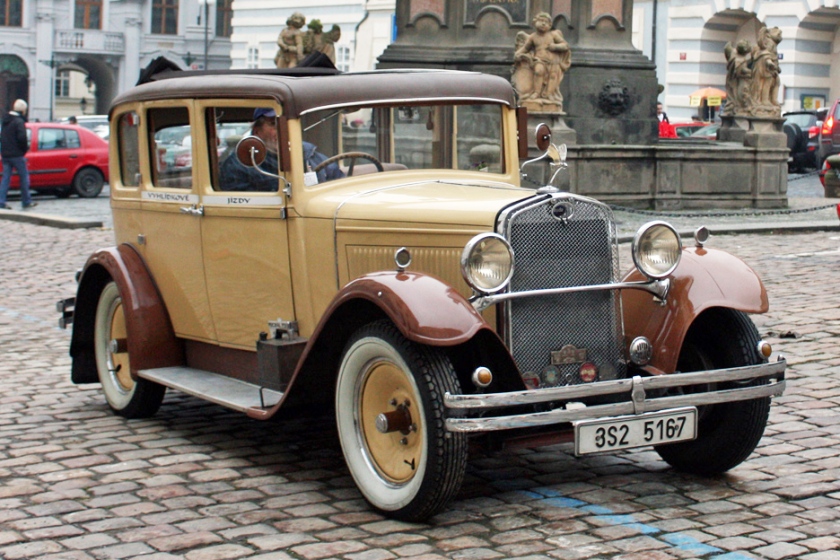
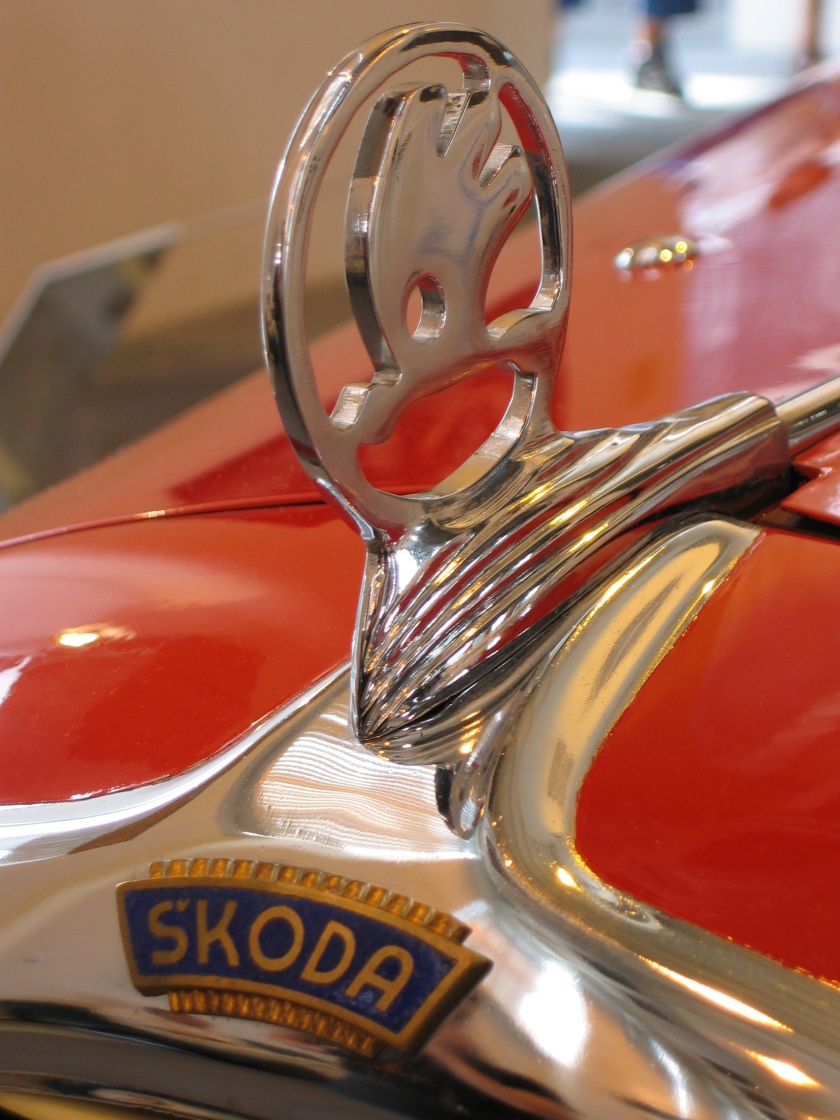
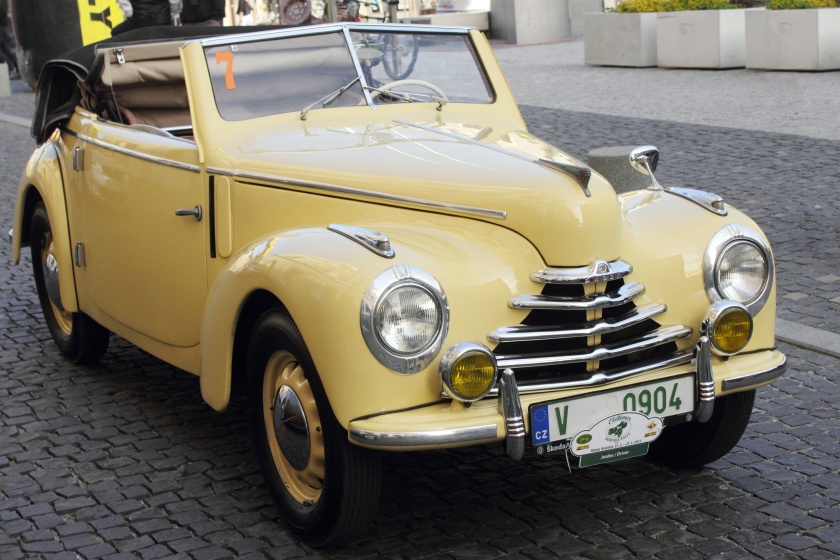
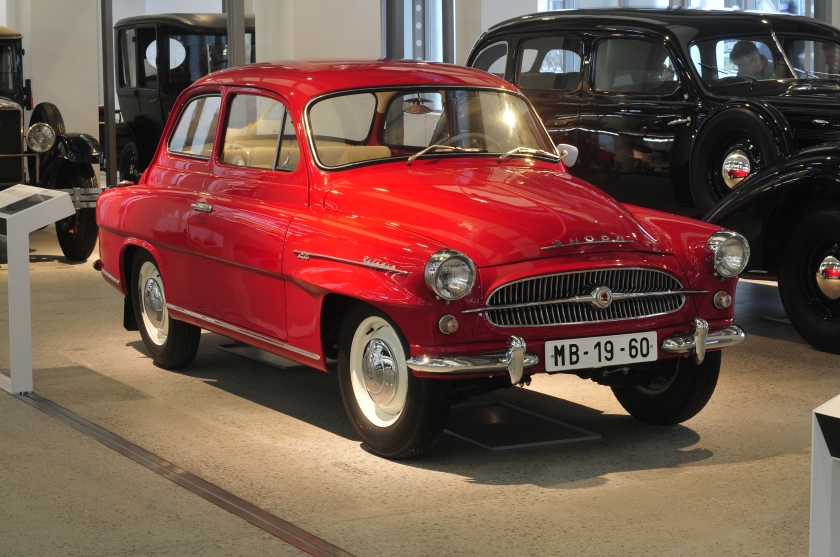

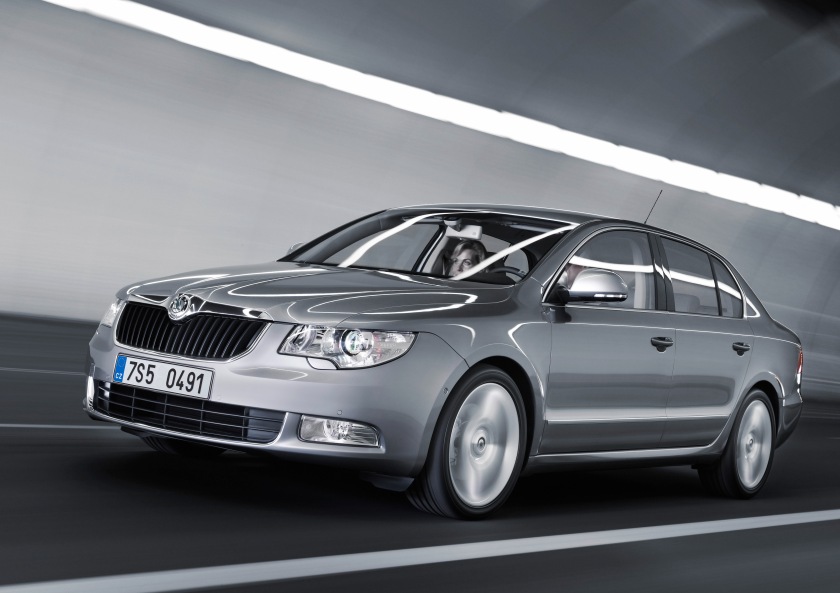
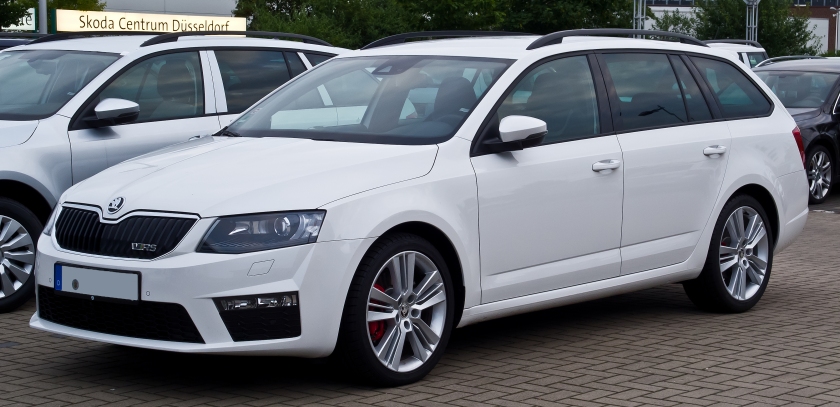
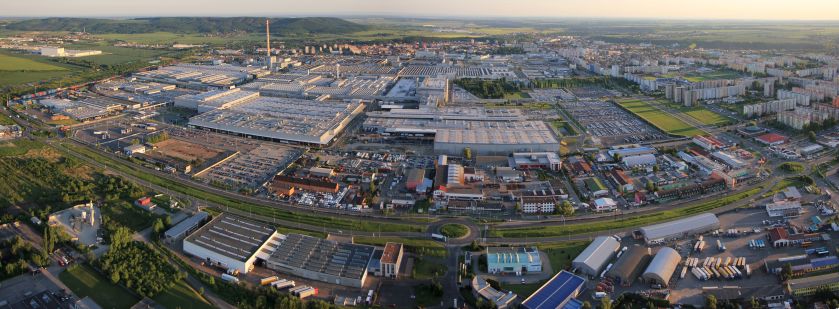

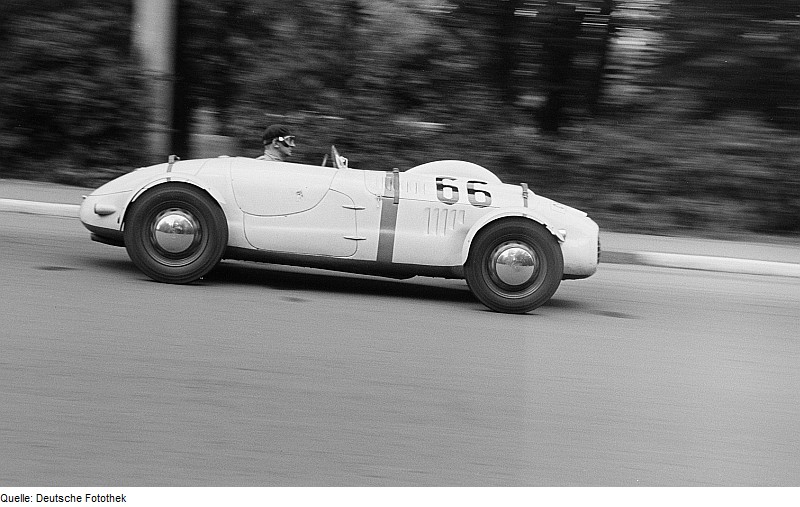
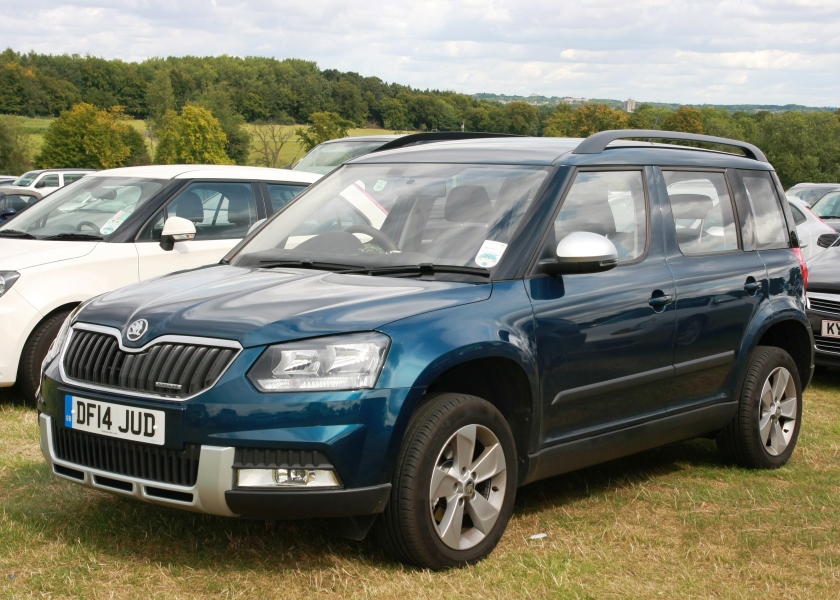
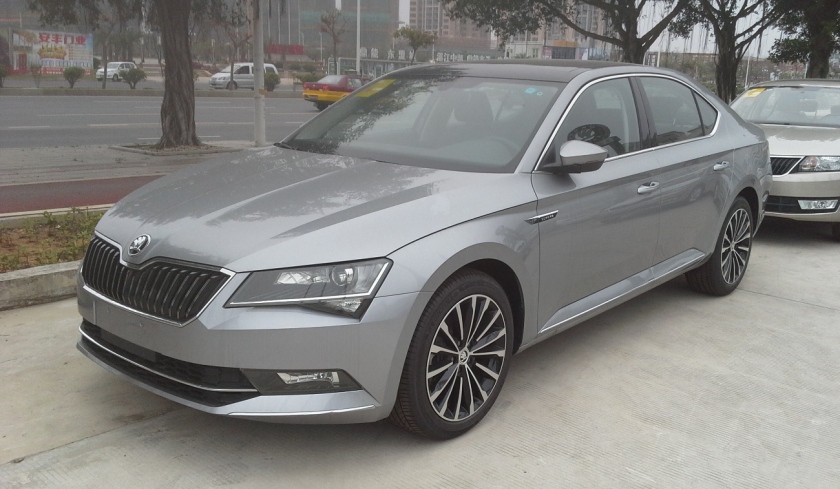
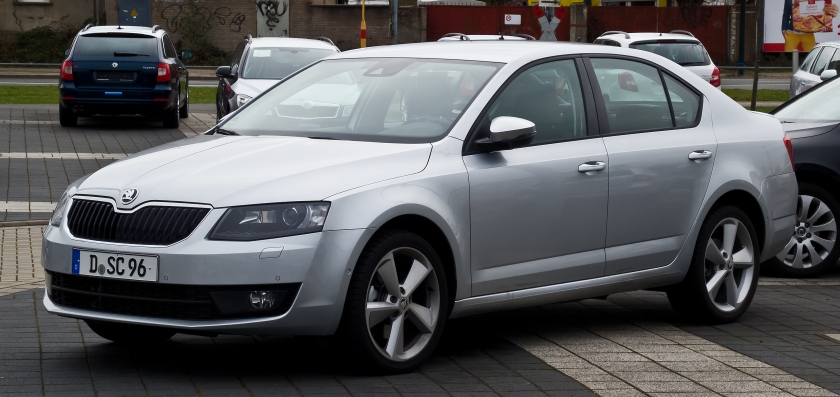
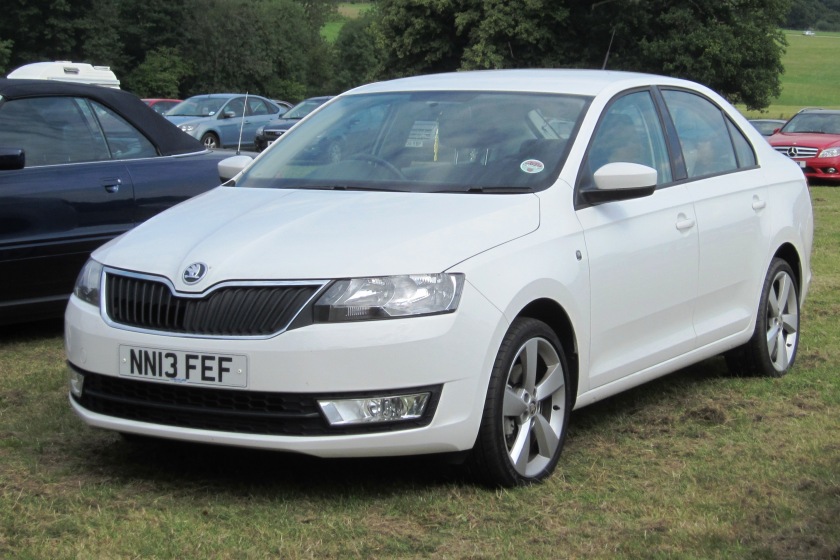
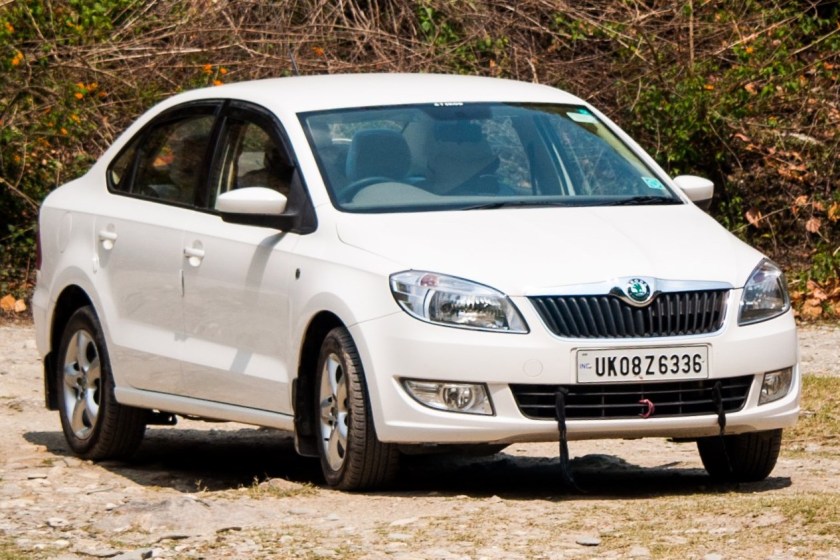
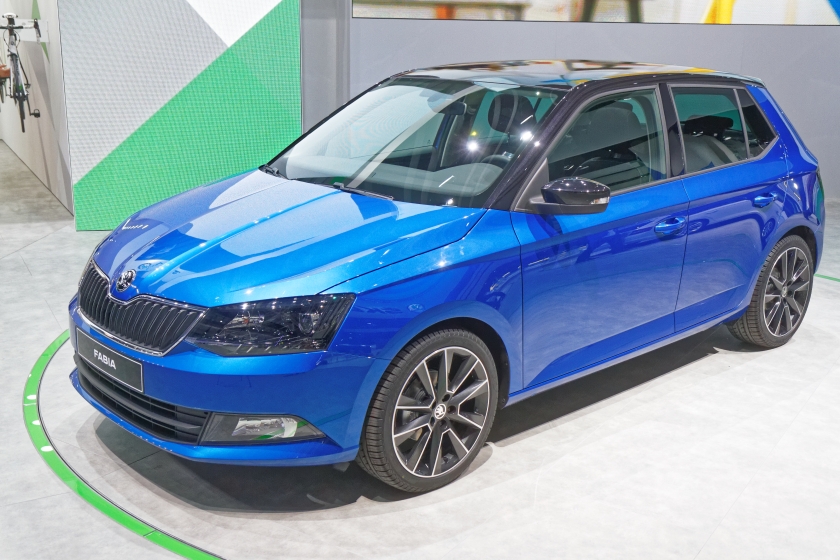
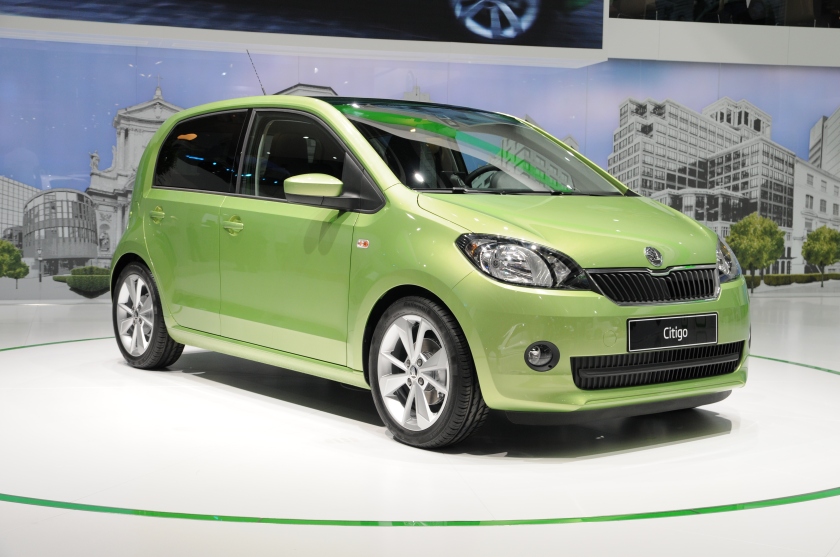
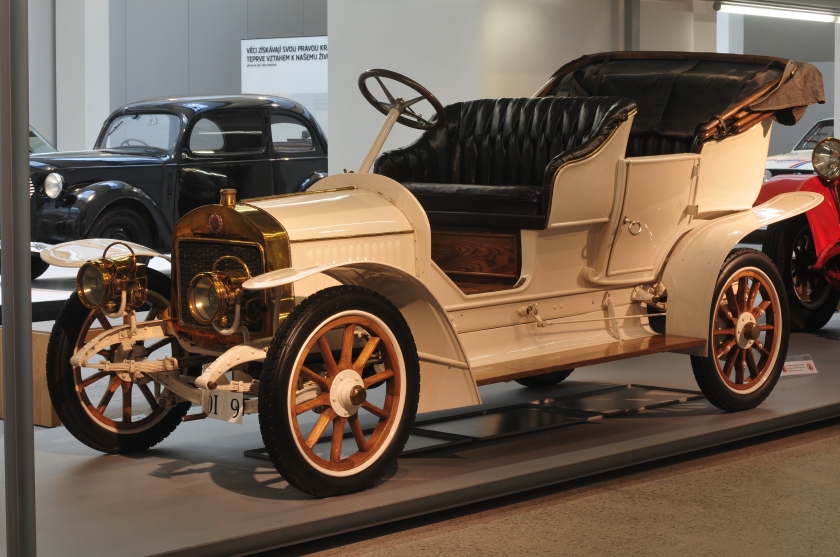
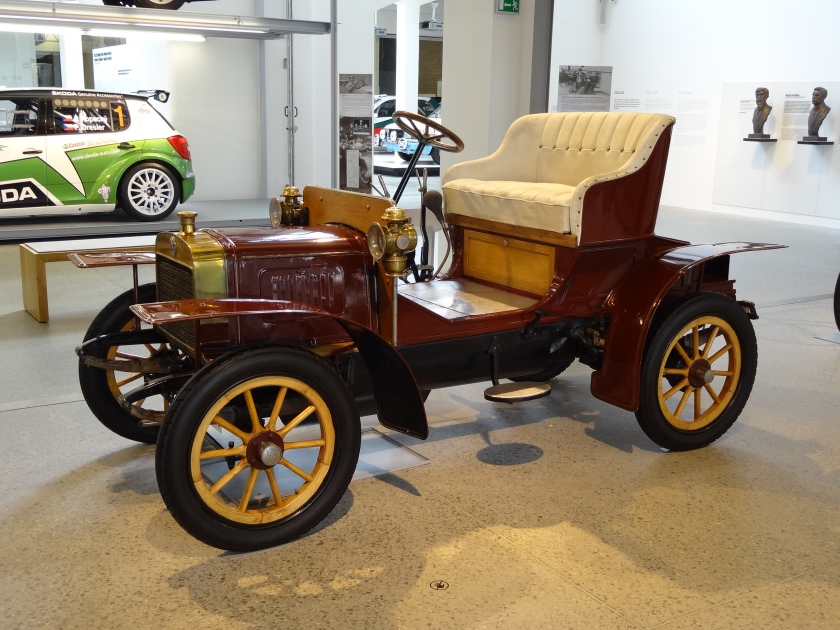
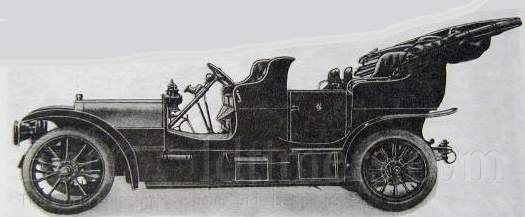
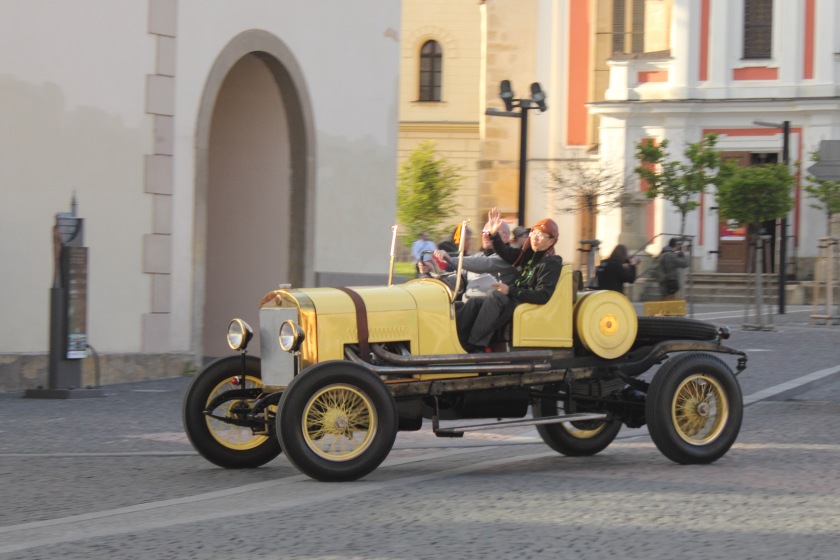
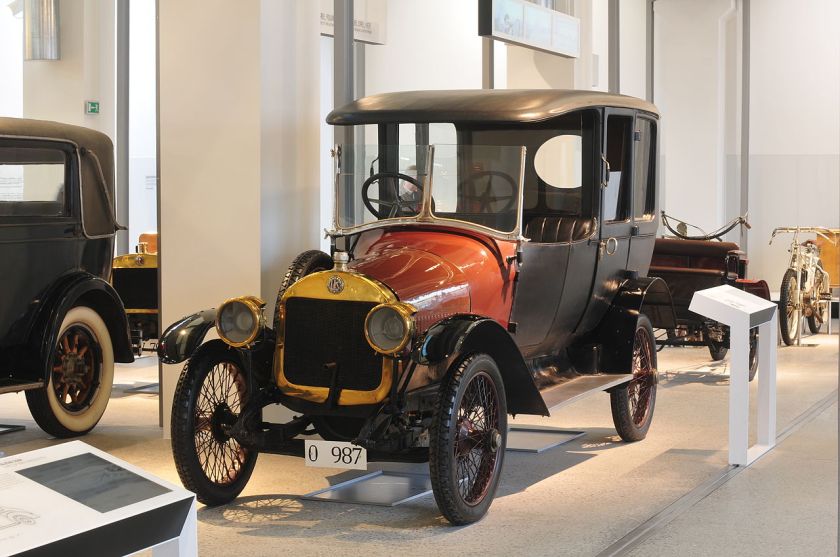
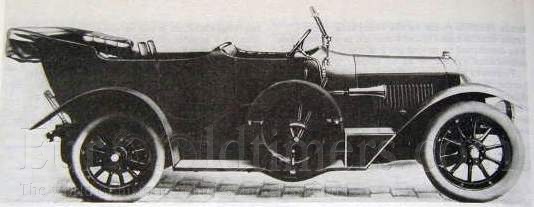
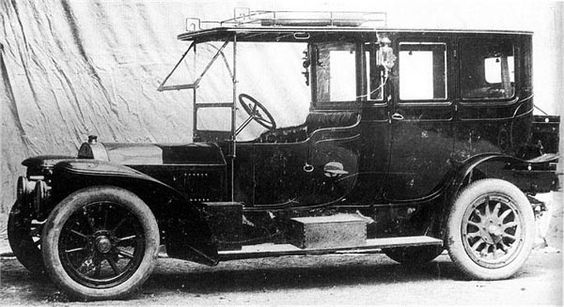
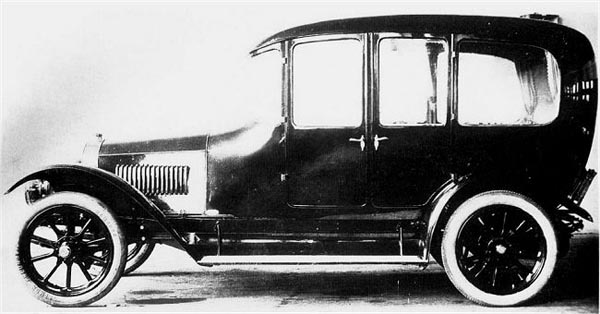
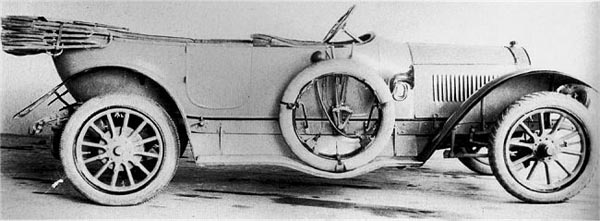
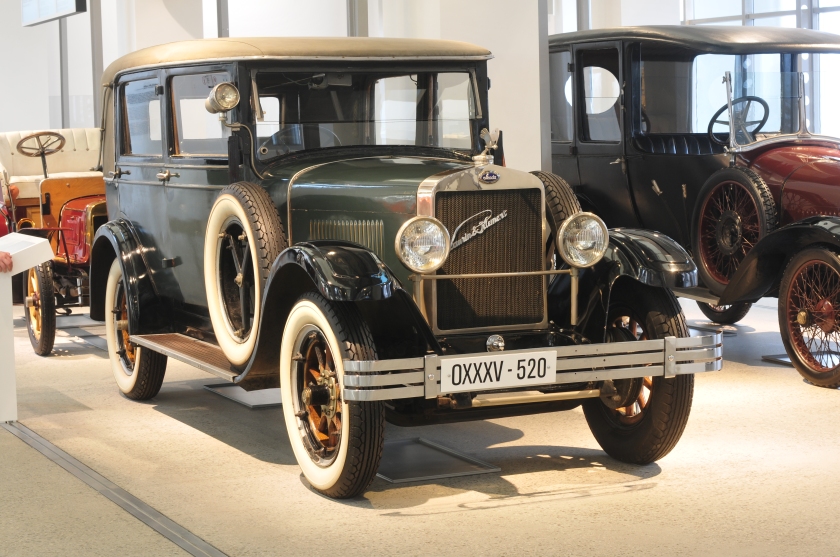
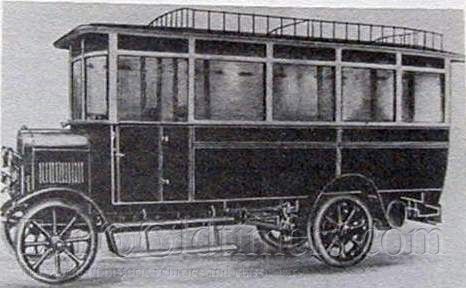
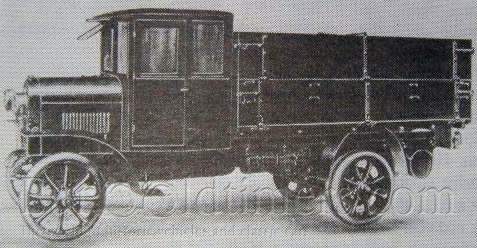

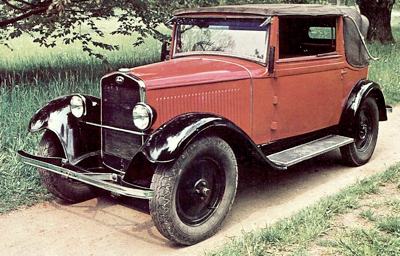
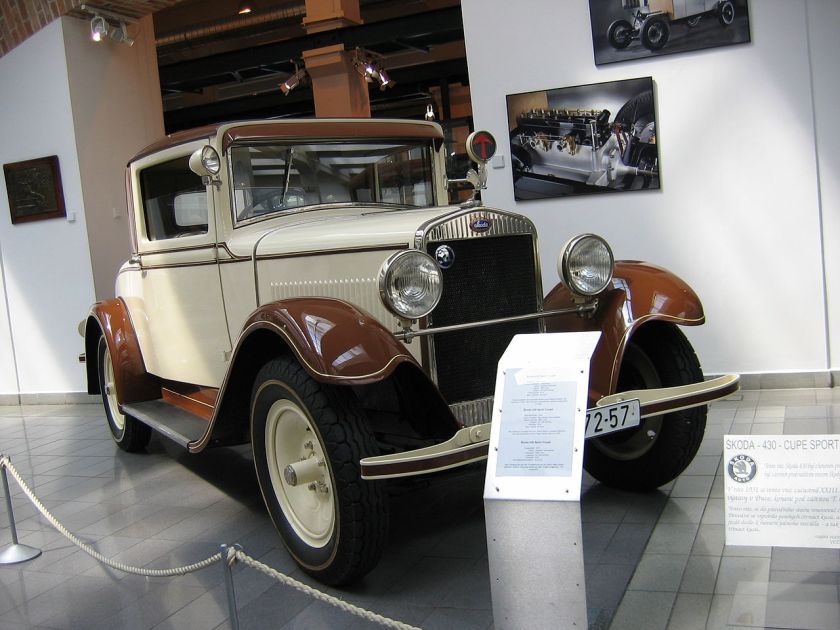
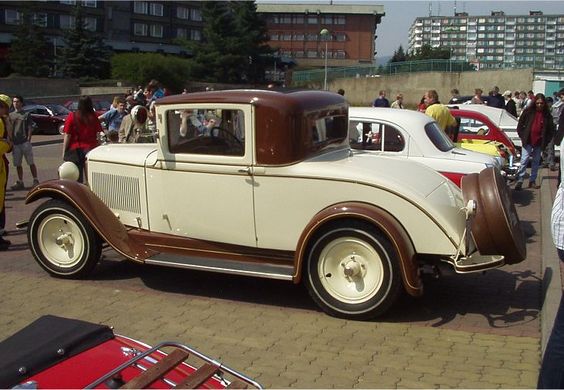
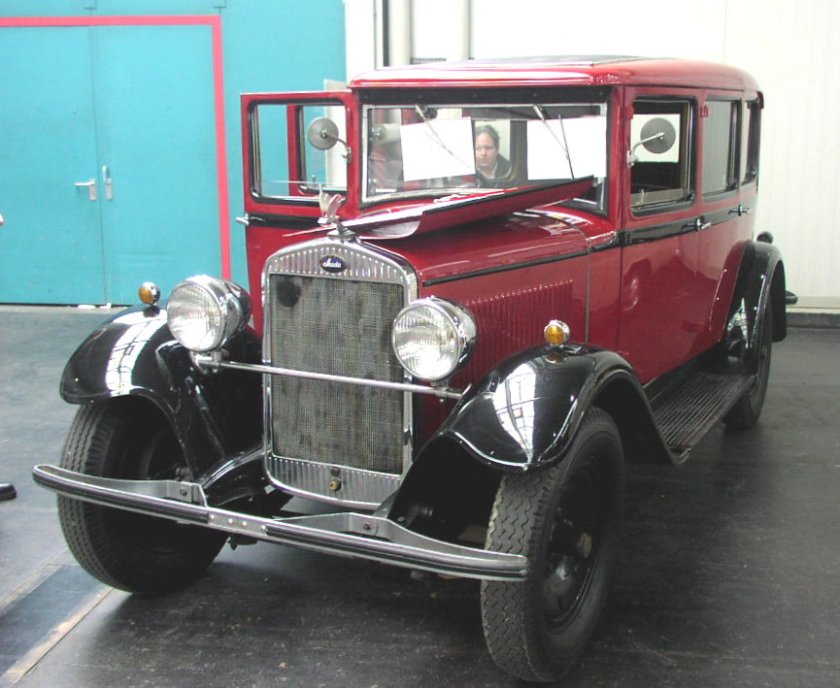
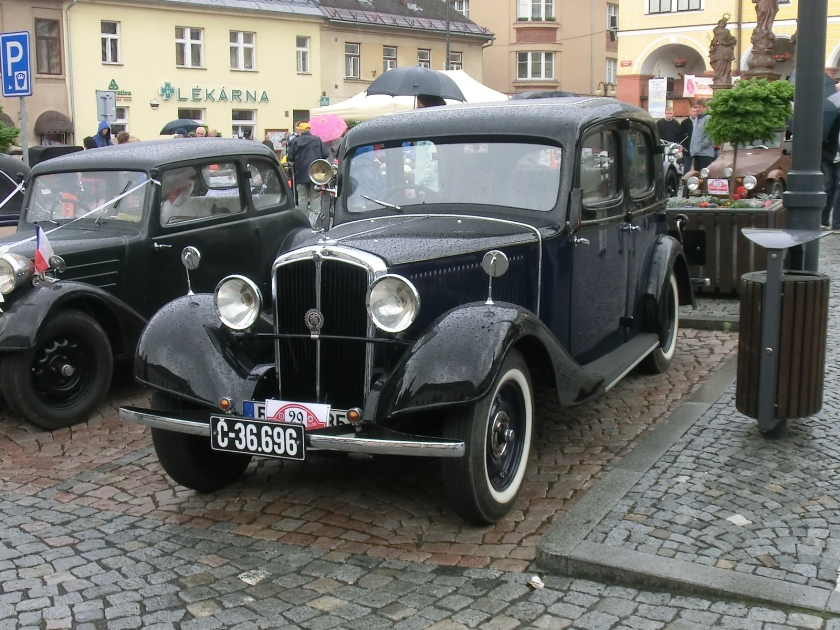
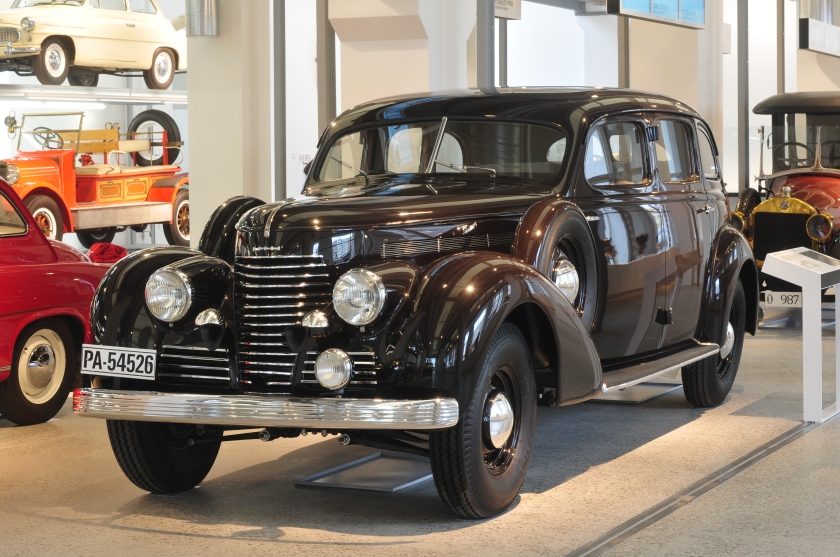

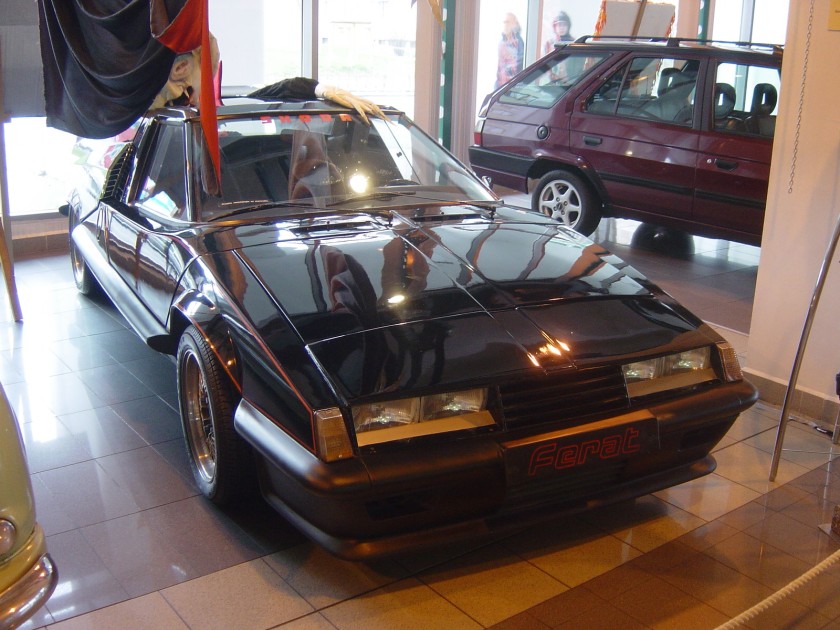
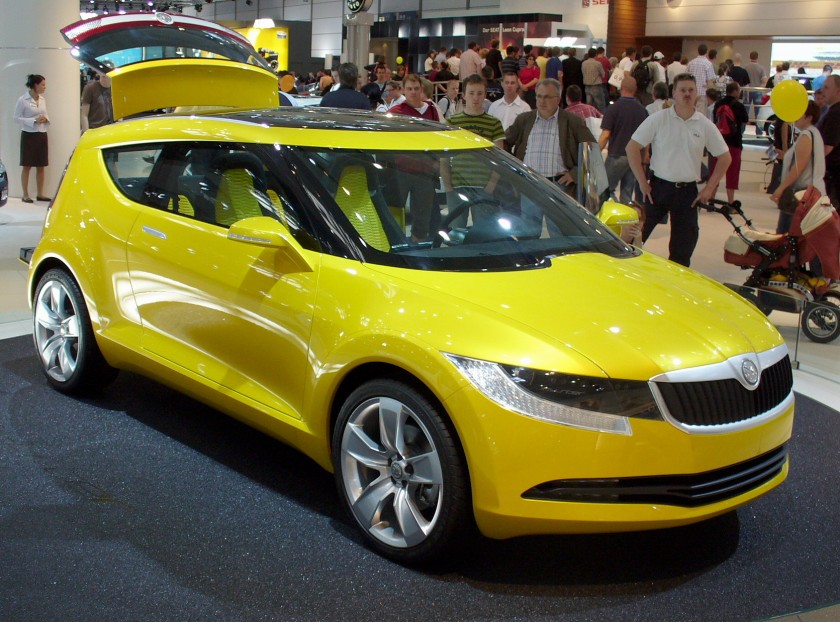

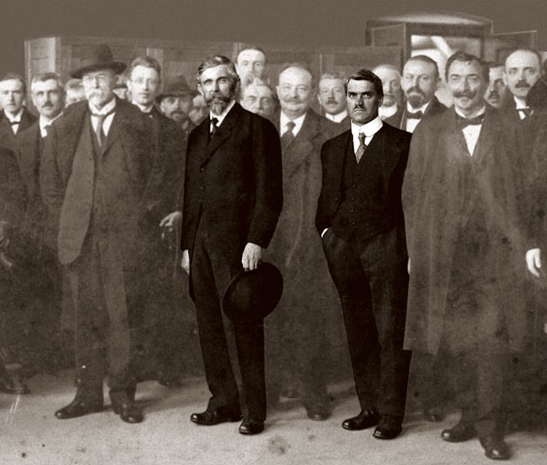
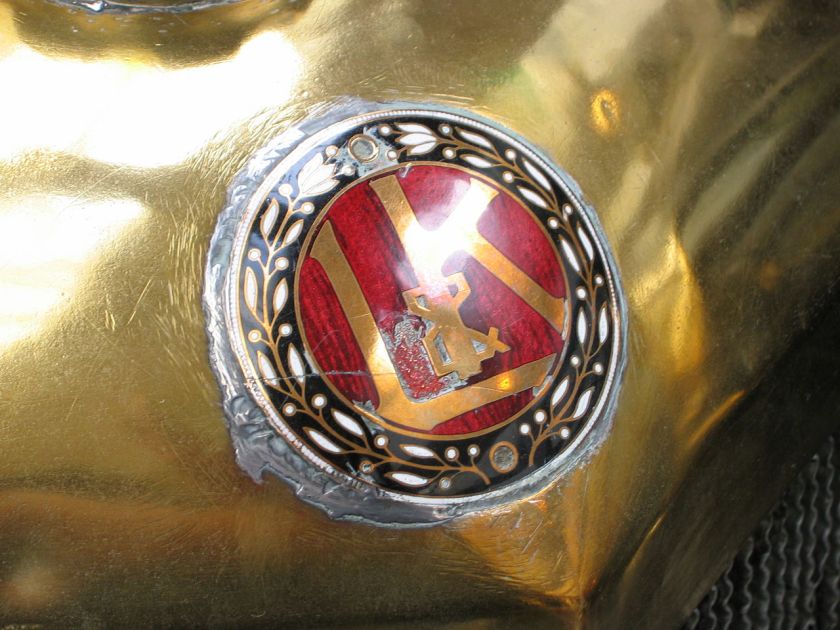
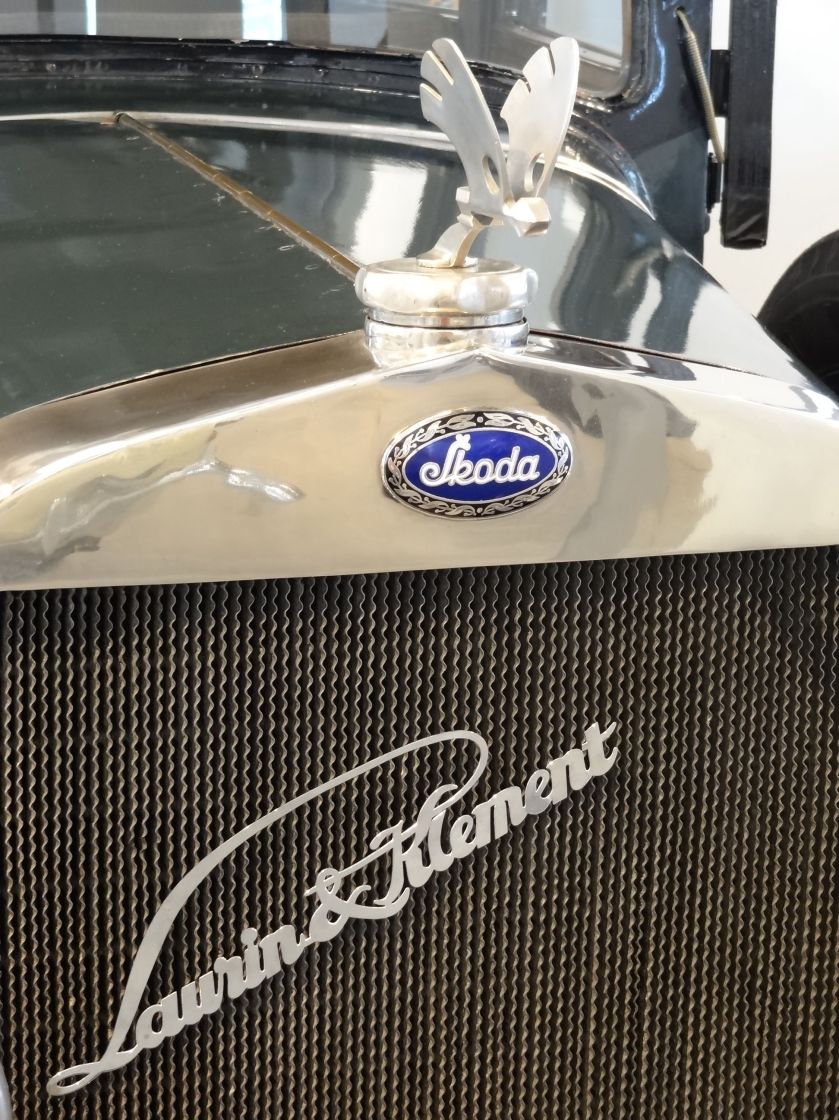
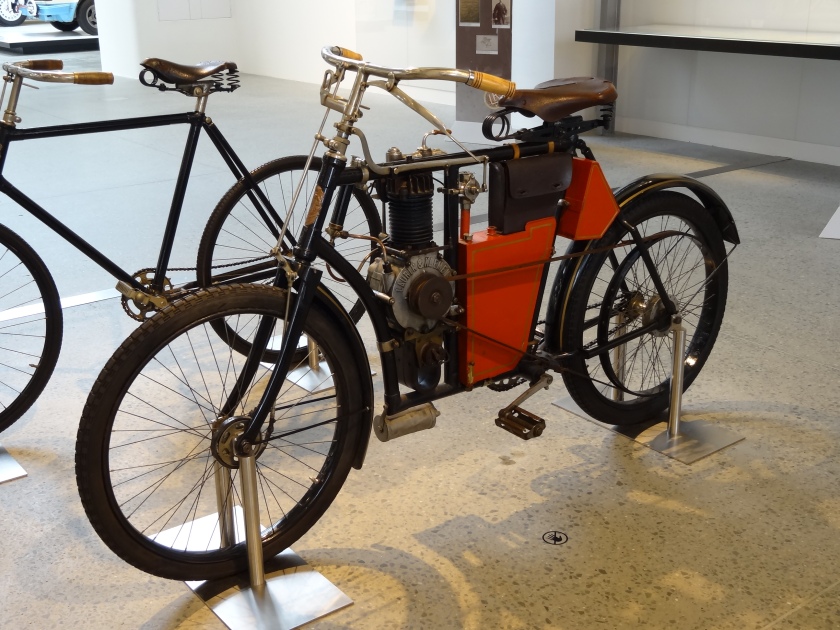
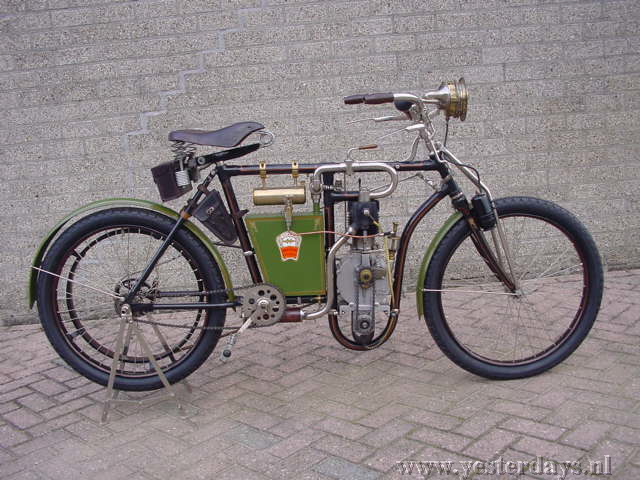 1903 (Laurin & Klement) Slavia BZ 400 cc
1903 (Laurin & Klement) Slavia BZ 400 cc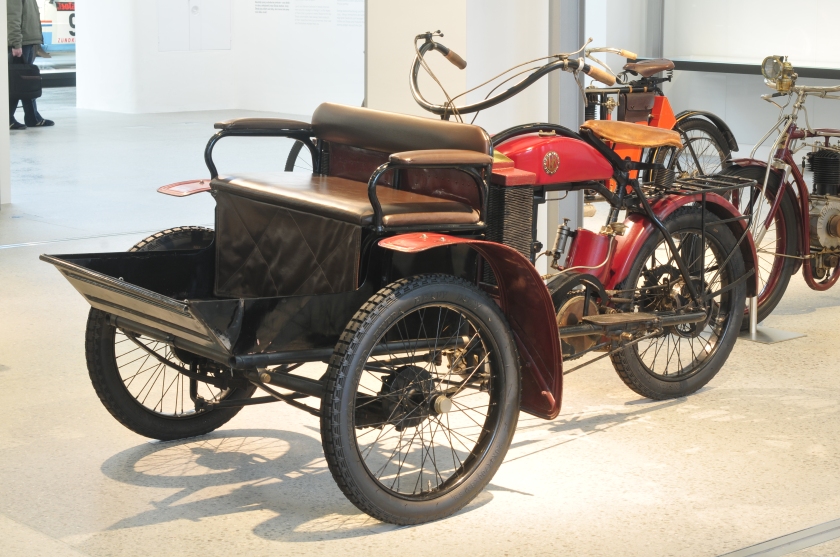

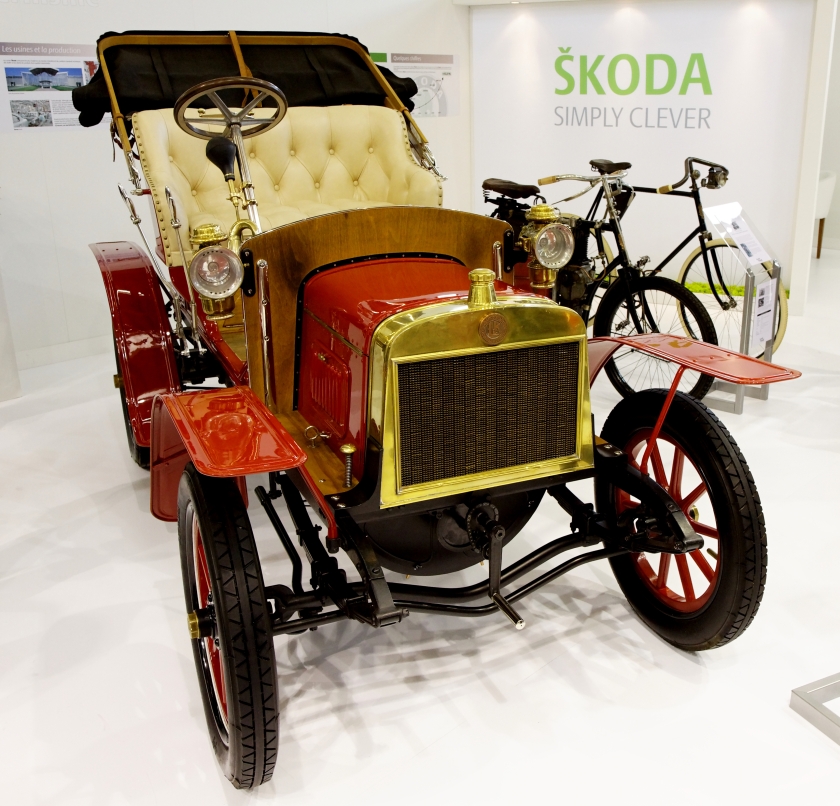


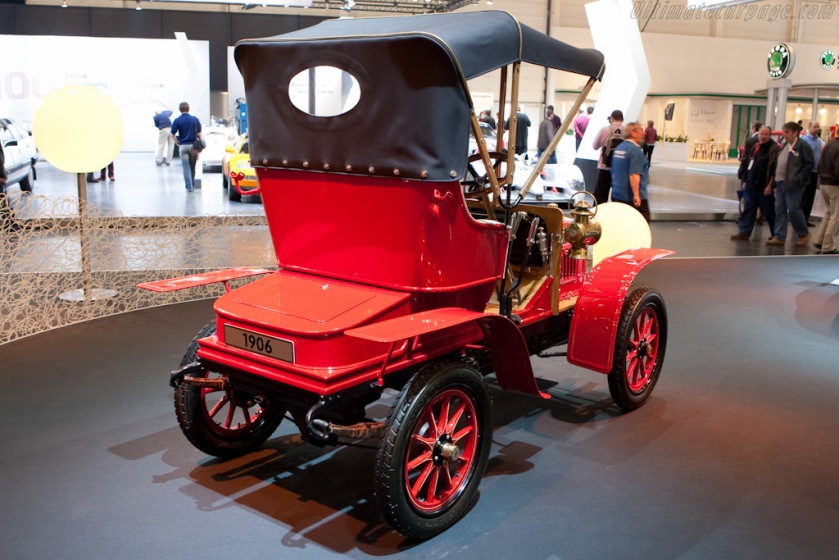
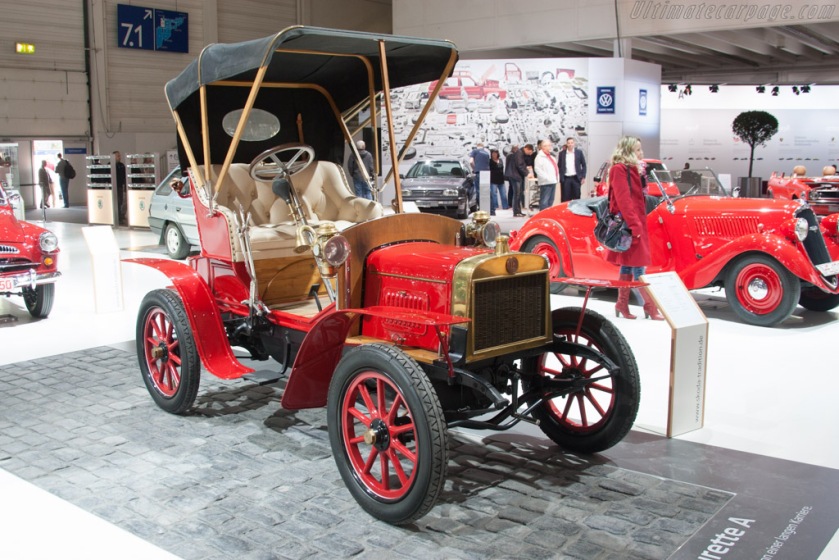
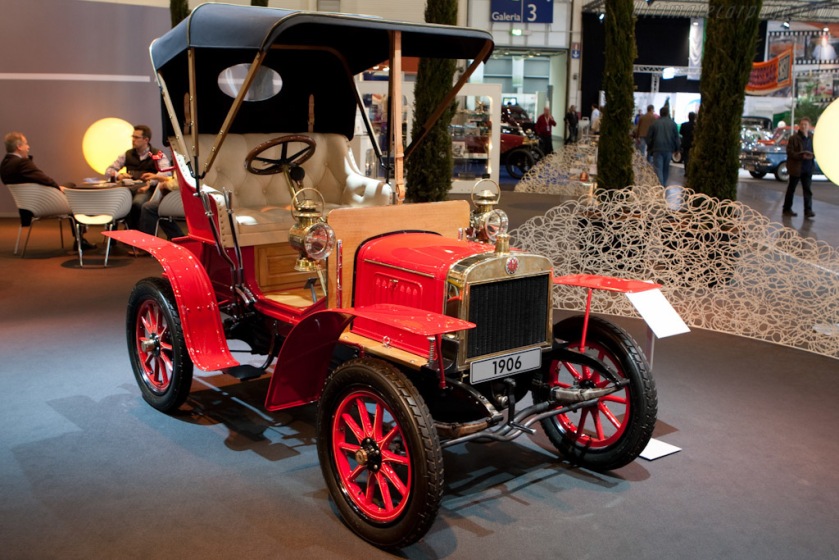

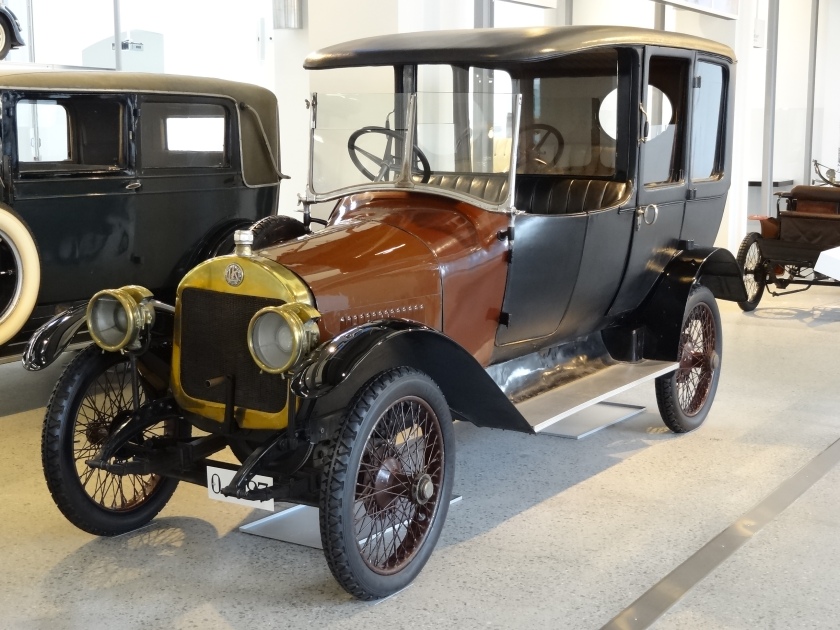
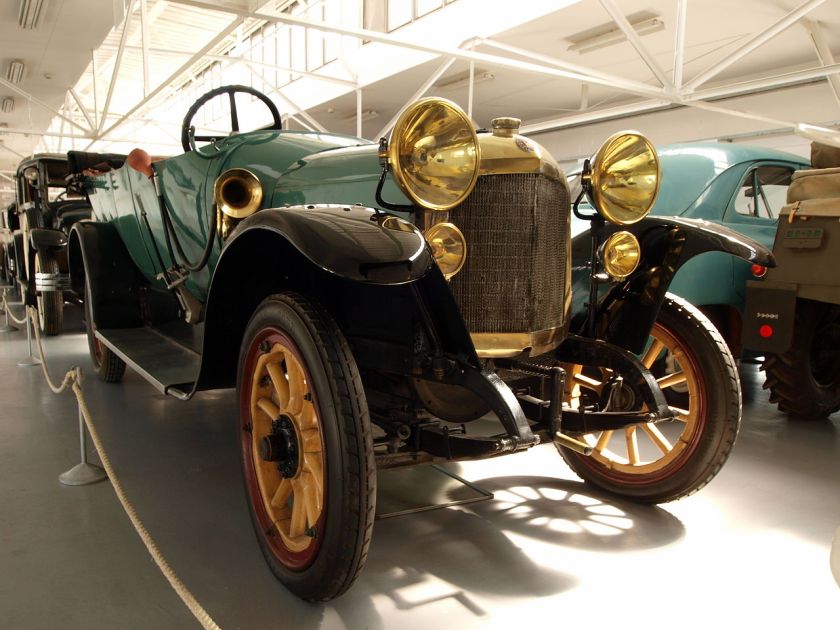
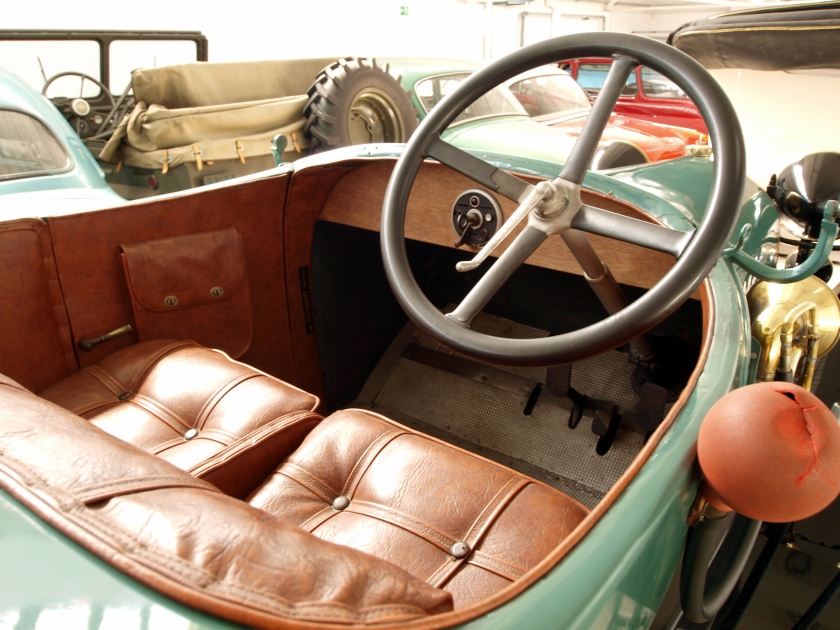
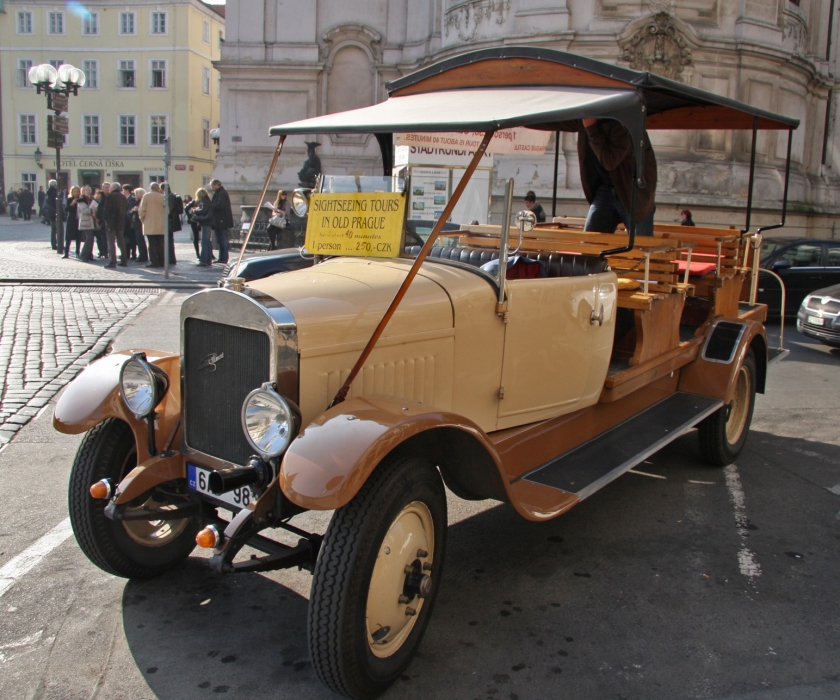
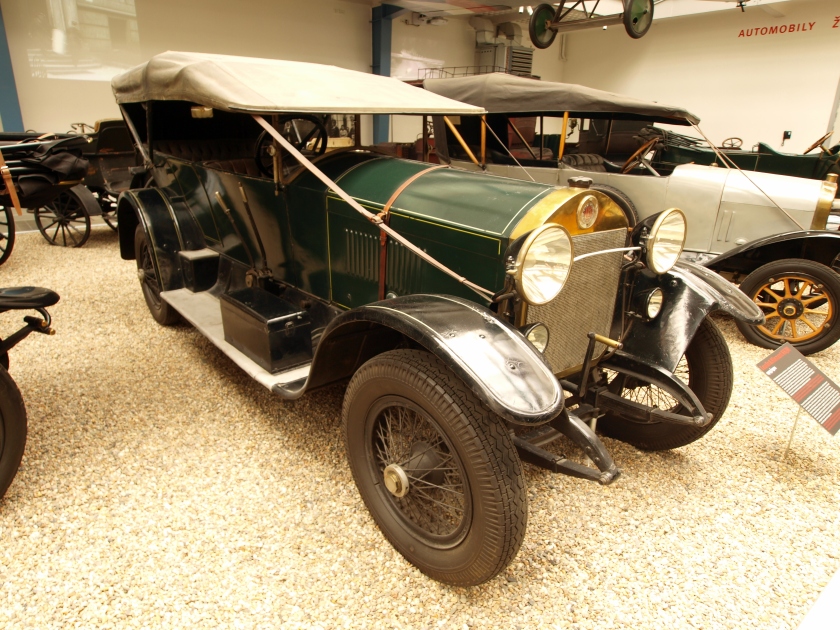
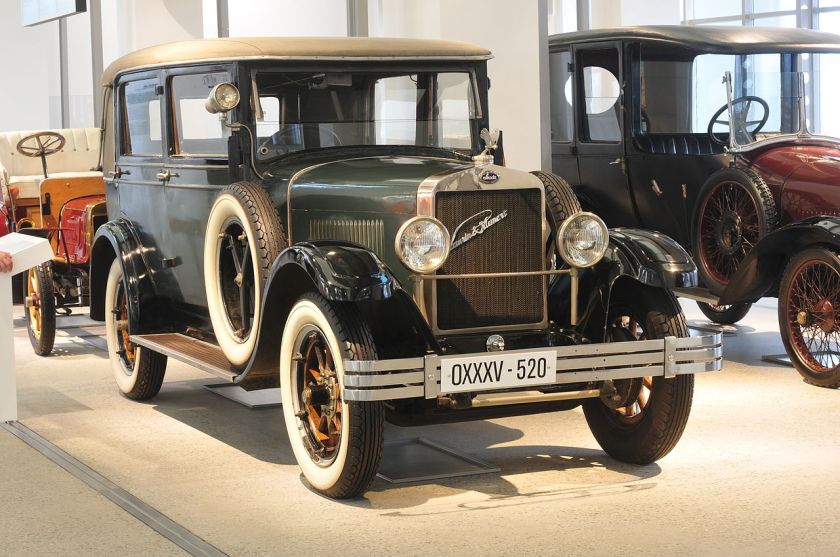
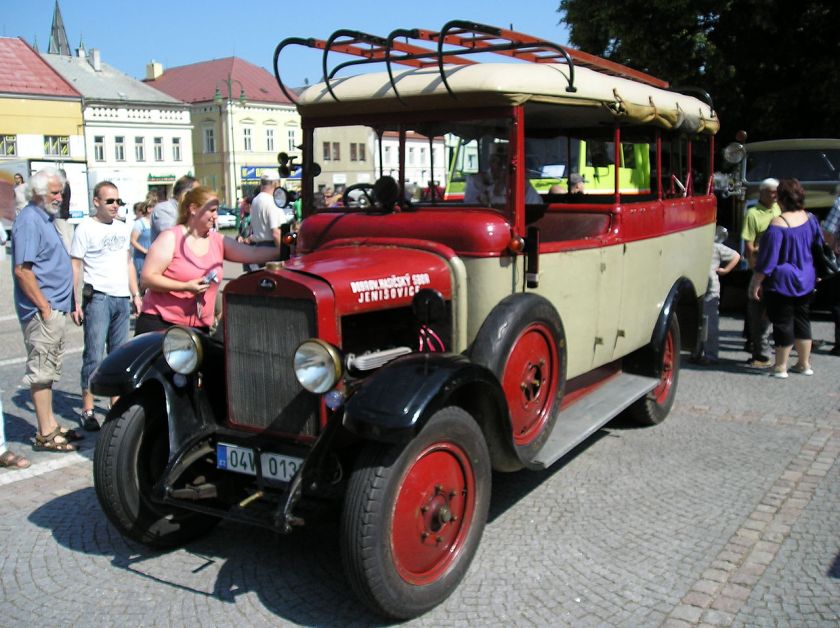 1927 Laurin & Klement – Škoda 125
1927 Laurin & Klement – Škoda 125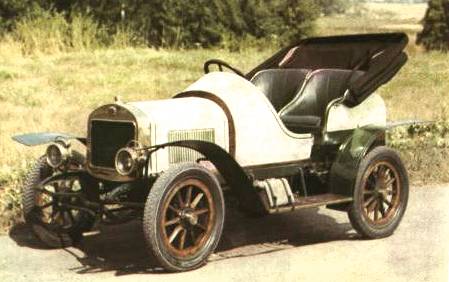
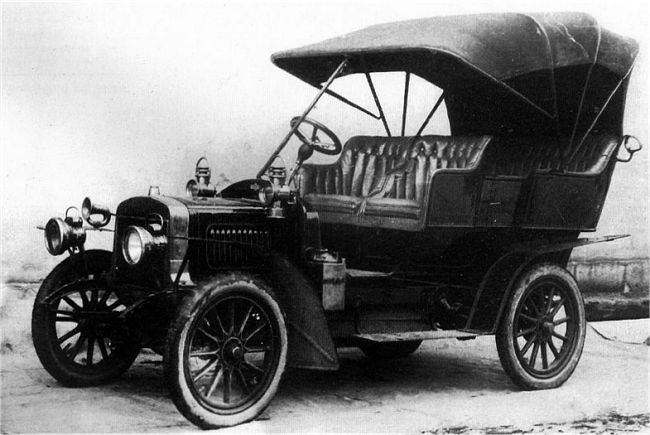 1906 Laurin & Klement B 8-9 HP, Rakousko-Uhersko (Čechy)
1906 Laurin & Klement B 8-9 HP, Rakousko-Uhersko (Čechy) 1907 Laurin & Klement B2 10-12 HP, Rakousko-Uhersko (Čechy)
1907 Laurin & Klement B2 10-12 HP, Rakousko-Uhersko (Čechy)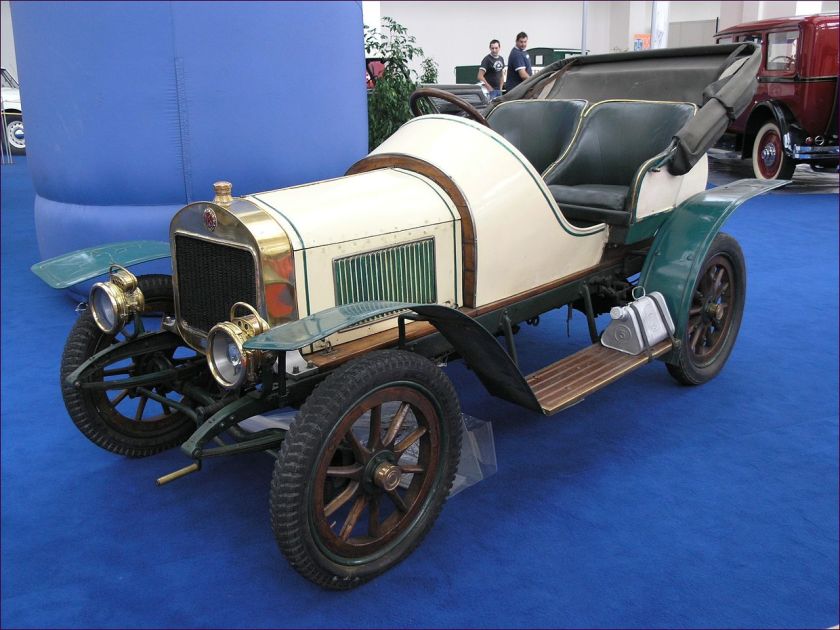
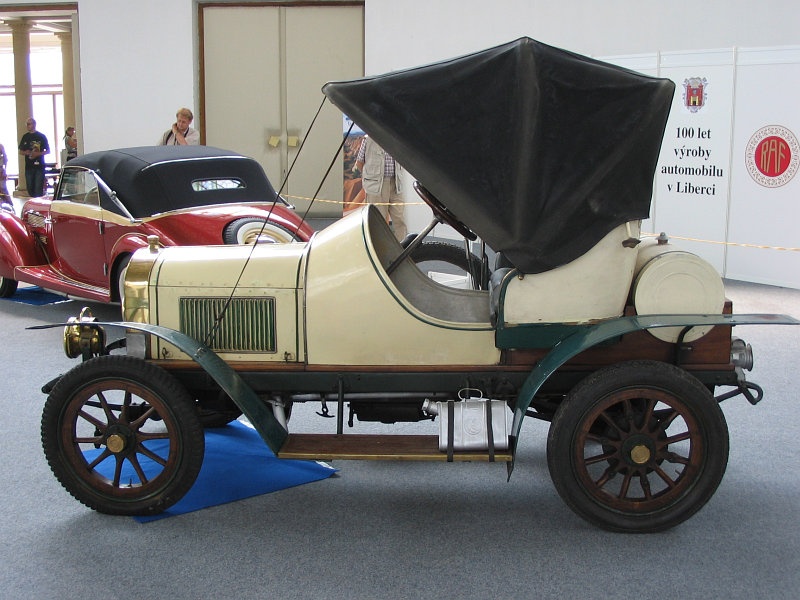
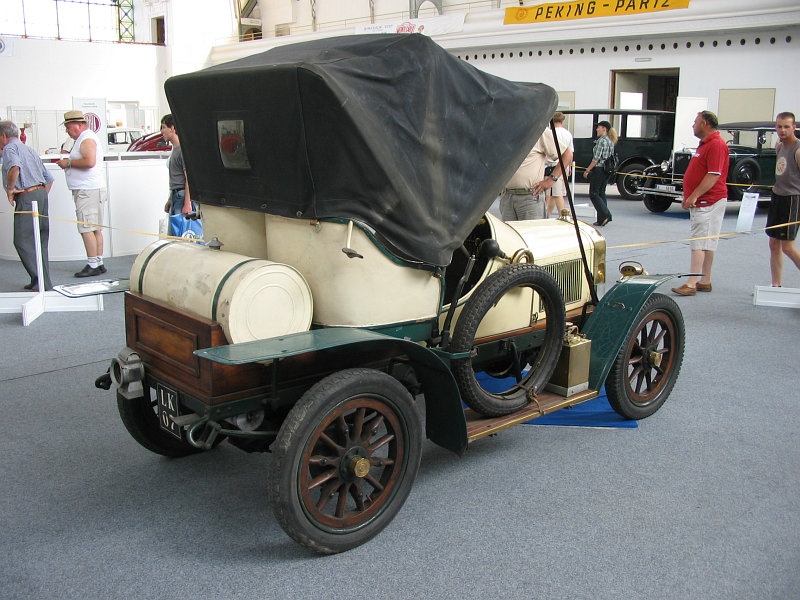
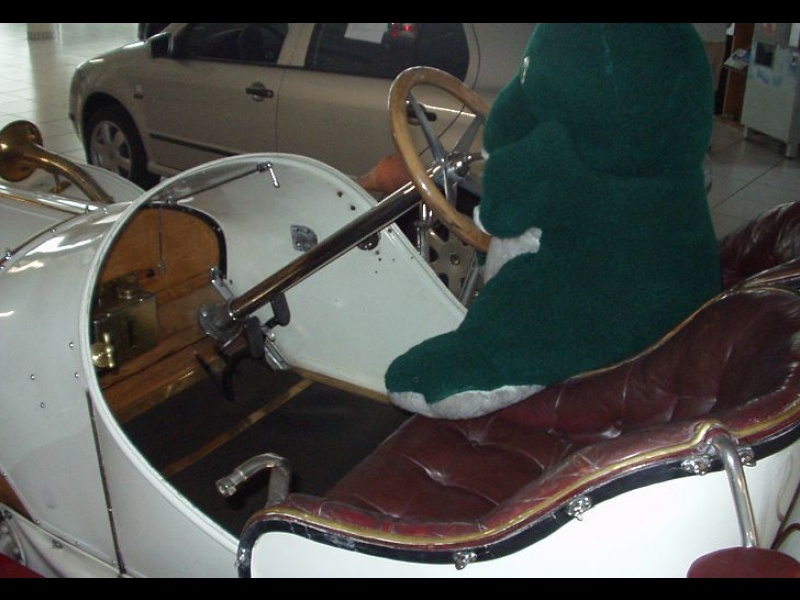
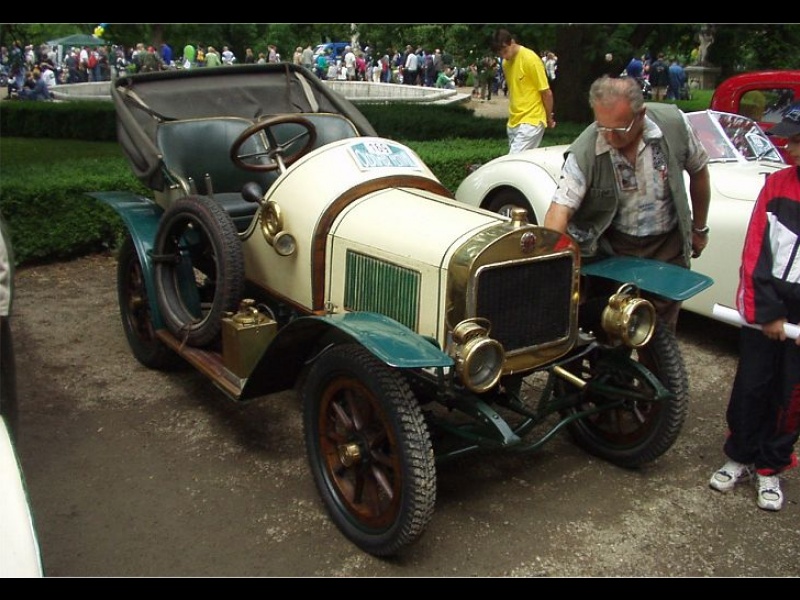 1908 Laurin & Klement BS
1908 Laurin & Klement BS 1908 Laurin & Klement FCS, Rakousko-Uhersko (Čechy)
1908 Laurin & Klement FCS, Rakousko-Uhersko (Čechy)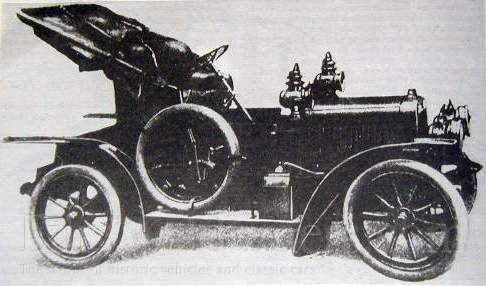
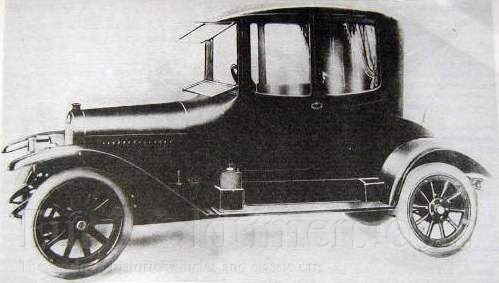
 1911 Laurin & Klement Sg landaulet
1911 Laurin & Klement Sg landaulet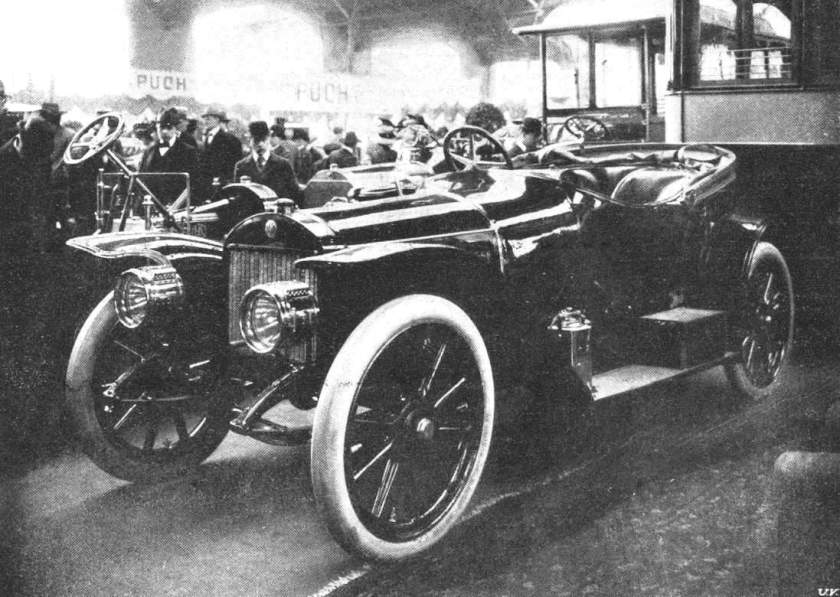 1911 Laurin & Klement Typ Sa
1911 Laurin & Klement Typ Sa 1911-24 Laurin & Klement S
1911-24 Laurin & Klement S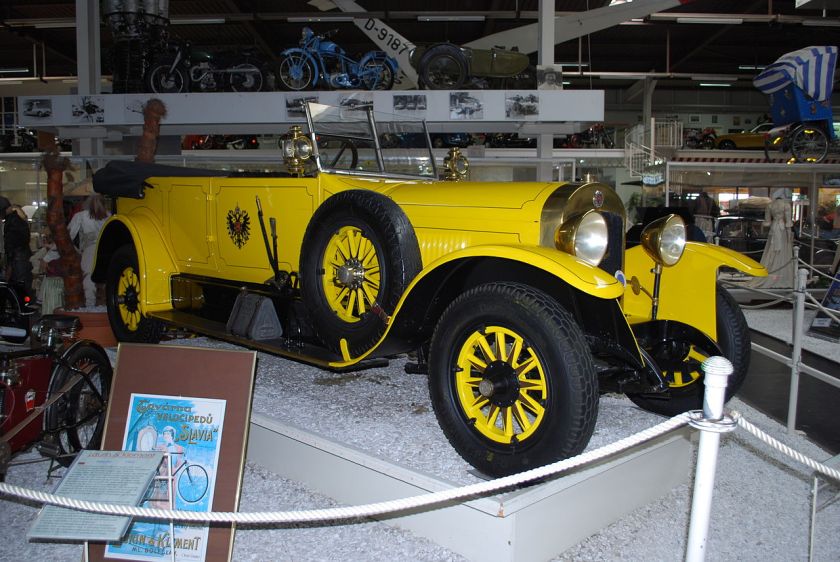 1912-16 Laurin & Klement RK
1912-16 Laurin & Klement RK